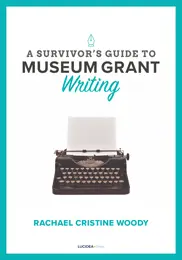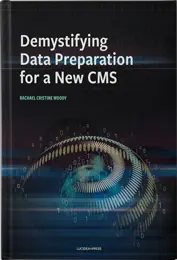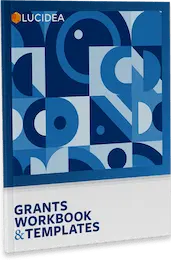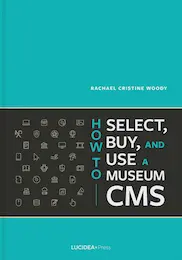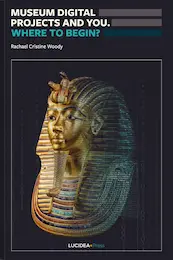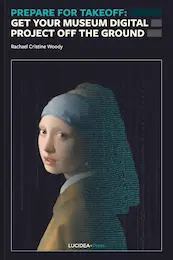
Rachael Cristine Woody
Rachael Cristine Woody is a guest author for Lucidea’s Think Clearly Blog. Rachael is the Owner of Rachael Cristine Consulting, and provides services to museums, libraries, and archives. Previously she was at the Freer|Sackler Museum of the Smithsonian Institution and the Oregon Wine History Archive at Linfield College. She is active in Northwest Archivists and the Society of American Archivists, and is an alumna of the Archives Leadership Institute, a National Historical Publications & Records Commission (NHPRC) program.
Webinar recordings
Rachael Woody Webinars
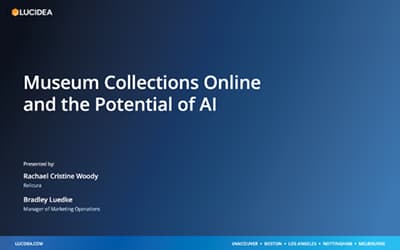
Museum Collections Online and the Potential of AI
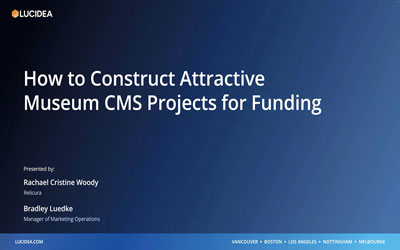
How to Construct Museum CMS Projects that Attract Funding
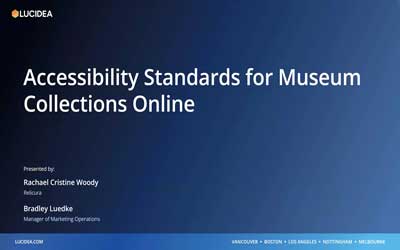
Accessibility Standards for Museum Collections Online
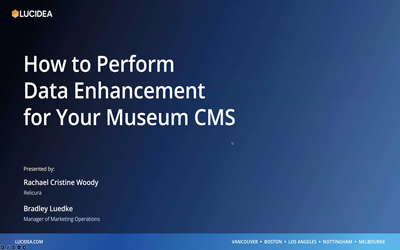
How to Perform Data Enhancement for Your Museum CMS

How to Incorporate Interns in Museum CMS Projects
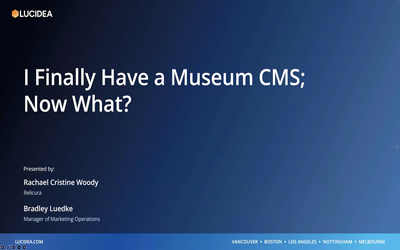
I Finally Have a Museum CMS; Now What?
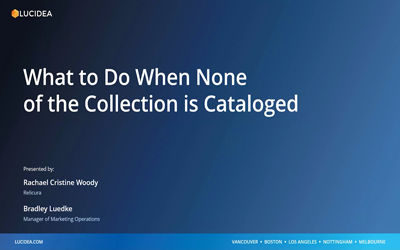
What to Do When Collection isn’t Cataloged
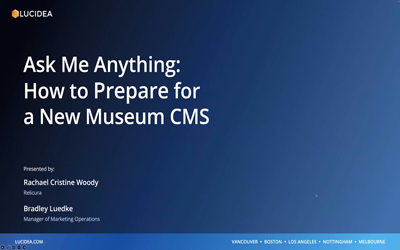
AMA: How to Prepare for a New CMS
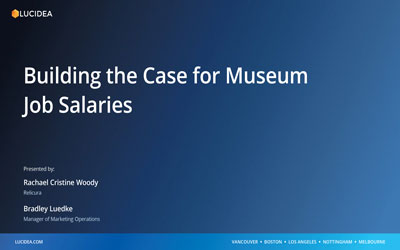
Building the Case for Museum Job Salaries
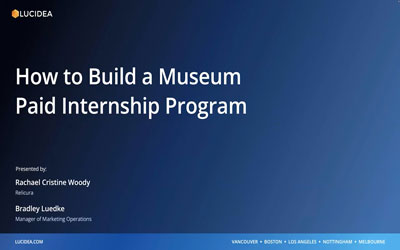
How to Build a Paid Intern Program
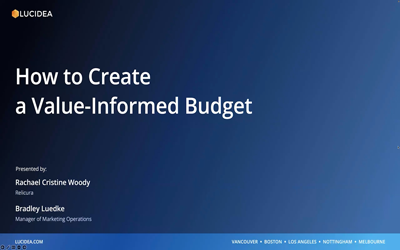
How to Create a Value-Informed Budget
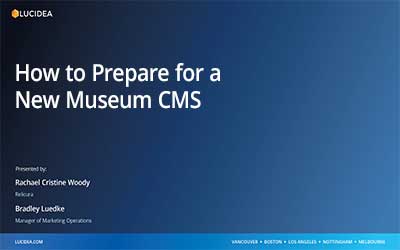
How to Prepare for a New Museum CMS
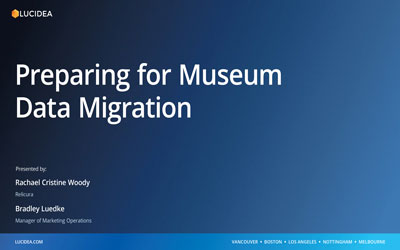
Preparing for Museum Data Migration
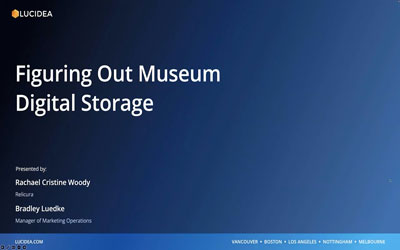
Figuring Out Museum Digital Storage
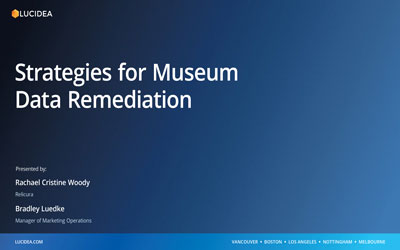
Strategies for Museum Data Remediation
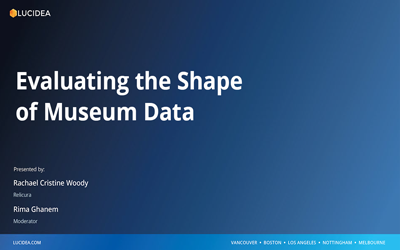
Evaluating the Shape of Museum Data
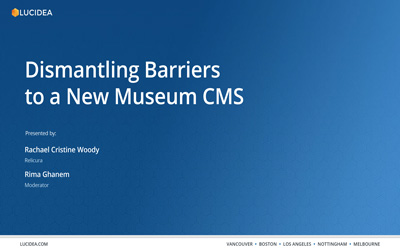
Dismantling Barriers to a New Museum CMS
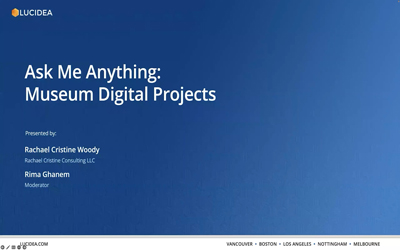
Ask Me Anything; Museum Digital Projects Webinar
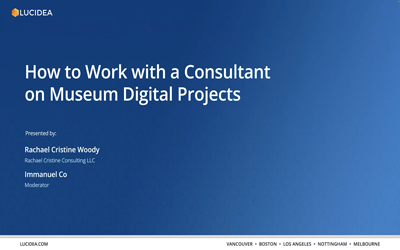
How to Work with a Consultant on Museum Digital Projects
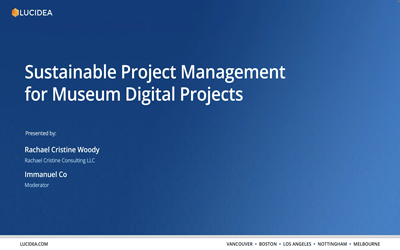
Sustainable Museum Digital Projects
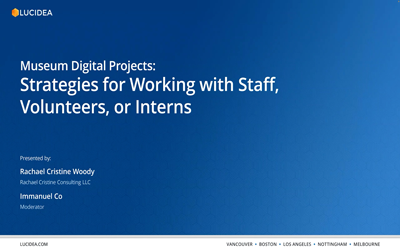
Digital Projects: Staff, Volunteers, or Interns
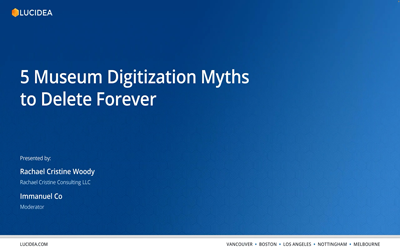
5 Museum Digitization Myths to Delete Forever!
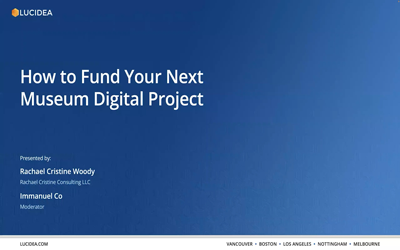
How to Fund Your Next Museum Digital Project
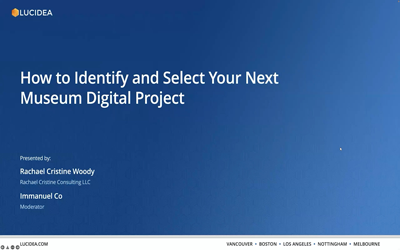
How to Identify and Select Your Next Museum Digital Project
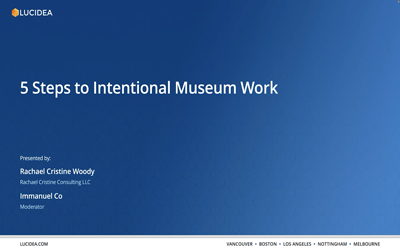
5 Steps to Intentional Museum Work
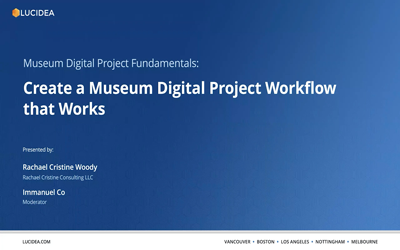
Create a Museum Digital Project Workflow that Works
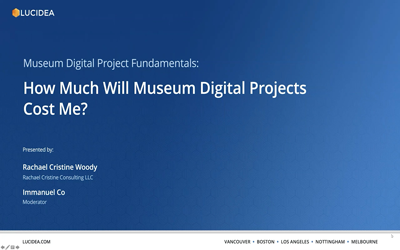
How Much Will Museum Digital Projects Cost Me?
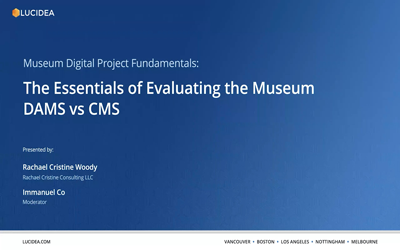
The Essentials of Evaluating Museum DAMS vs CMS
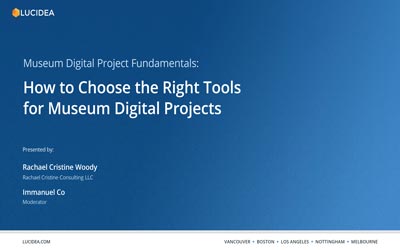
Choose the Right Tools for Museum Digital Projects
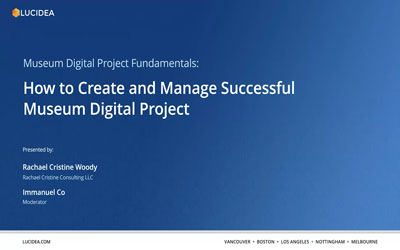
Creating a Successful Museum Digital Project

Museum Digital Project Success Factors
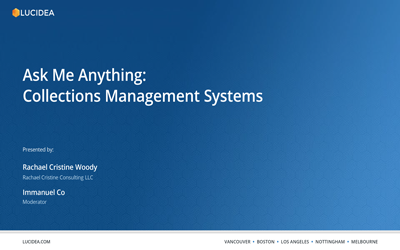
Ask an Expert Anything About a Museum CMS
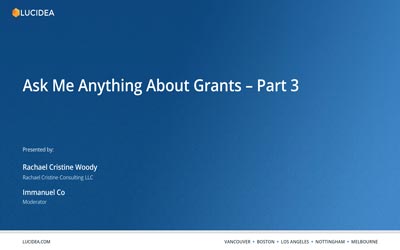
Ask Me Anything About Grants PART 3
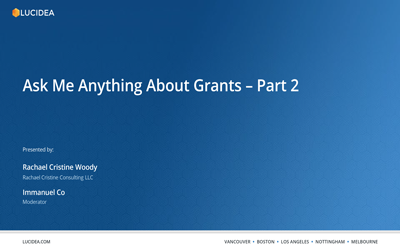
Ask Me Anything About Grants PART 2
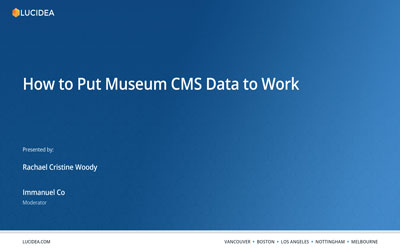
How to Put Museum CMS Data to Work
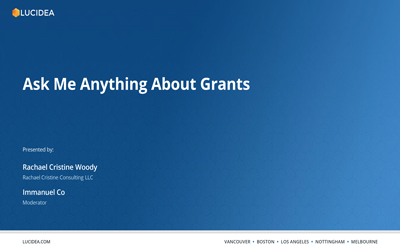
Ask Me Anything About Grants
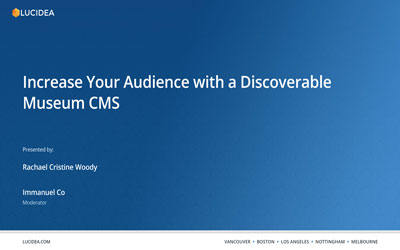
Increase Your Audience with a Discoverable Museum CMS
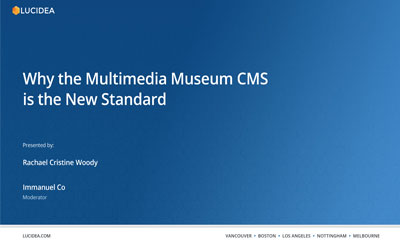
Why the Multimedia Museum CMS is the New Standard
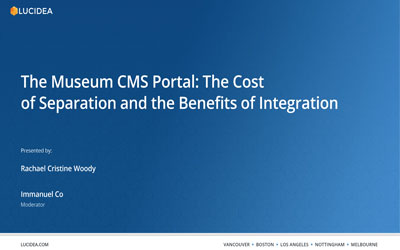
The Museum CMS Portal: Separation and Integration
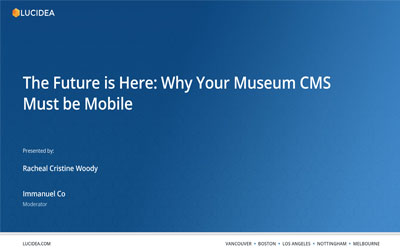
Why Your Museum CMS Must be Mobile
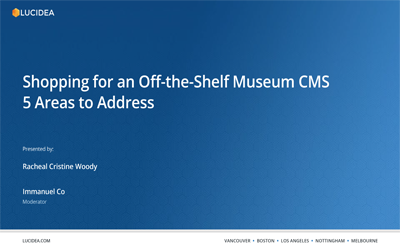
Shopping for an Off-the-Shelf Museum CMS
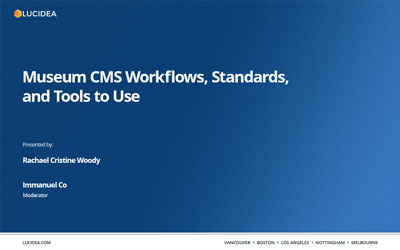
Museum CMS Workflows, Standards, and Tools to Use
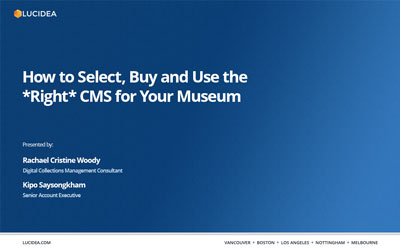
How to Select, Buy and use the Right CMS for Your Museum

6 Steps For Successful Museum CMS Implementation and Migration
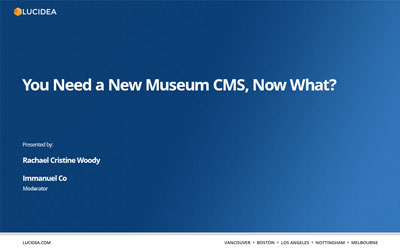
You Need a New Museum CMS, Now What?
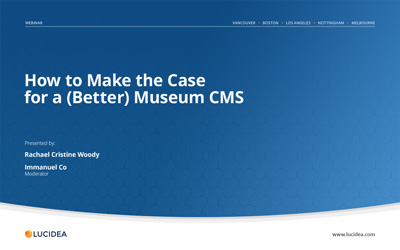
How to Make the Case for a (Better) Museum CMS

Museum Cultural Heritage Online Experiences
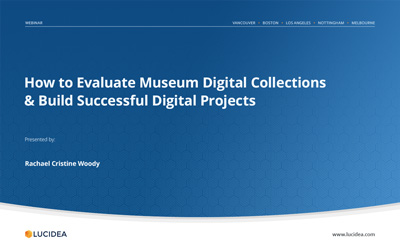
How to Evaluate Museum Digital Collections & Build Successful Digital Projects
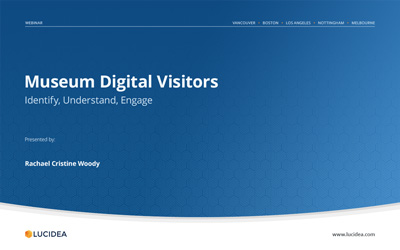
Museum Digital Visitors: Identify, Understand, Engage
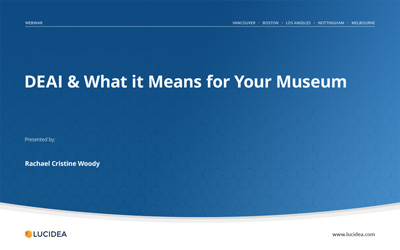
DEAI and What it Means for Your Museum
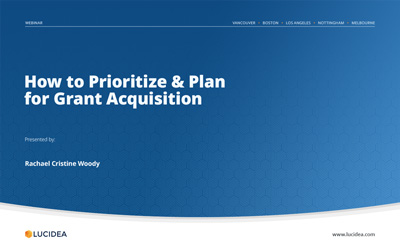
Prioritize and Plan for Museum Grant Acquisition
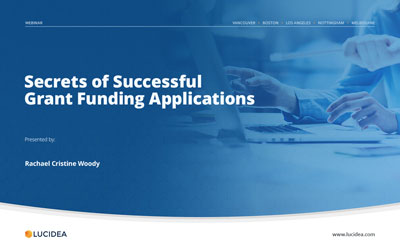
Secrets of Successful Grant Funding Applications
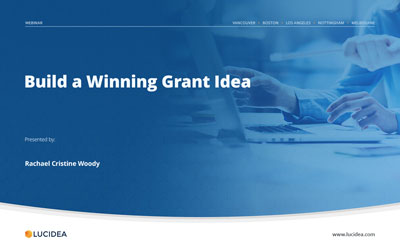
Build a Winning Grant Idea
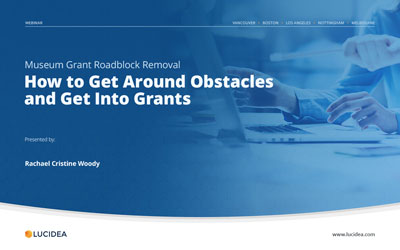
Museum Grant Roadblock Removal: How to Get Around Obstacles and Get Into Grants
Blog posts
Rachael Cristine Woody

How to Enhance Museum Collections Online with New Information
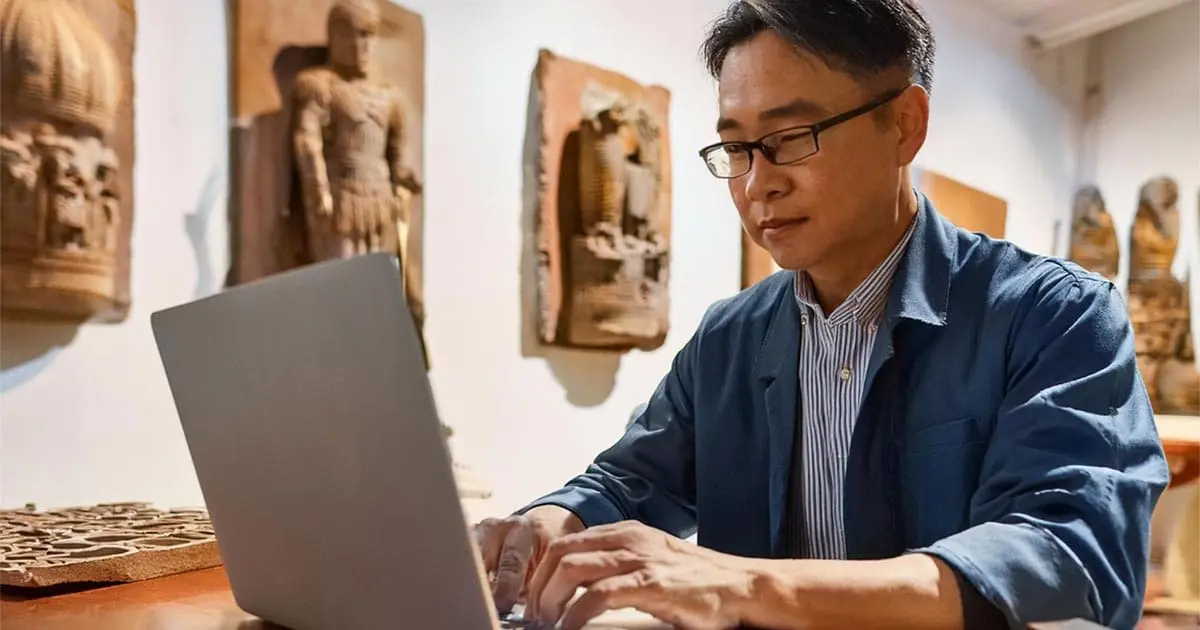
How to Enhance the Museum Object Record with Immediately Available Information
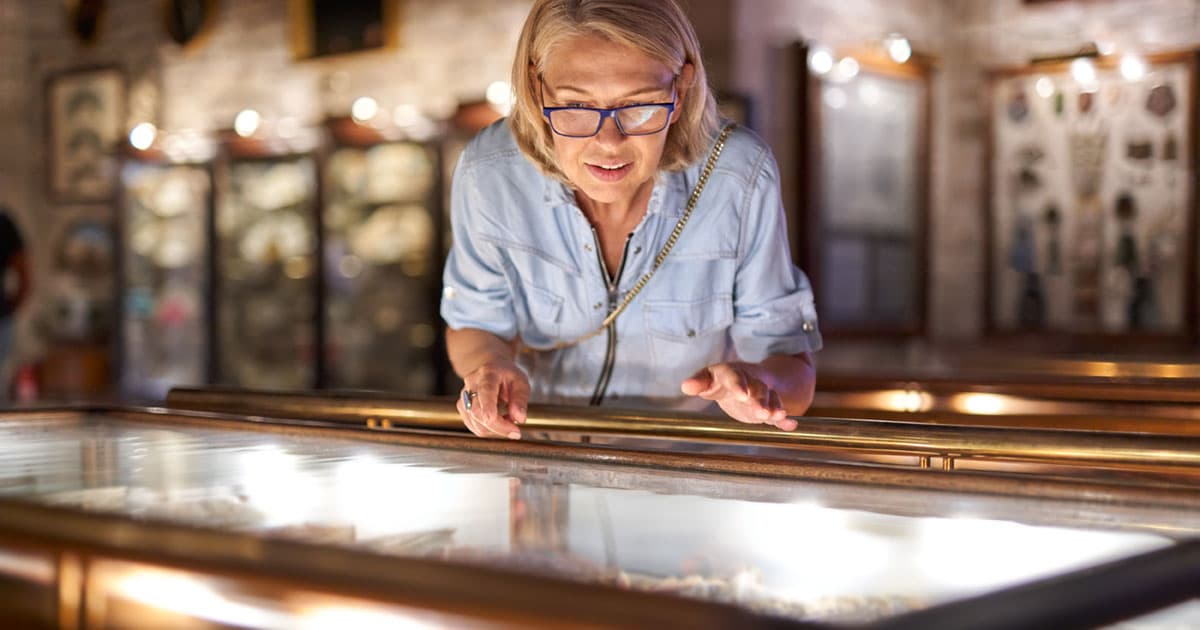
Where the Gaps Live with Traditional Museum Object Cataloging
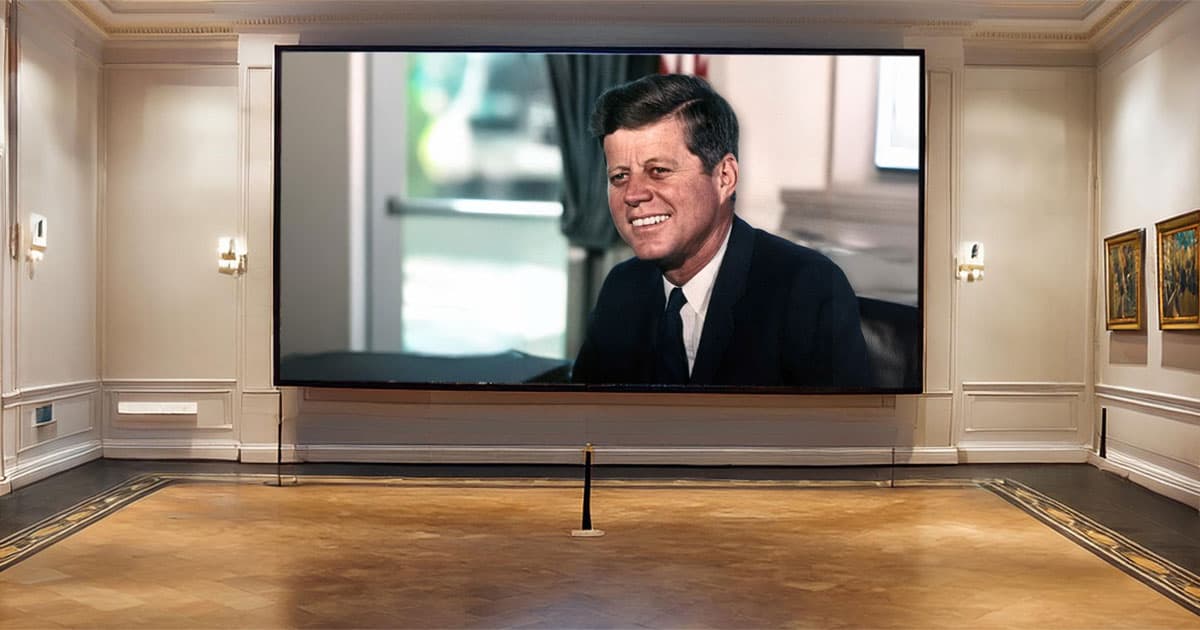
Considering AI as an Empathy Generator in Museum Spaces
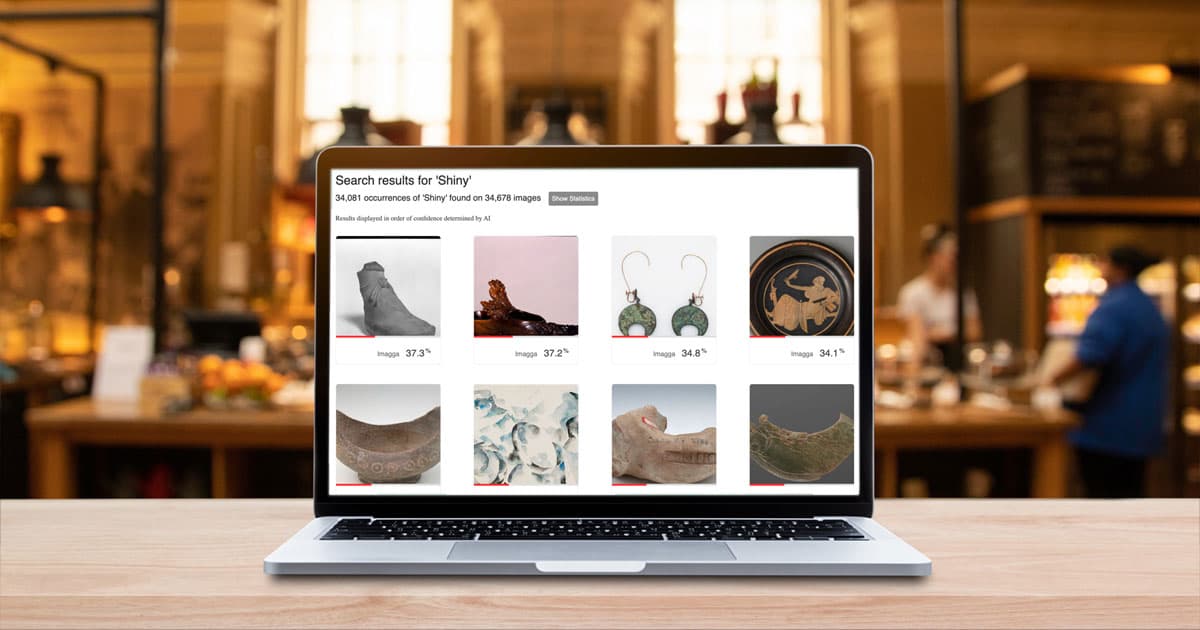
The Application of AI for Museum Collections Online

AI Application to Museum Exhibitions

What Does AI Mean to Museums?

How to Determine the Best Funding Match for Your Museum CMS Project

Application Information that Makes a Museum CMS Project Attractive
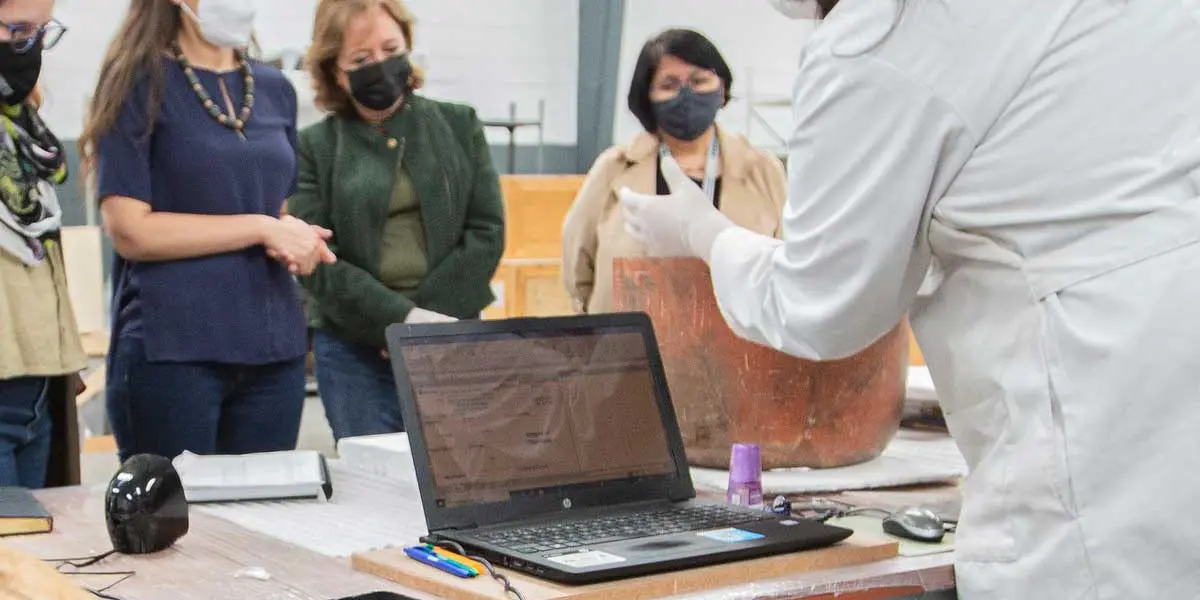
What Funders Look for in Museum CMS Projects

How to Identify Potential Museum CMS Projects for Funding
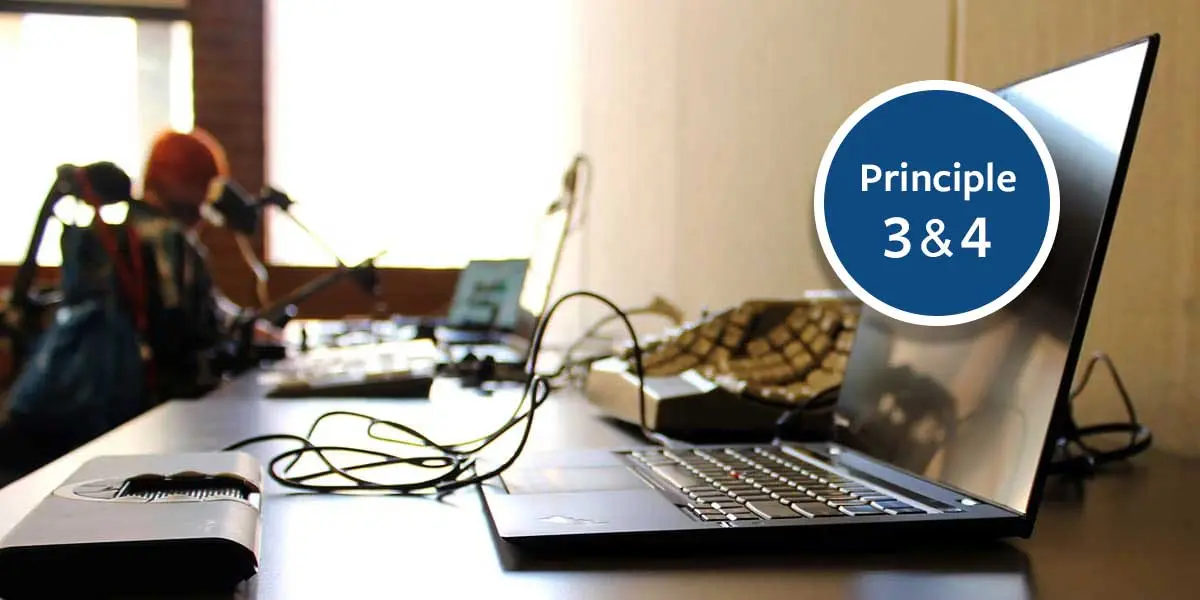
Museum Collections Online with Accessibility Principles 3 and 4: Understandable and Robust

Museum Collections Online with Accessibility Principle 2: Operable
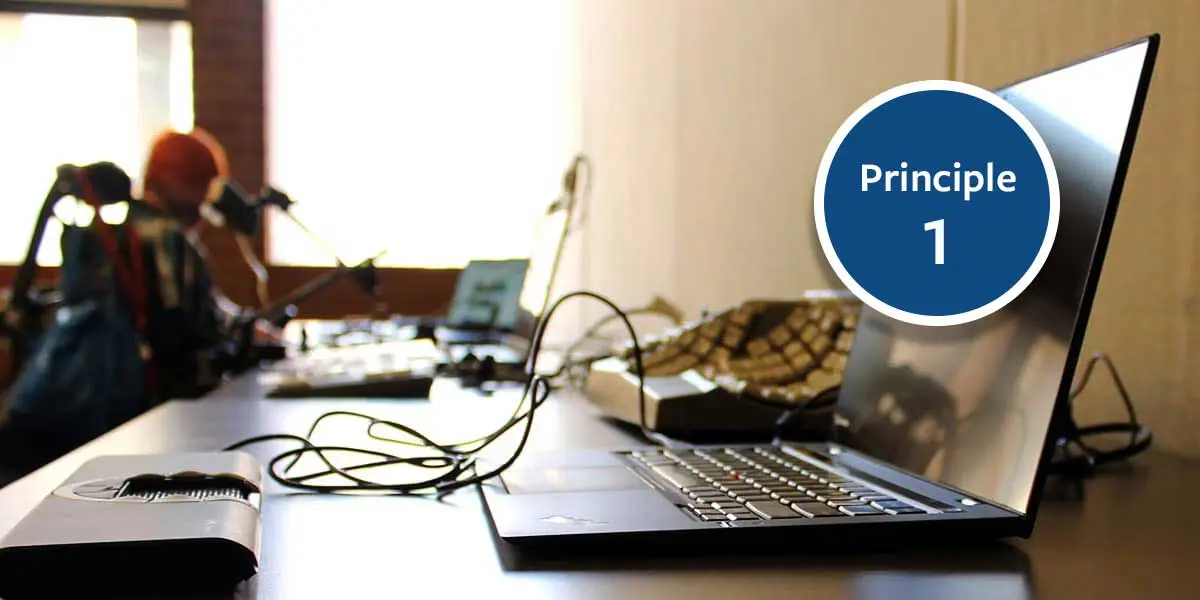
Museum Collections Online with Accessibility Principle 1: Perceivable
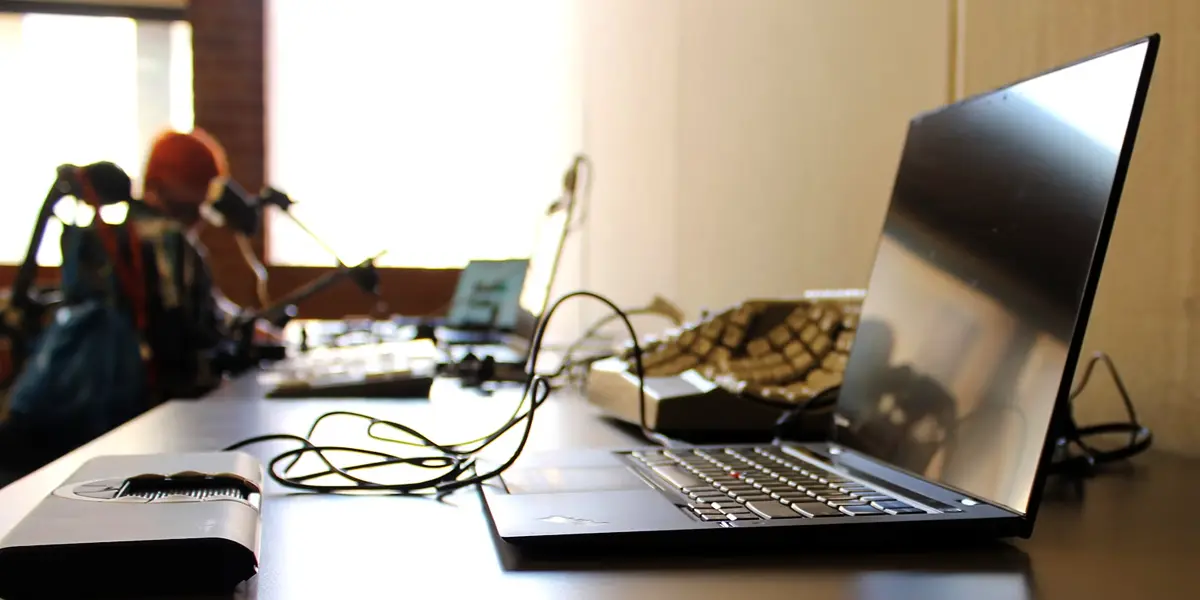
Accessibility Standards for Museum Collections Online
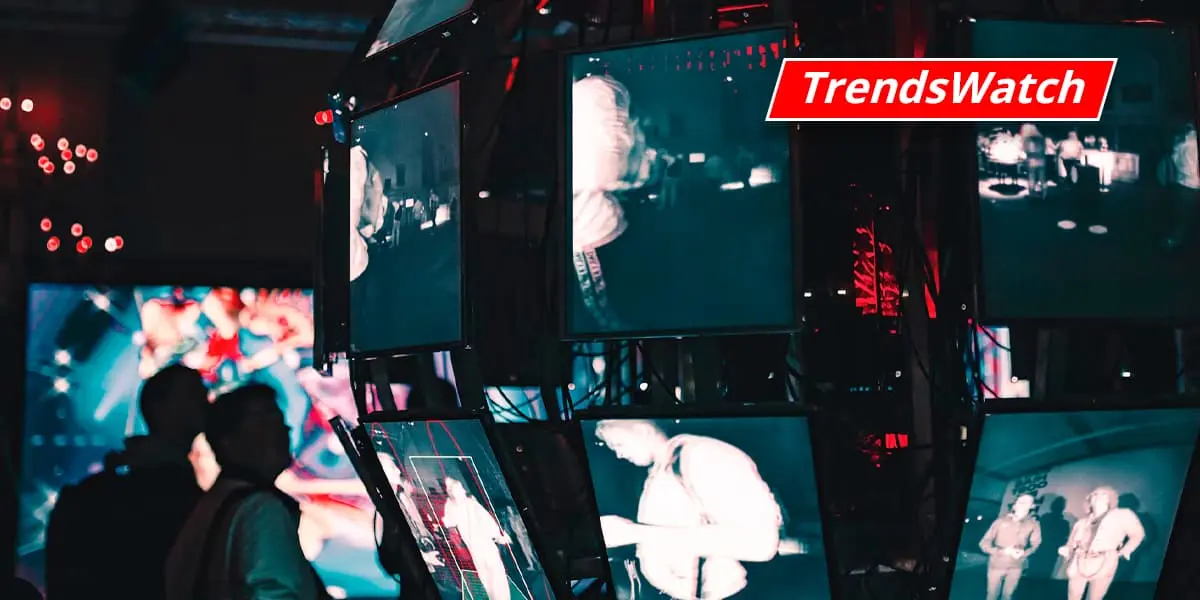
Museum TrendsWatch 2024: Digital Twins and Doom Loops & Combatting the Loneliness Crisis
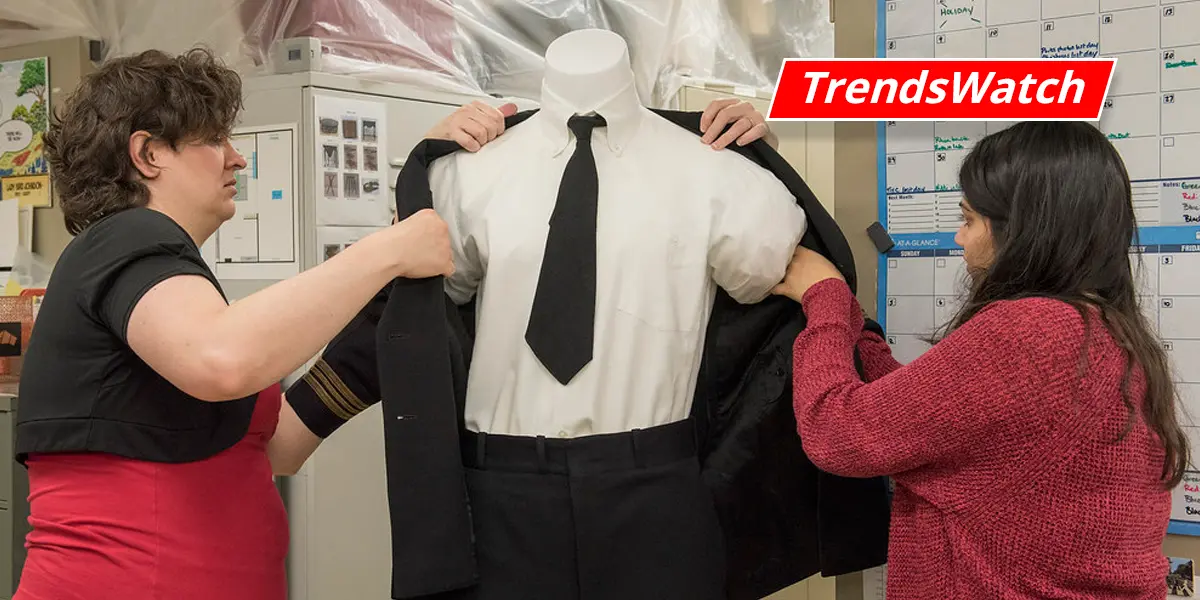
Museum TrendsWatch 2024: Short Take: Dropping the Degree
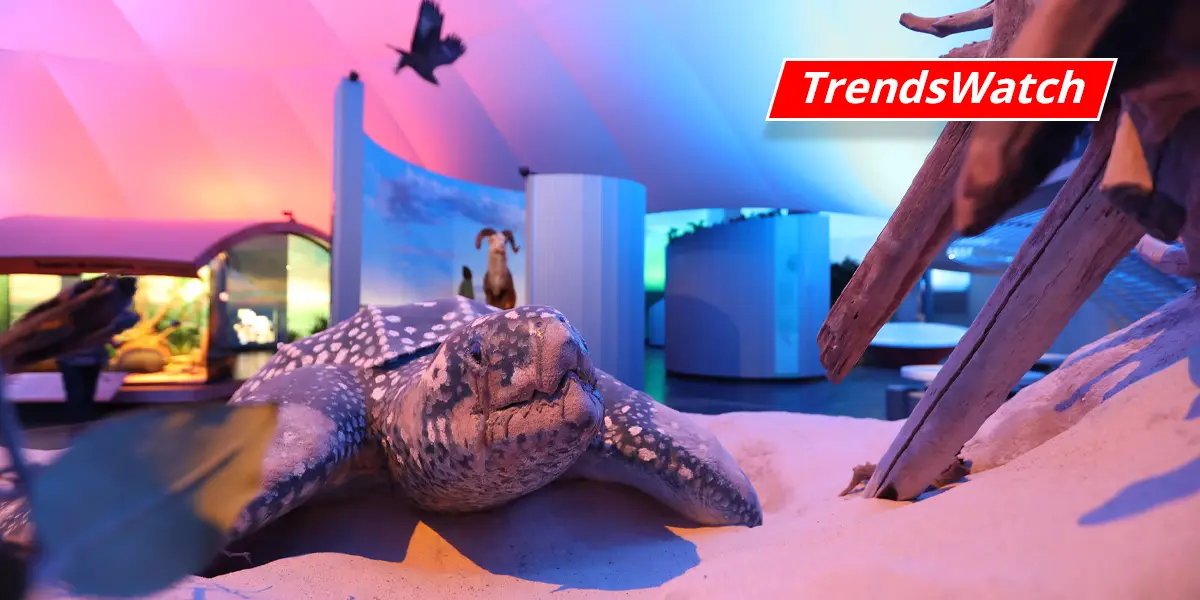
Museum TrendsWatch 2024: Trend 3, Decarbonizing the Future
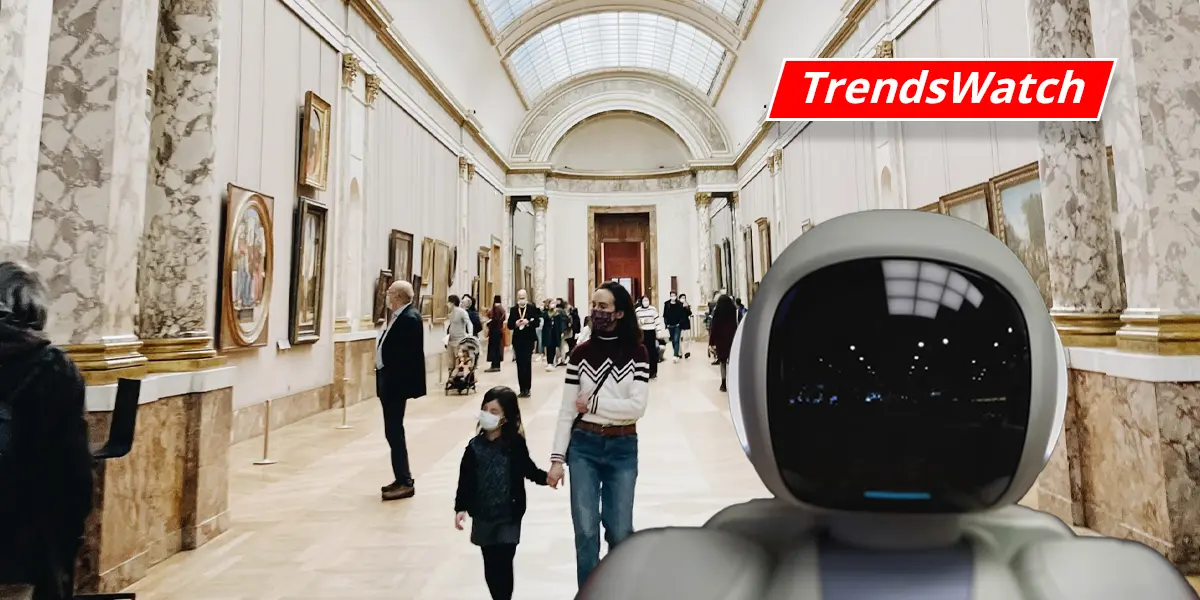
Museum TrendsWatch 2024:
AI Adolescence in Museums
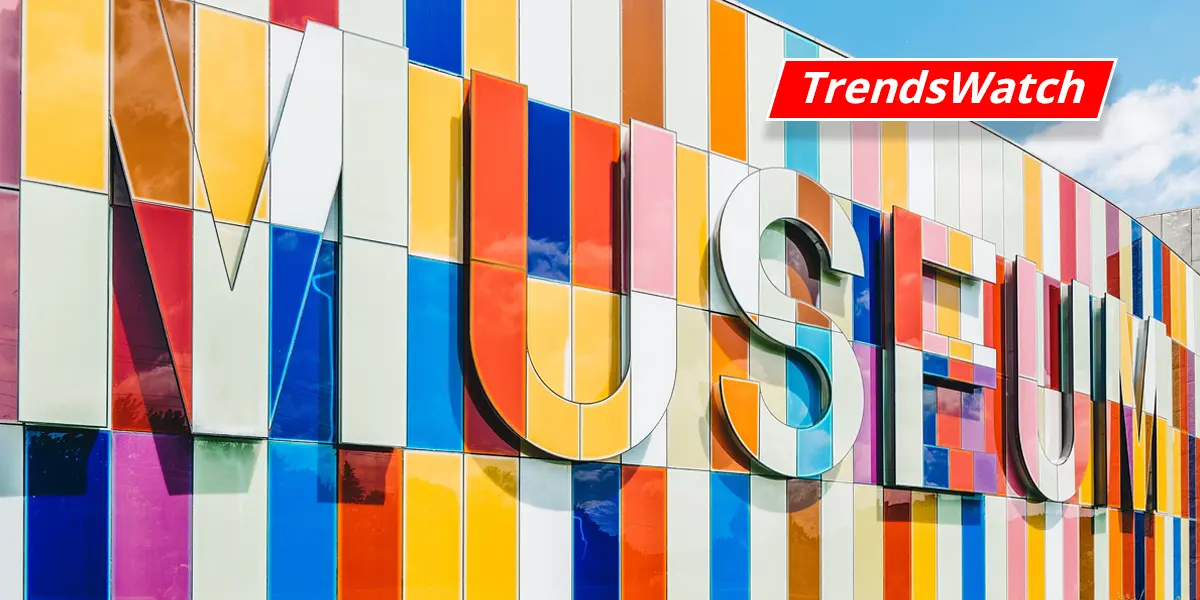
Museum TrendsWatch 2024: Culture Wars 2.0
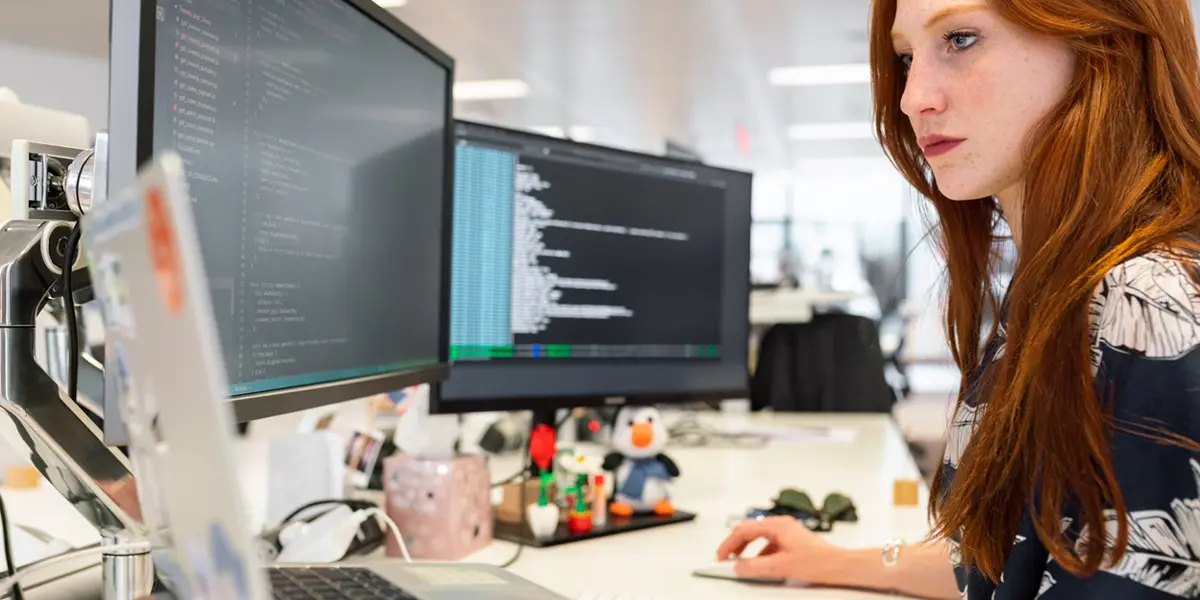
How to Perform Museum CMS Data Enhancement

How to Create a Plan for Museum CMS Data Enhancement

How to Assess Museum CMS Data for Enhancement Opportunities

An Overview of Common CMS Data Areas to Enhance


What Does Museum Data Enhancement Mean?
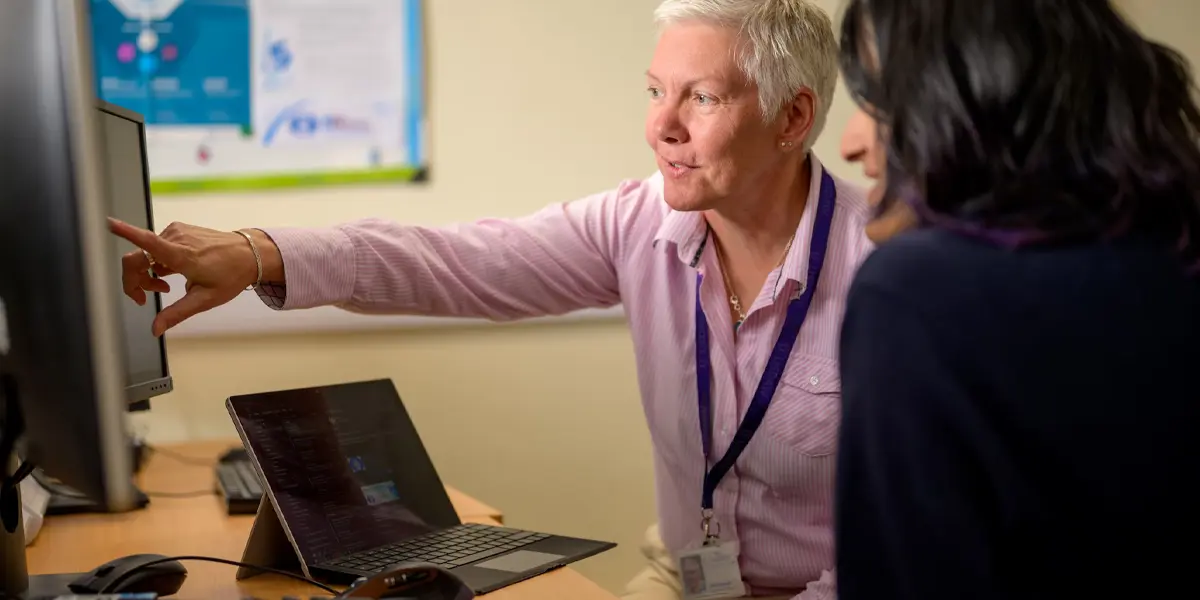
How to Incorporate Interns in Museum CMS Projects: Data Cleanup and Refinement

How to Incorporate Interns in Museum CMS Projects: Data Creation

How to Incorporate Interns in Museum CMS Projects: Data Capture
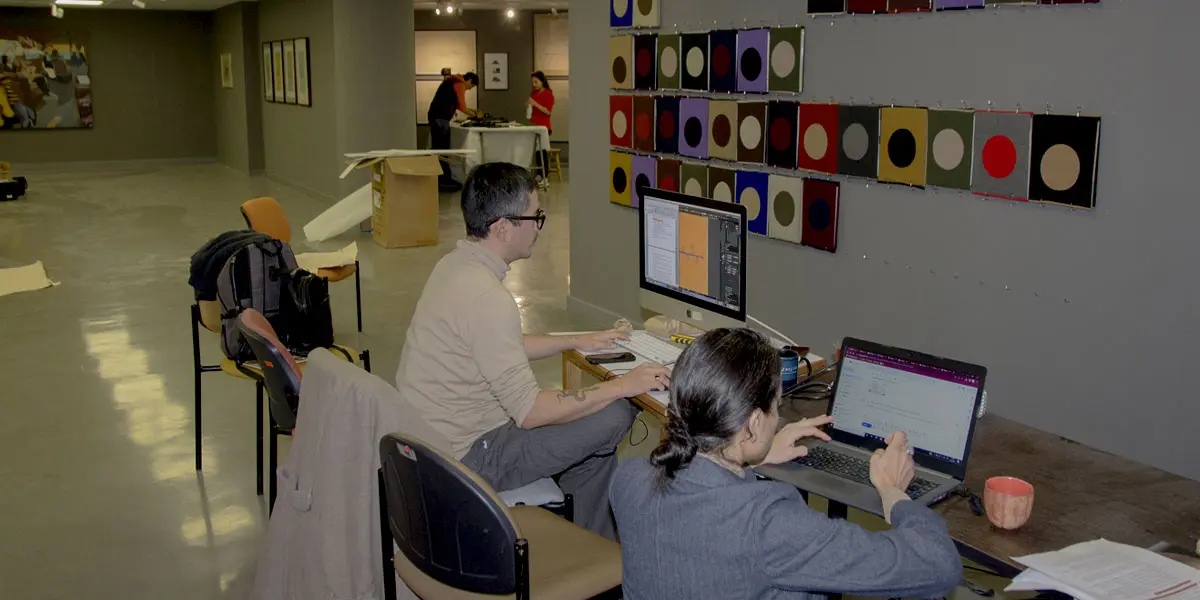
How to Incorporate Interns in Museum CMS Projects

Create a Start-to-Finish Process for Cataloging Objects in the Museum CMS

Determine the Most Effective Way to Capture Data for the Museum CMS

Determine How to Most Effectively Get New Data into the Museum CMS

You and Your First Museum CMS: What to Do First

How to Batch Process Cataloging Museum Objects

How to Prioritize Which Museum Objects are Cataloged First

Building a Strategy to Catalog an Entire Museum Collection
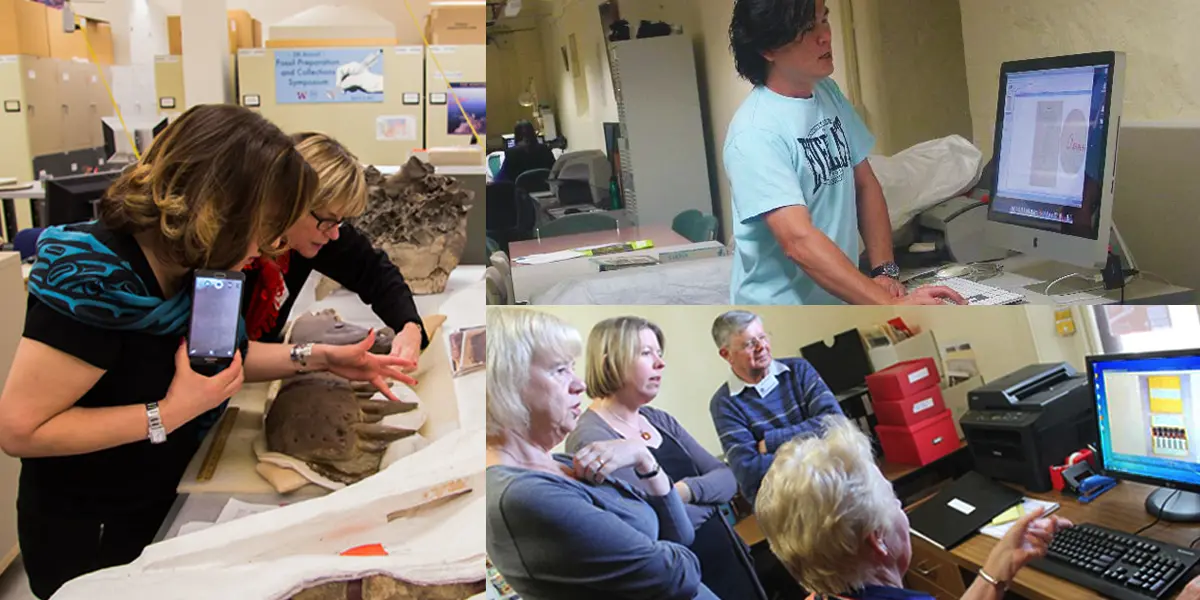
Things to Consider When Nothing in Your Museum’s Collection is Cataloged
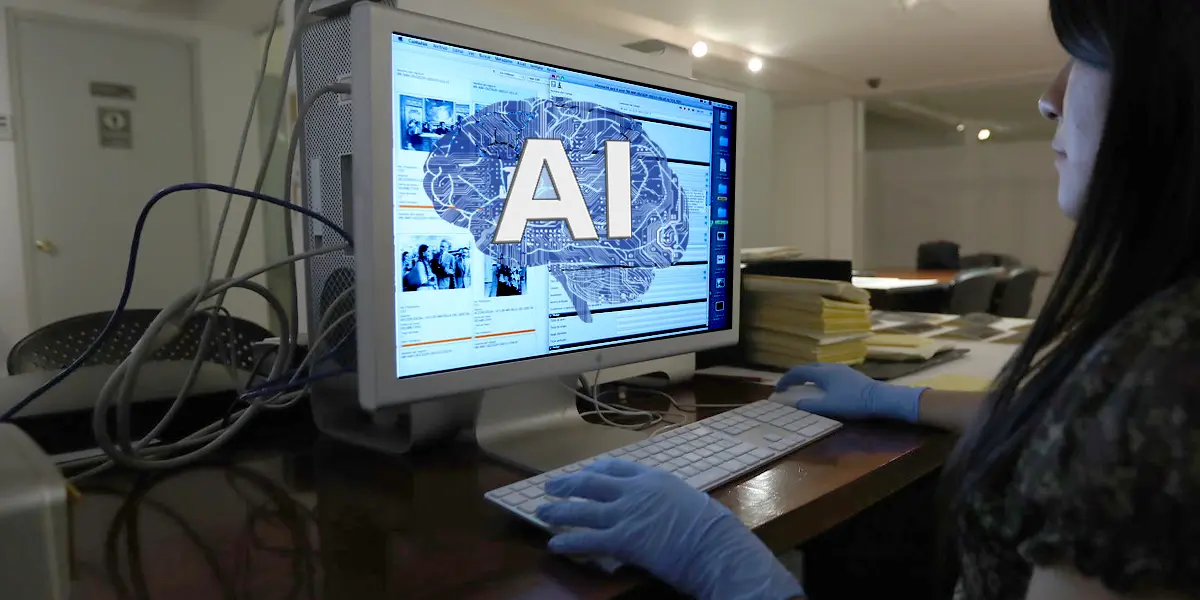
Ask Me Anything (AMA): The Impact of AI on CMS Data Creation and Enhancement
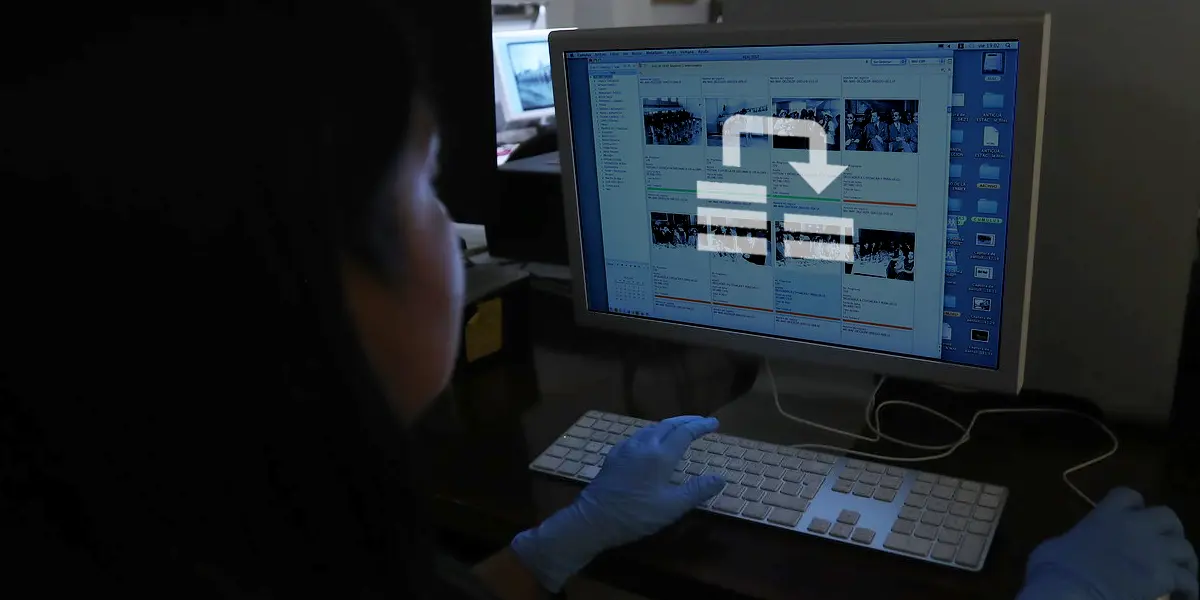
Ask Me Anything (AMA): How to Migrate Data into a New Museum CMS

Ask Me Anything (AMA): How to Conduct Efficient Data Cleanup
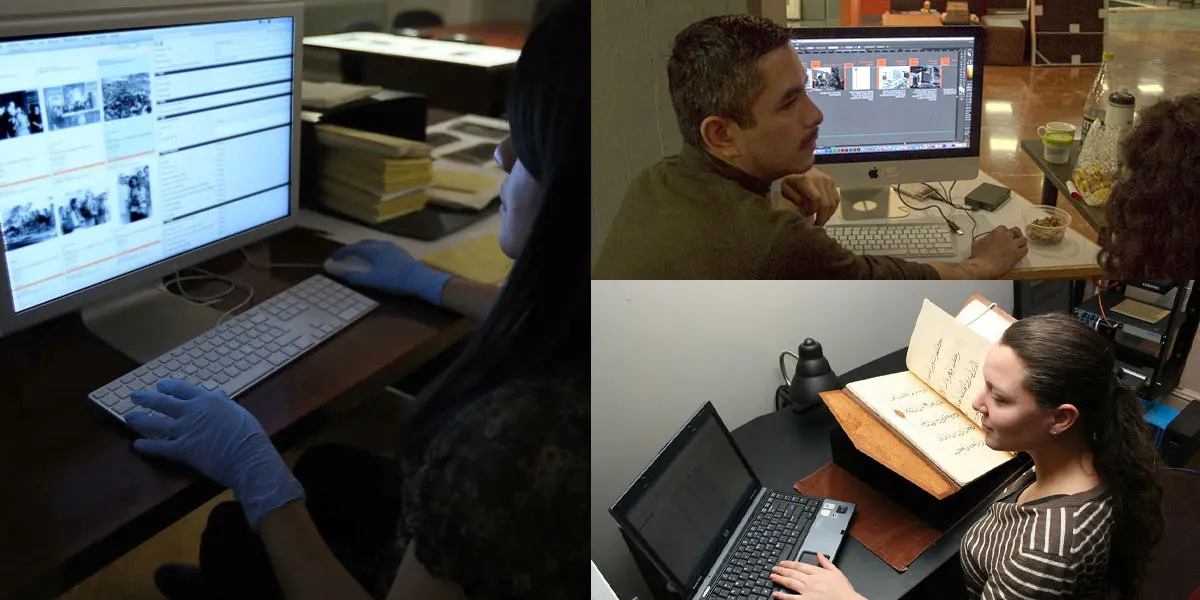
Ask Me Anything (AMA): How to Prepare for a New CMS — Where do you begin?
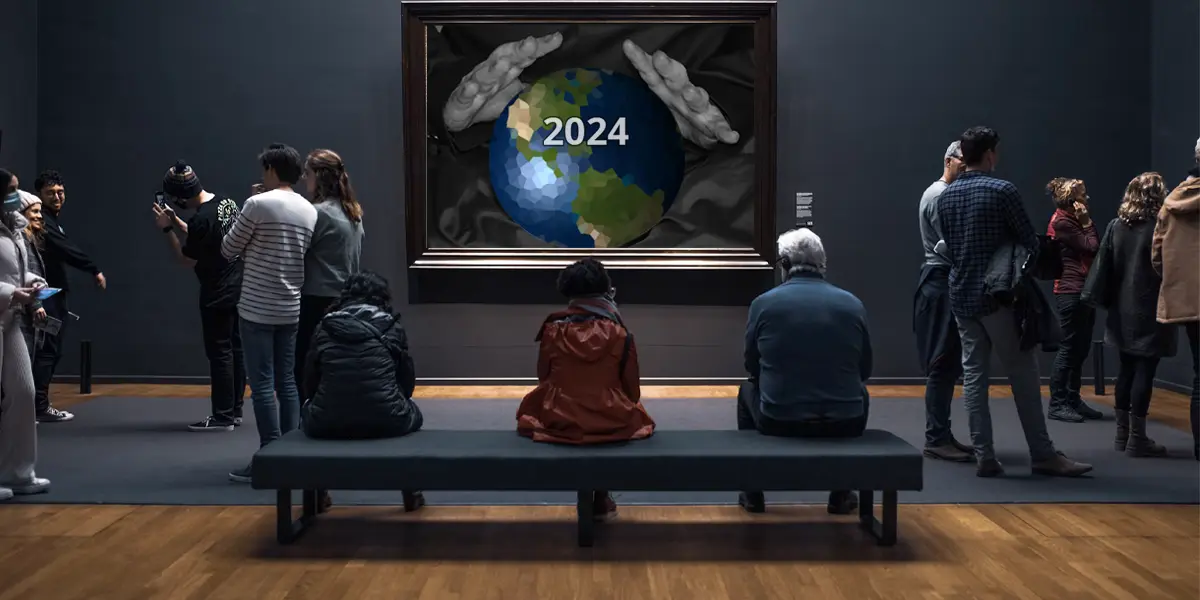
Museum Forecast 2024
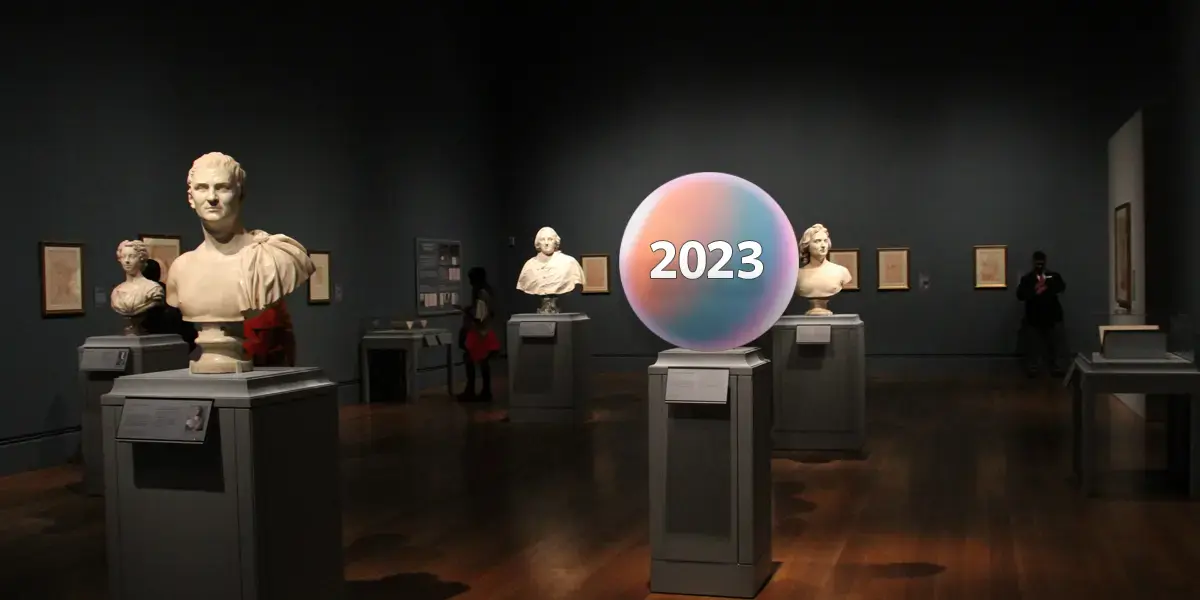
A Year in Review: An Assessment of the 2023 Museum Forecast
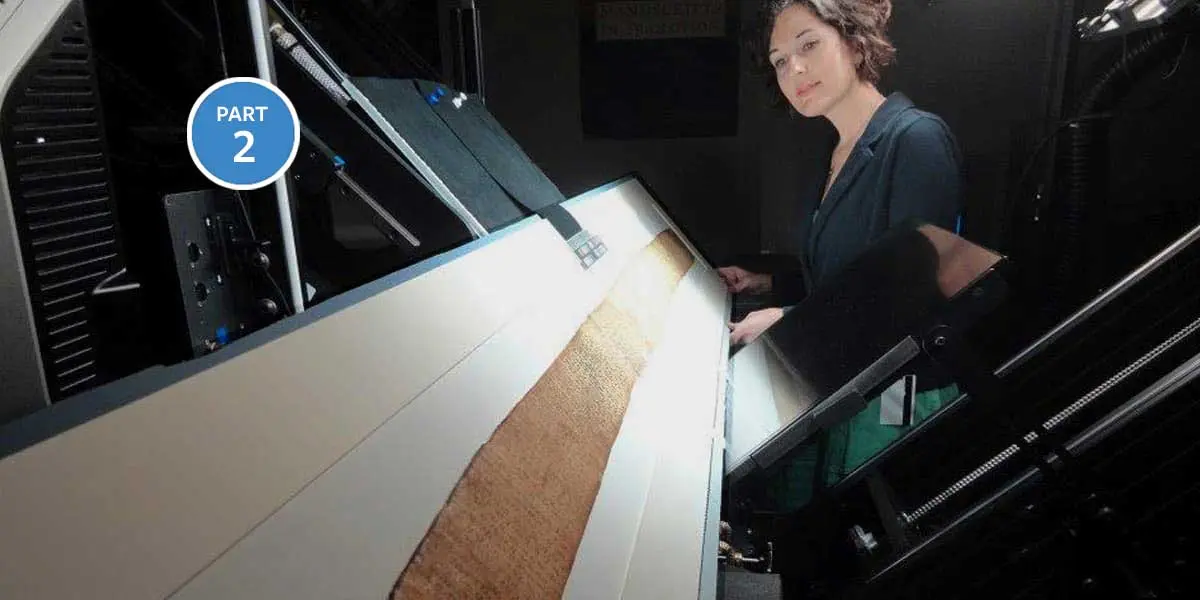
Museum Digital Projects: Capacity & Expectation Setting
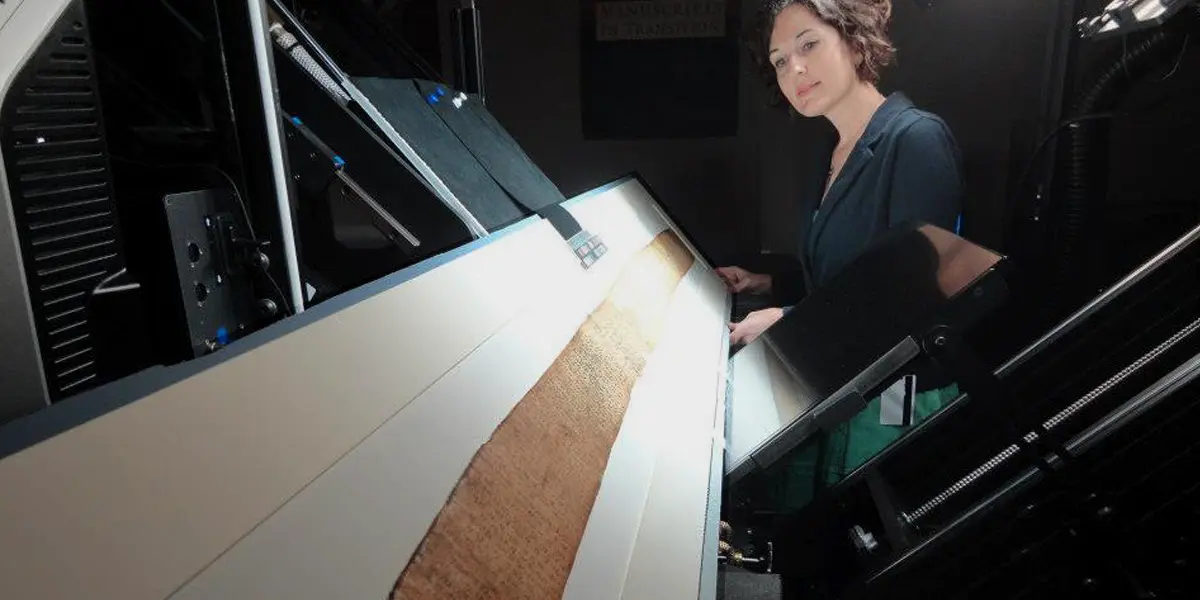
Museum Digital Projects: Cost

How to Build the Case for Museum Job Salaries
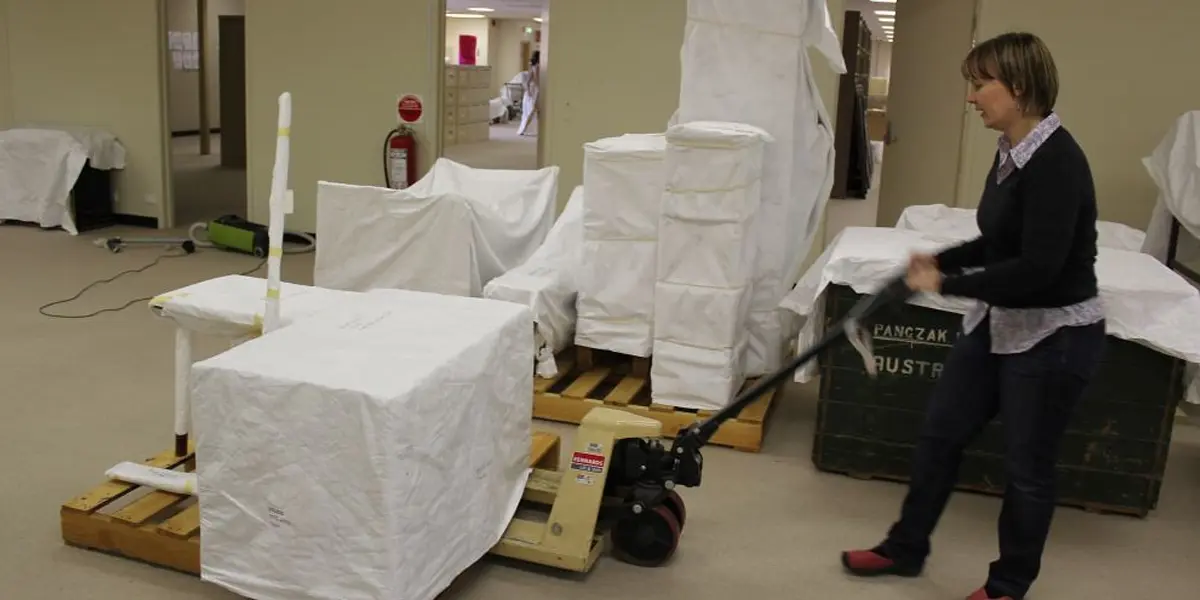
Examples for How to Calculate Museum Job Salaries Accurately
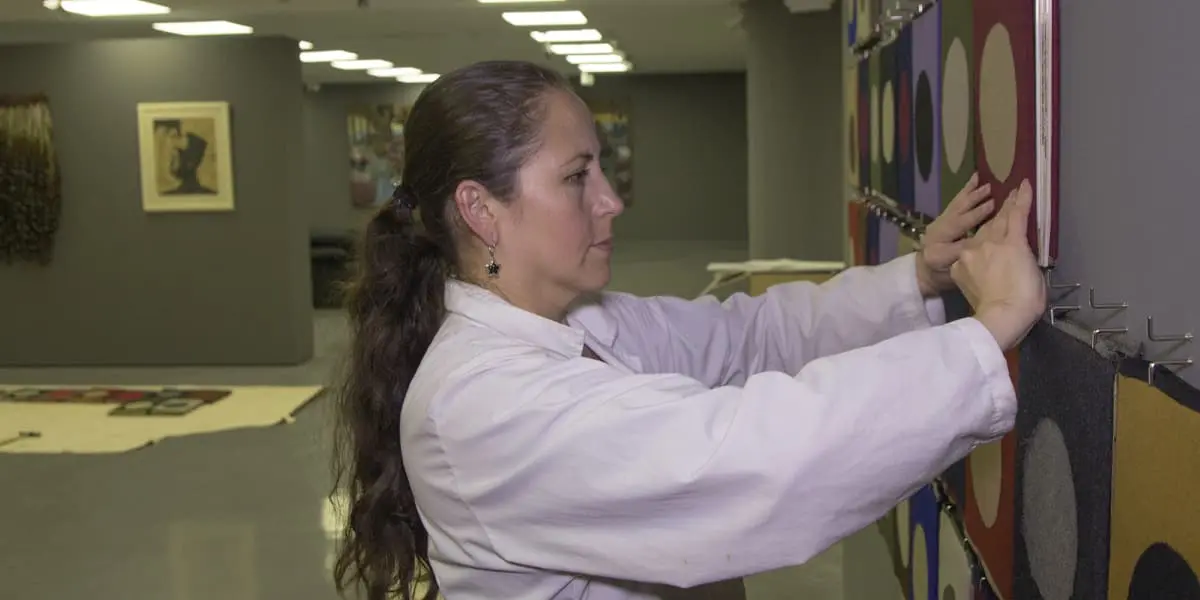
How to Calculate Museum Job Salaries Accurately
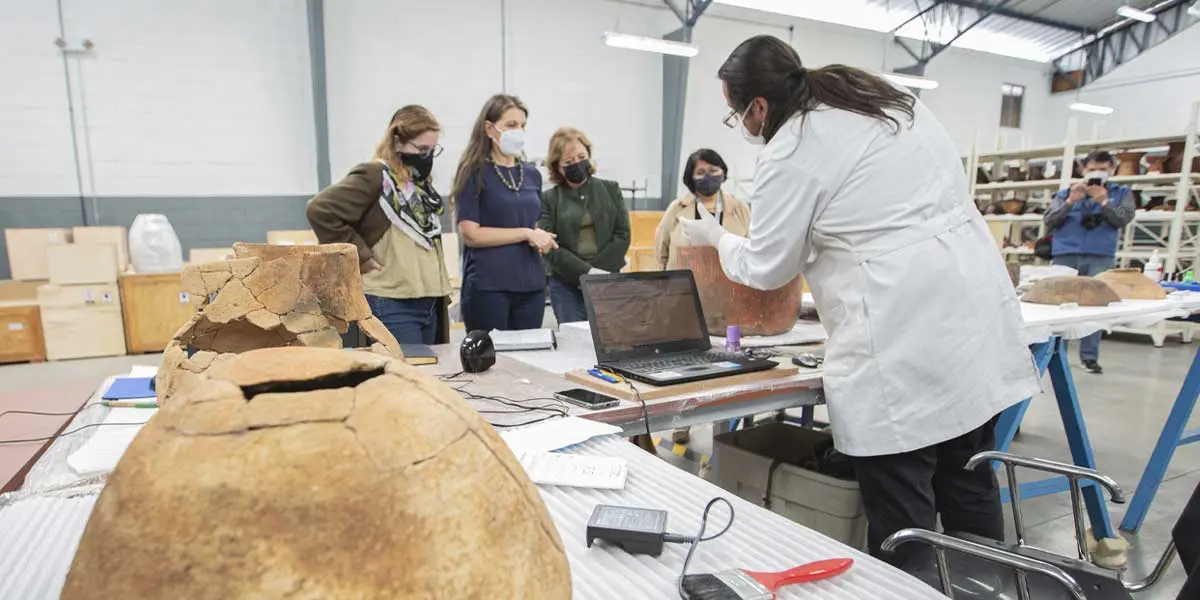
What Information to Gather for Museum Job Salaries
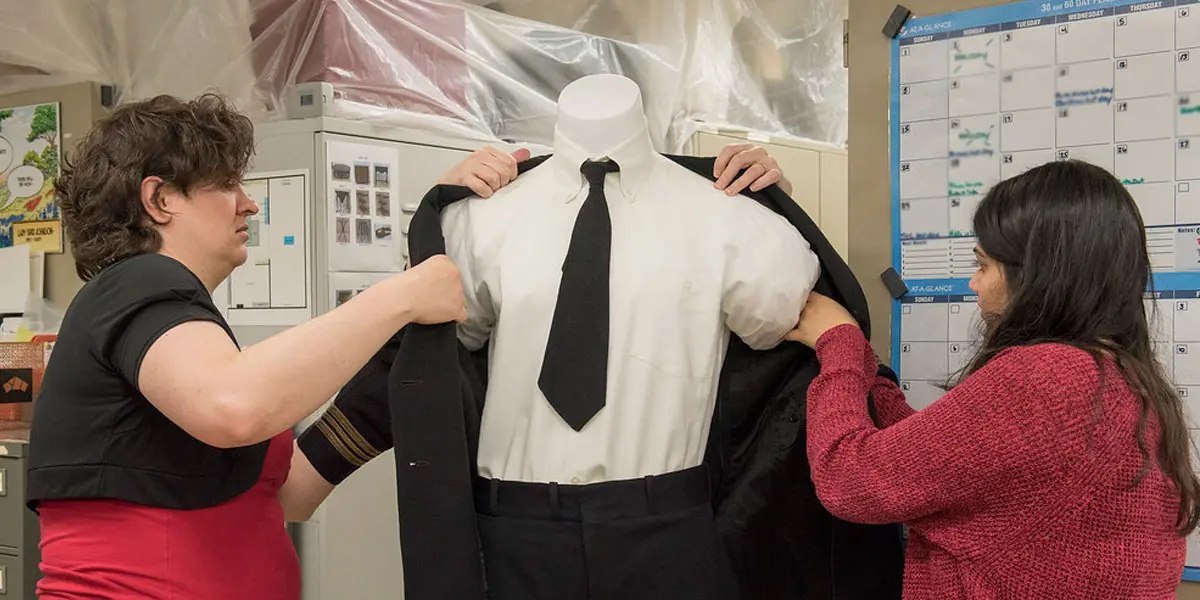
Preferred Resources to Consult for Museum Job Salaries
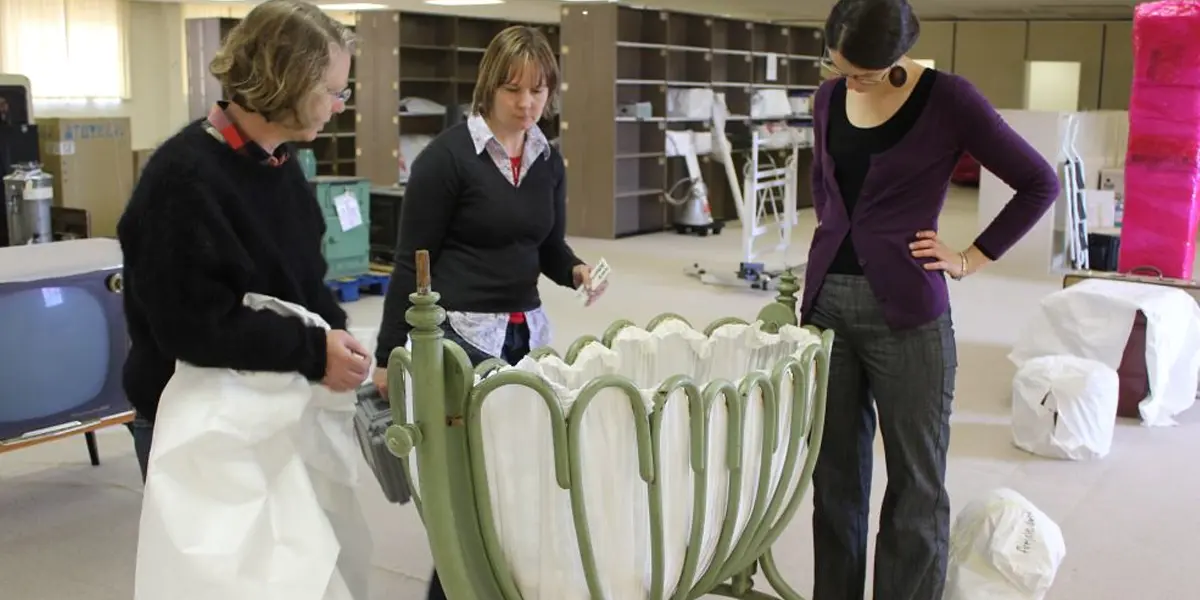
How to Fund a Museum Paid Internship
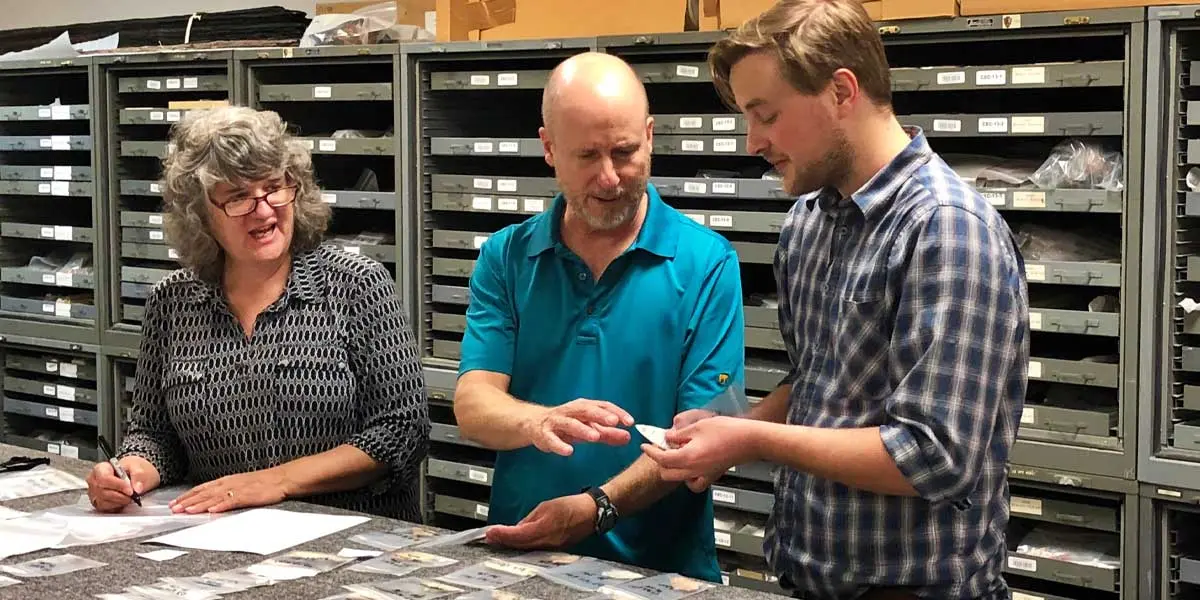
How Much Should You Pay a Museum Intern?

How to Create a Meaningful Internship Experience
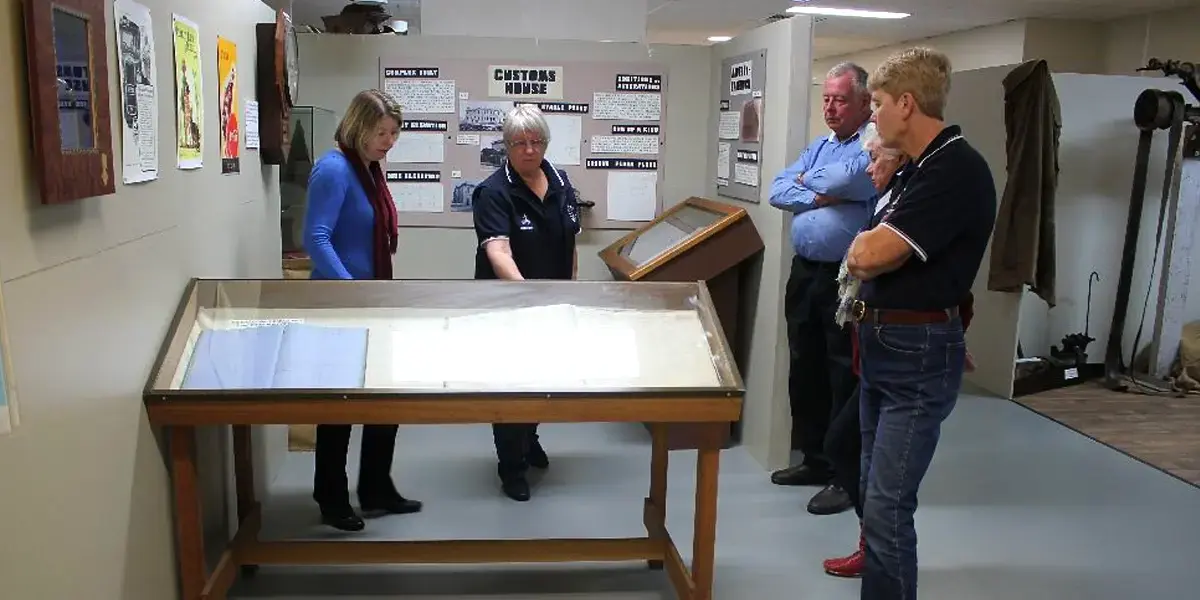
Why Do Museum Internships Need to be Paid?

How to Influence the Museum Budget
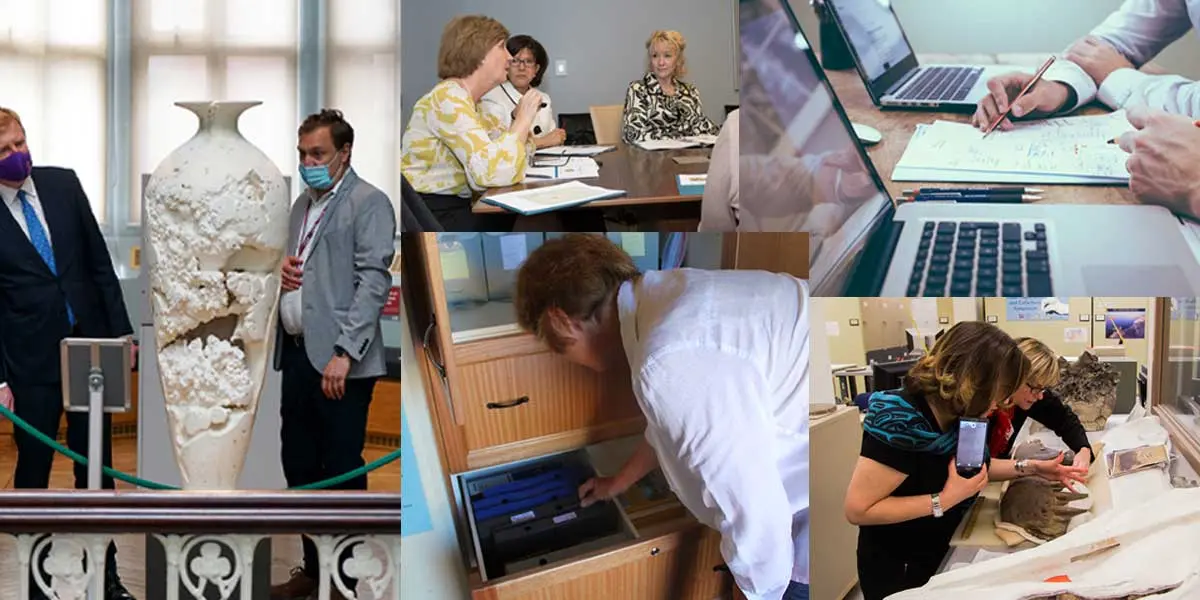
Gather Information to Inform the Museum Budget

How to DEAI the Museum Budget

How to Evaluate the Museum Operating Budget
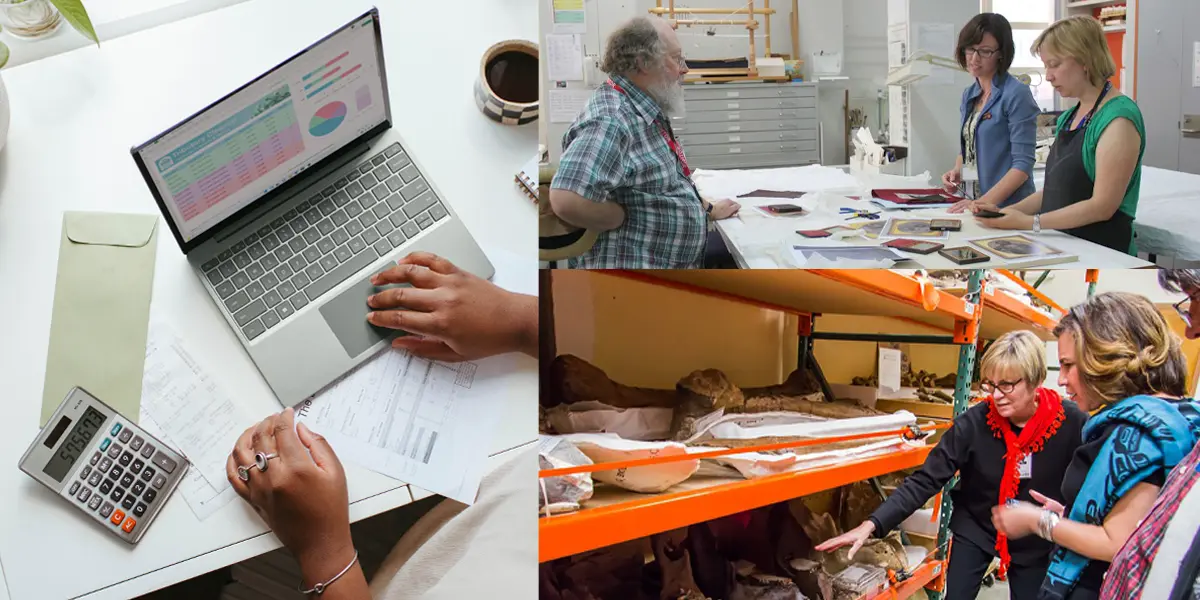
What a Museum Budget Says About Museum Values
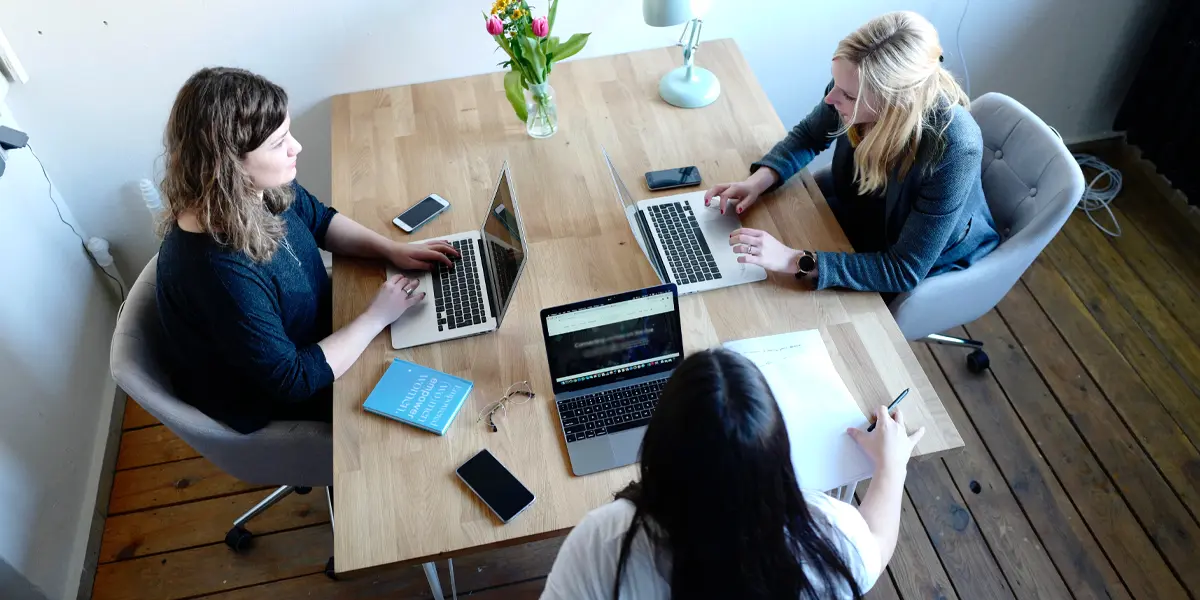
Make a Plan for Non-Standard Museum Data
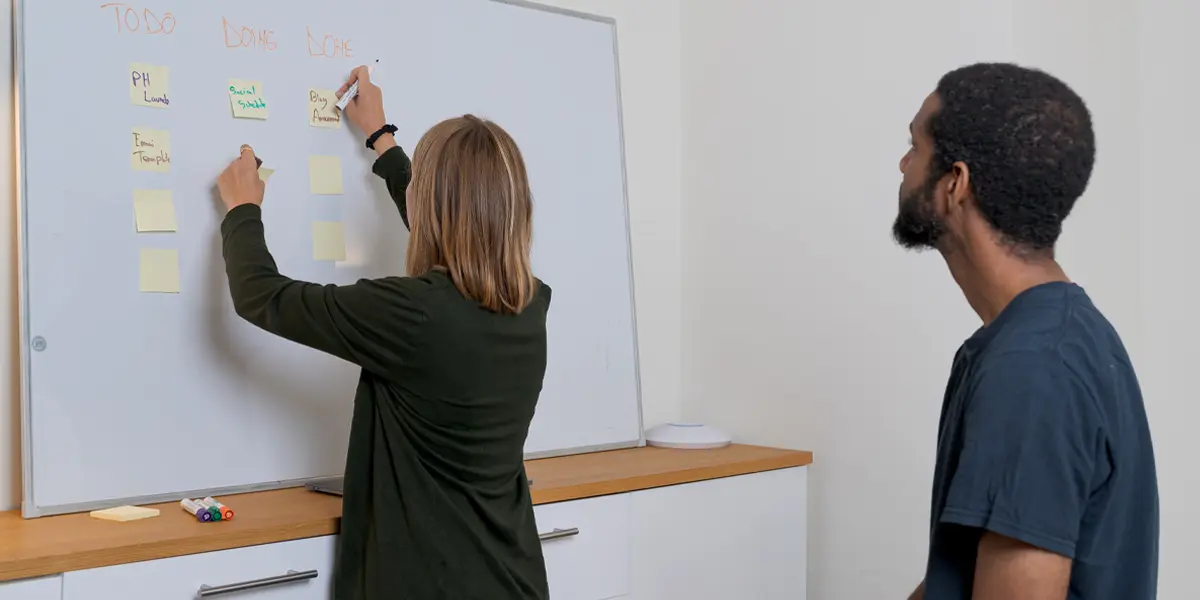
Craft Museum Workflows That Include the CMS
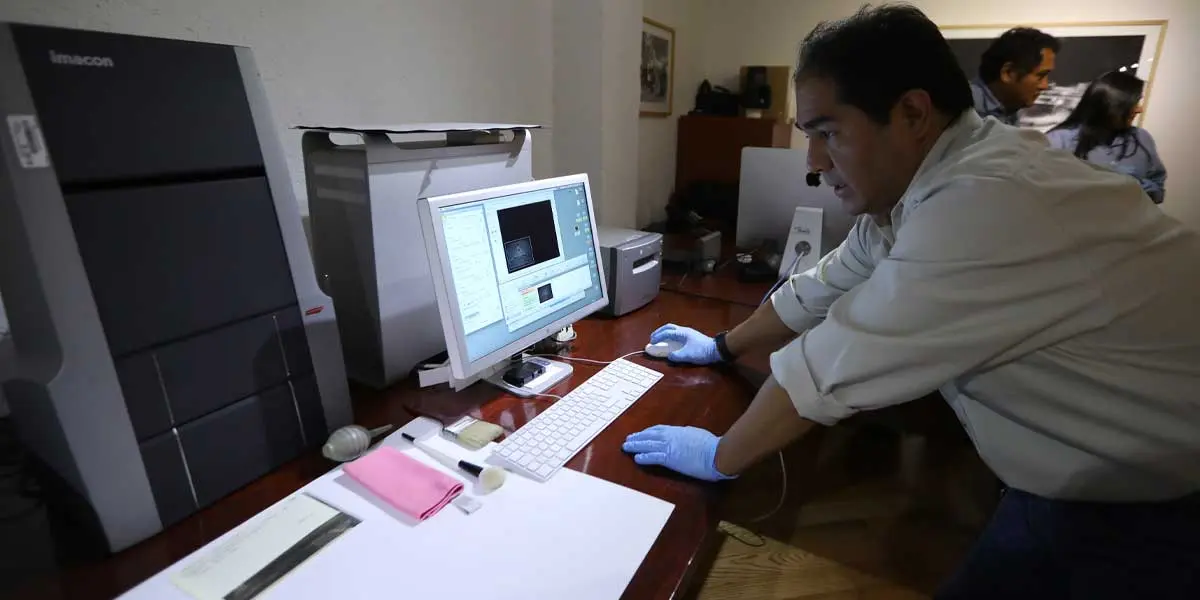
Document Museum CMS Fields and Function

Gather Data and Evaluate Museum CMS Use

Post-Migration Data Cleanup and Refinement

Items Required for Successful Data Migration
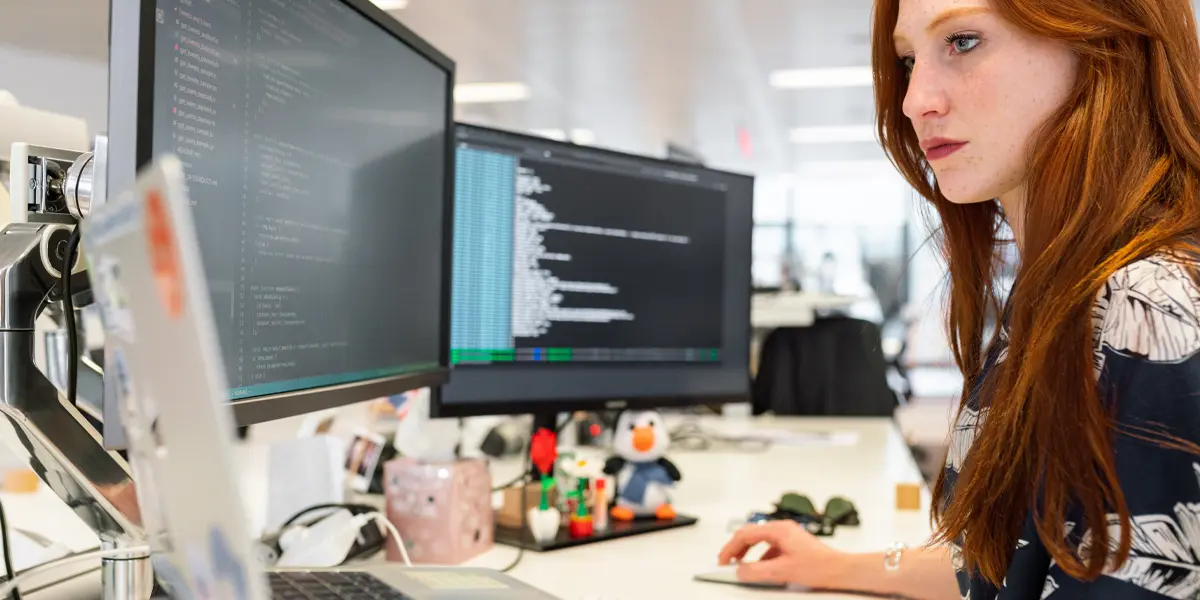
How to Prepare for Museum Data Migration
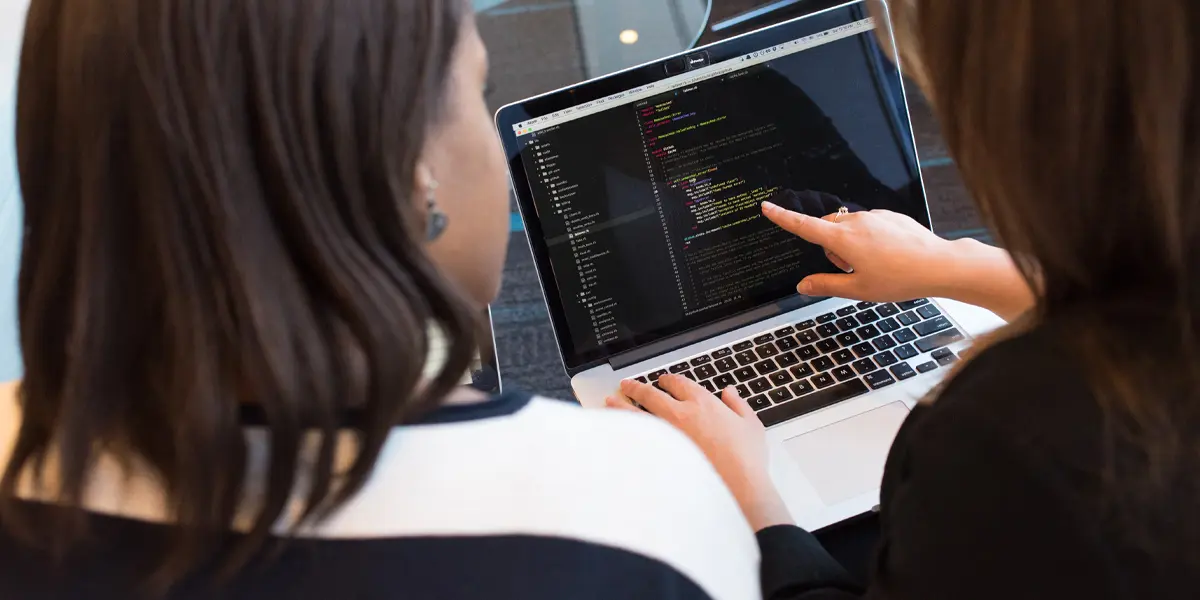
What Does Museum Data Migration Entail?
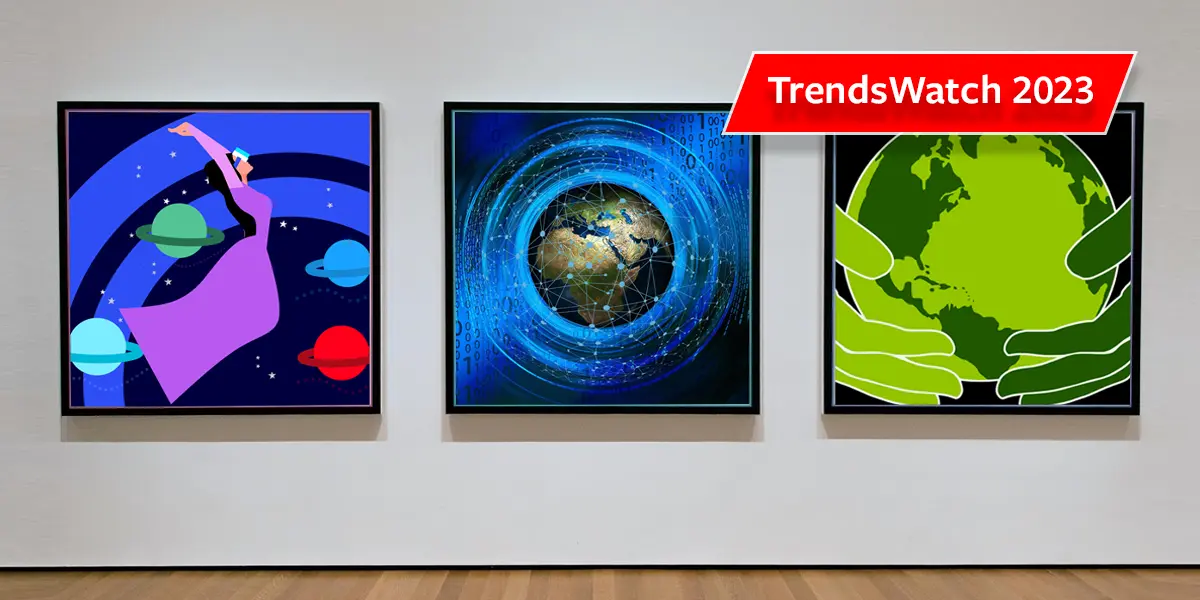
Museum TrendsWatch 2023: The Metaverse, Web 3.0, and Climate Change
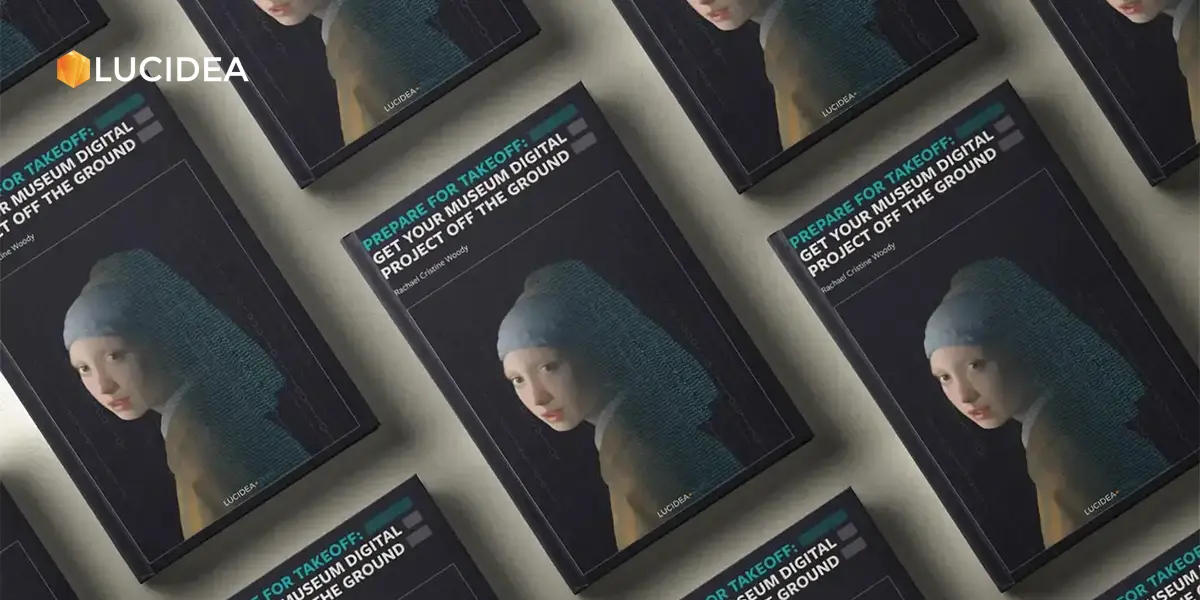
Ready to Read: Prepare for Takeoff: Get Your Museum Digital Project off the Ground
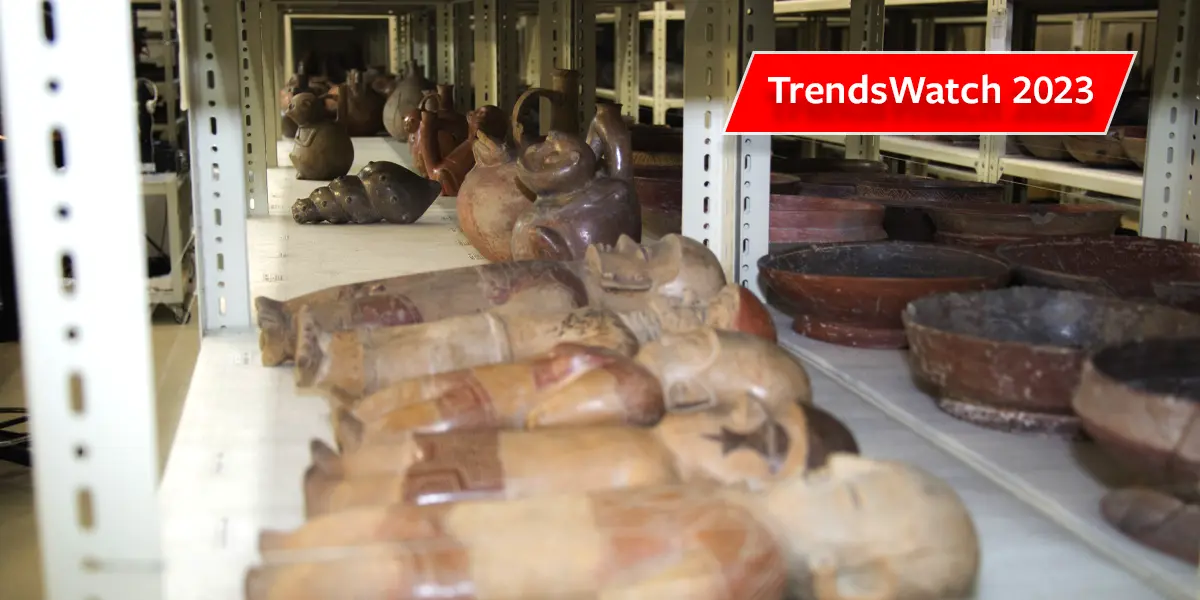
Museum TrendsWatch 2023: Repatriation, Restitution, Reparations

Museum TrendsWatch 2023: The Partisan Divide
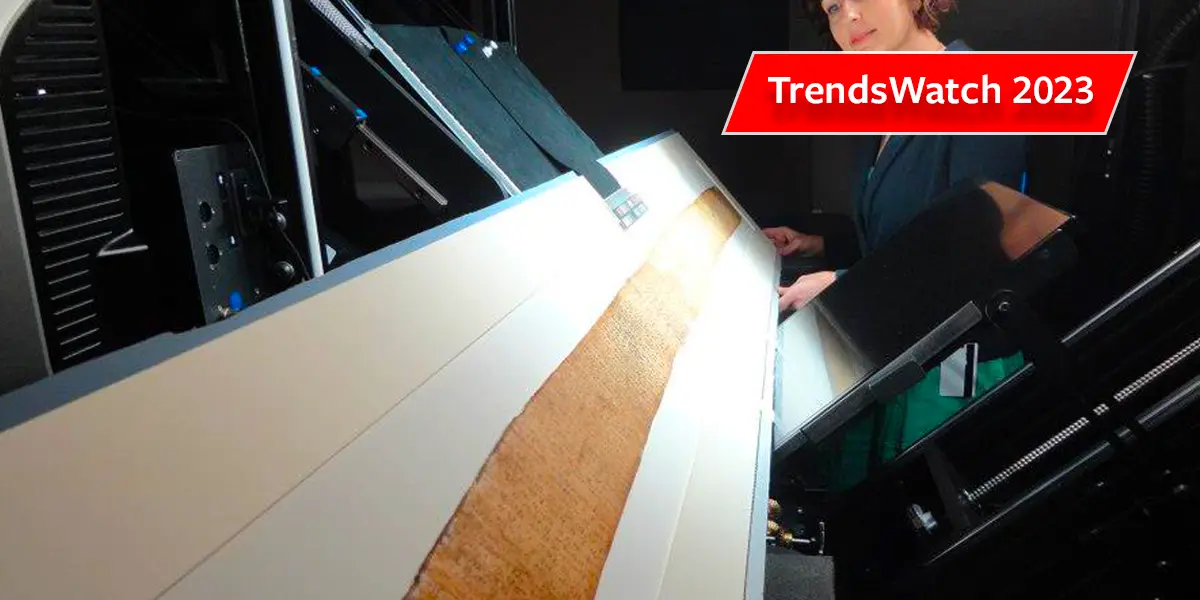
Museum TrendsWatch 2023: A Digital (R)evolution
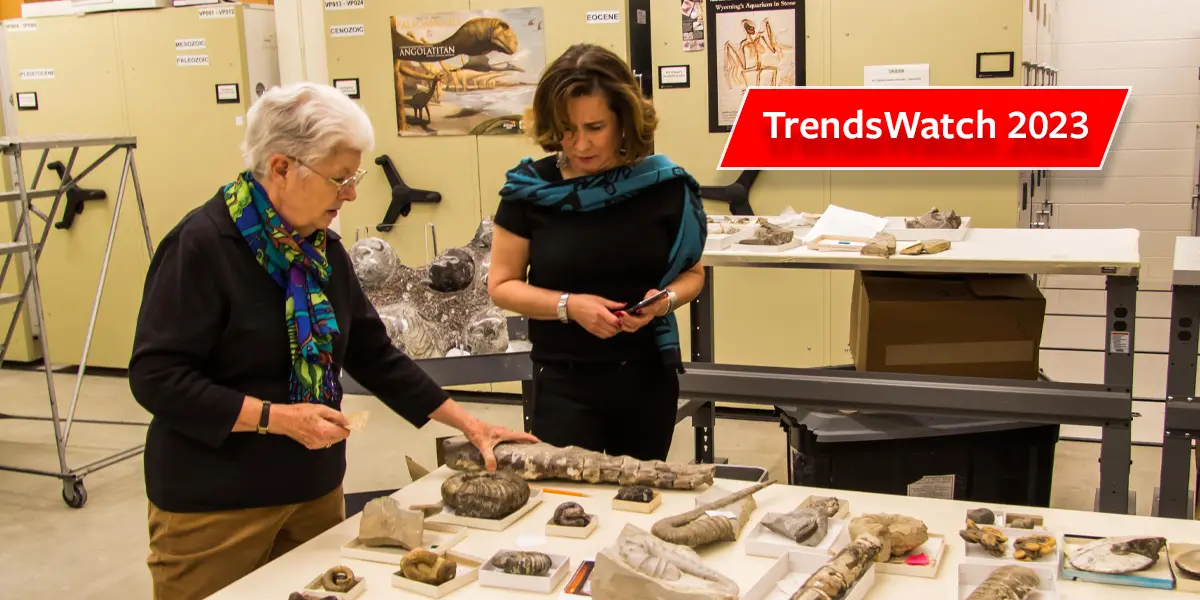
Museum TrendsWatch 2023: The Future Workplace

Strategies Toward a Museum Digital Storage Solution
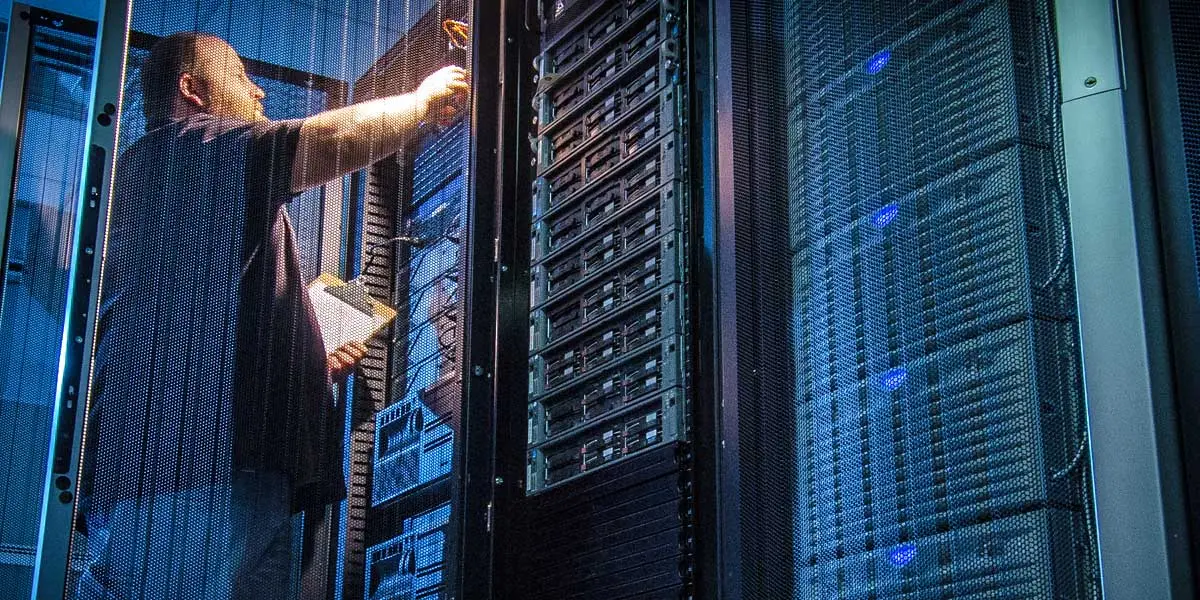
Considering a Museum Digital Storage Approach

Requirements for Museum Digital Storage
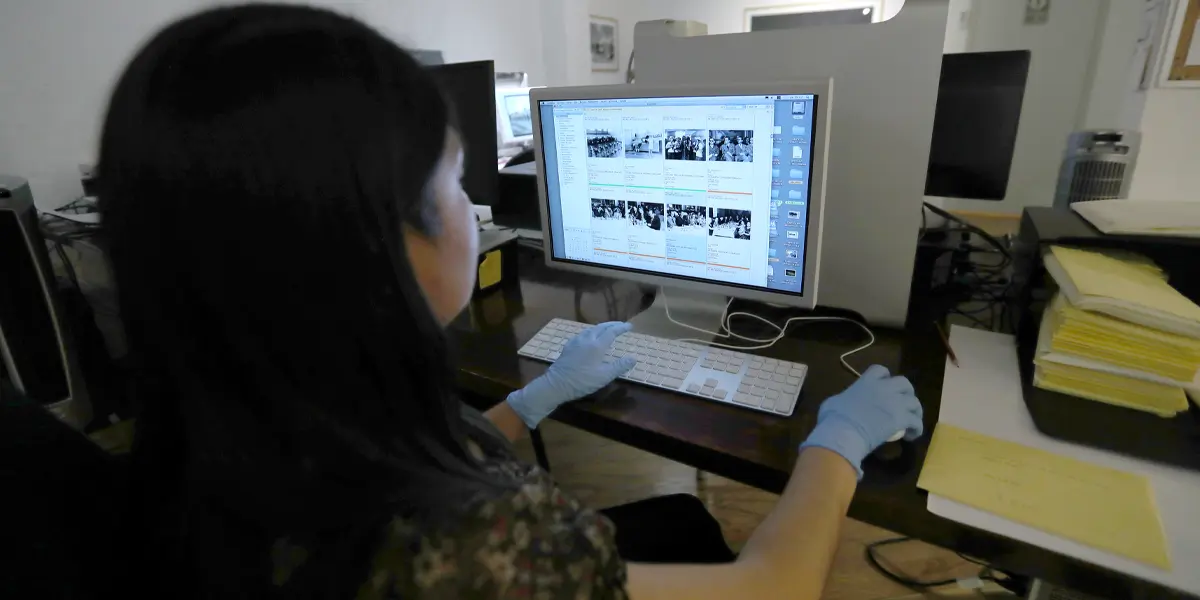
The Purpose of Museum Digital Storage
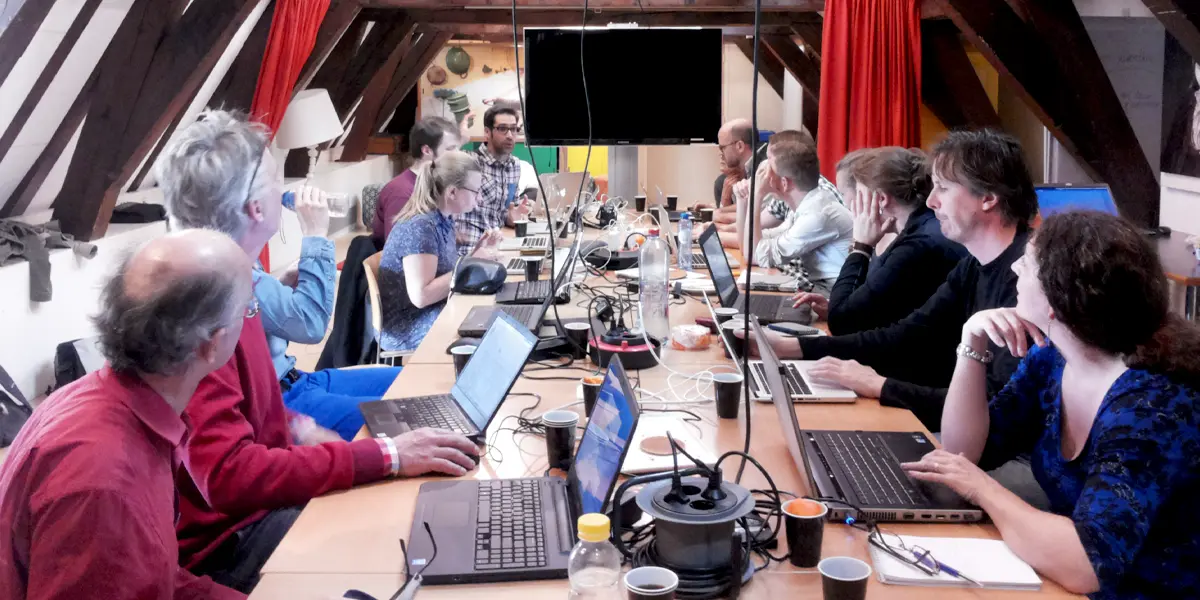
Create a Plan for Museum Data Cleanup

Strategies for Effective Museum Data Cleanup – Part 2

Strategies for Effective Museum Data Cleanup – Part 1

Common Museum Data Messes to Look For
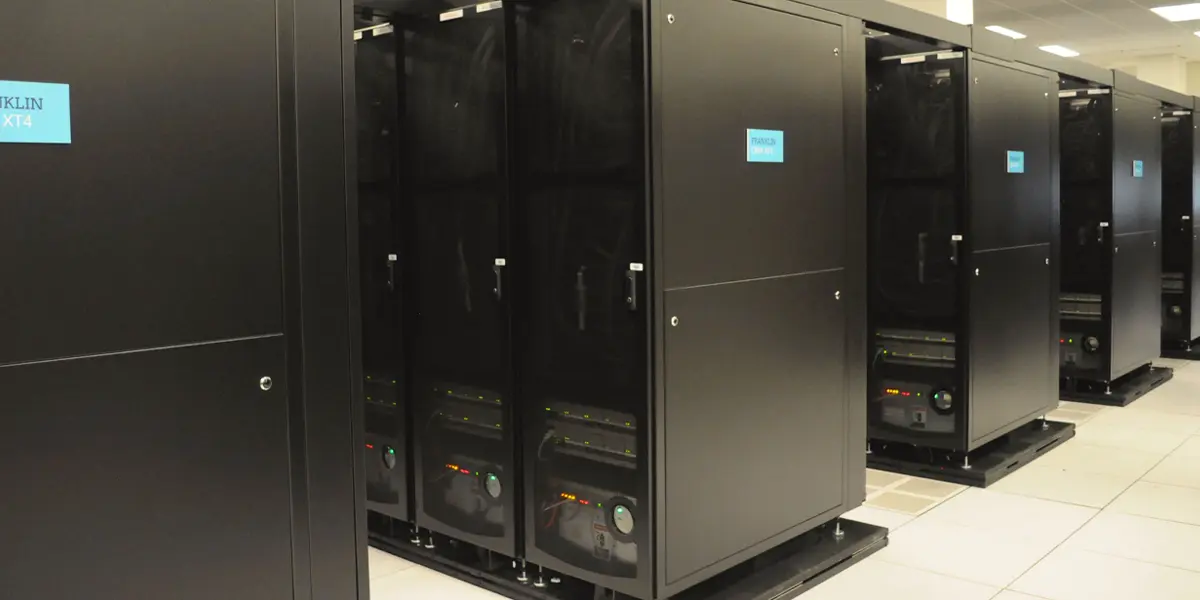
Evaluating the Location of Museum Digital Assets

Evaluating the Location of Museum Data

Evaluating the Format of Museum Data

Evaluating the Quality of Museum Data
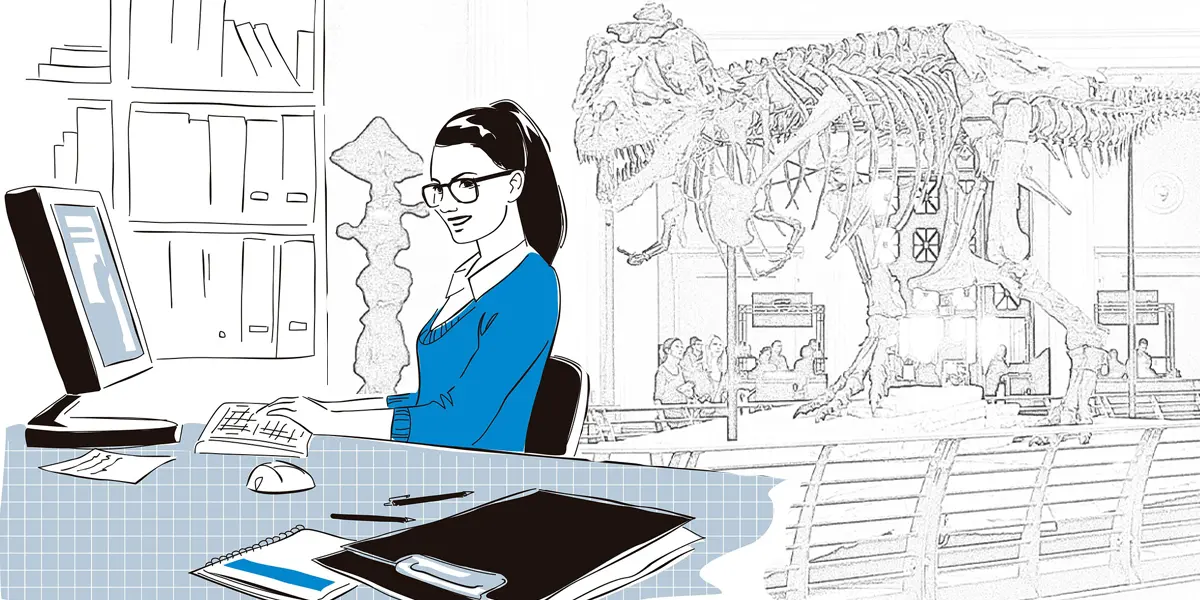
How to Prepare for a New Museum CMS
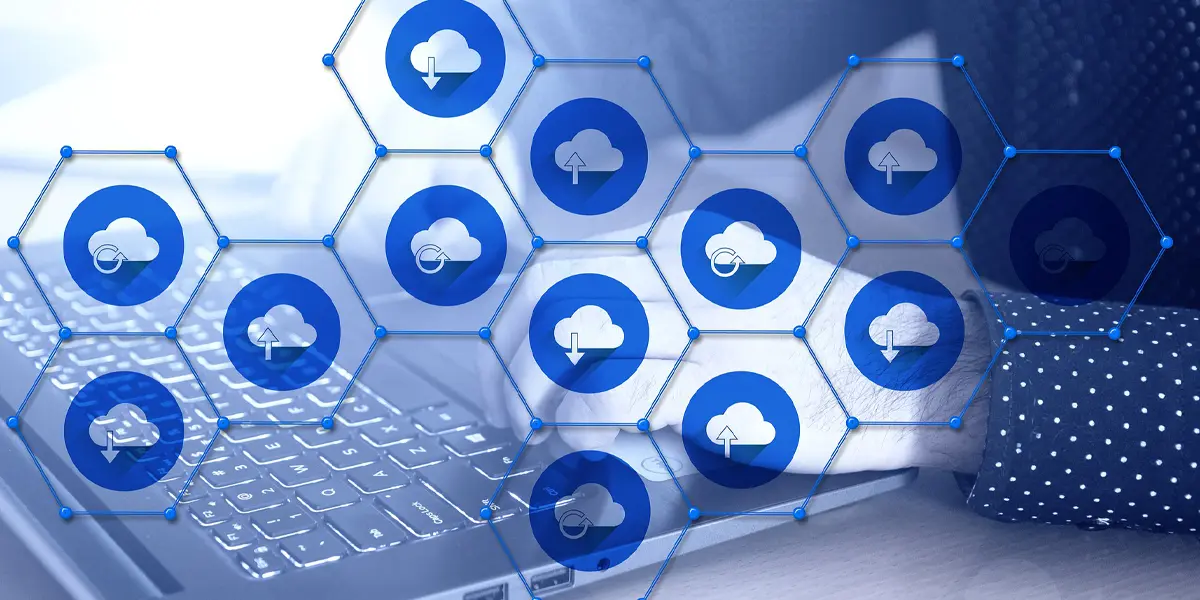
Museum Digital Projects: Digital File Storage
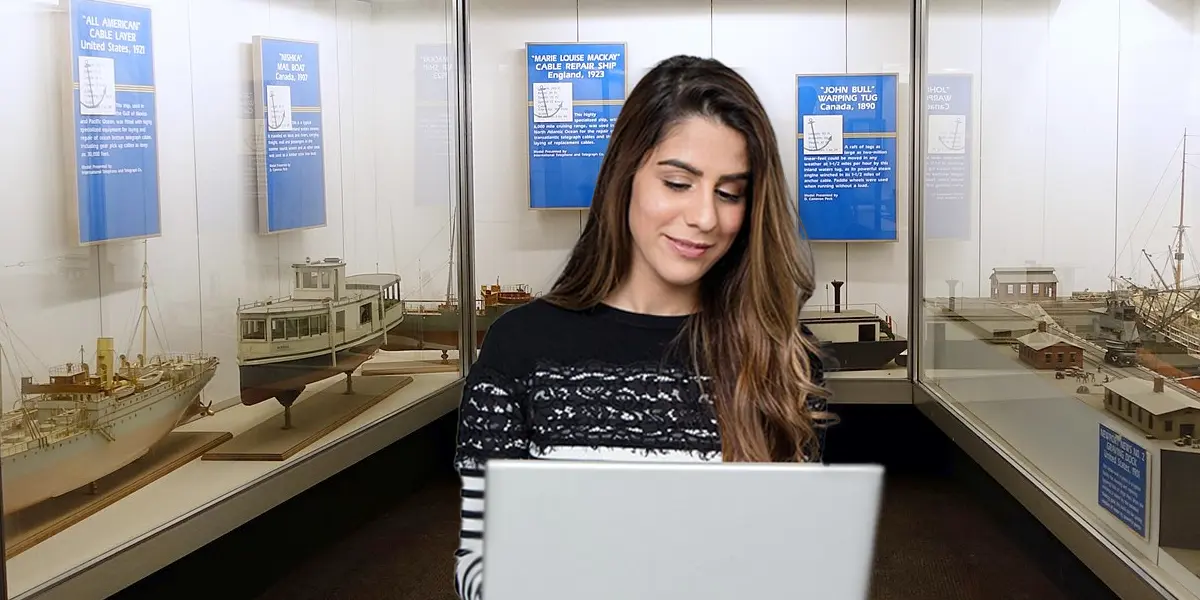
How to Chart a Course Toward a Better Museum CMS

The Pros and Cons of Sticking with an Ill-Fitting Museum CMS

Barriers that Prevent Museums from Moving to a Better CMS

Museum Digital Projects: Choosing Software

Leveraging Existing Content with a Museum Engagement App
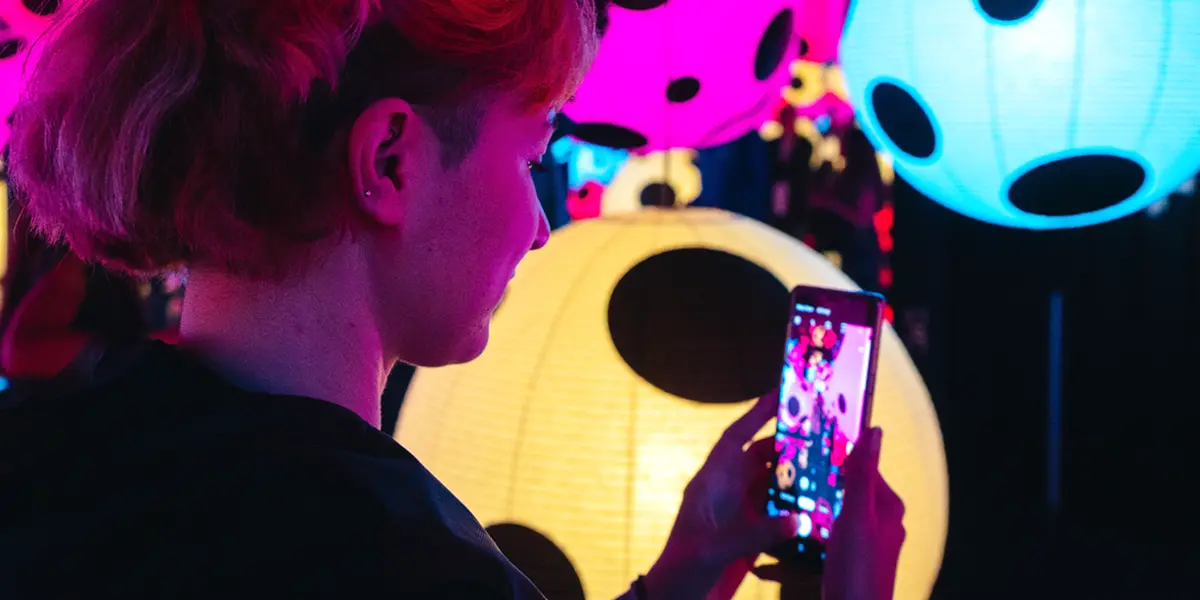
Increasing Museum Enrichment with a Museum Engagement App
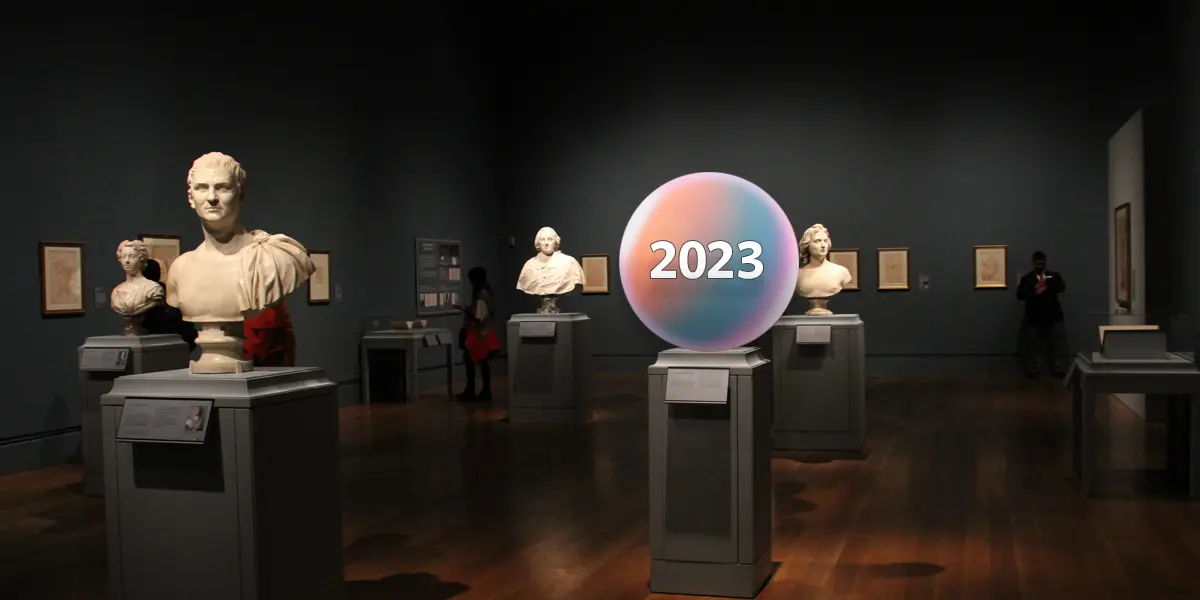
Museum Forecast 2023
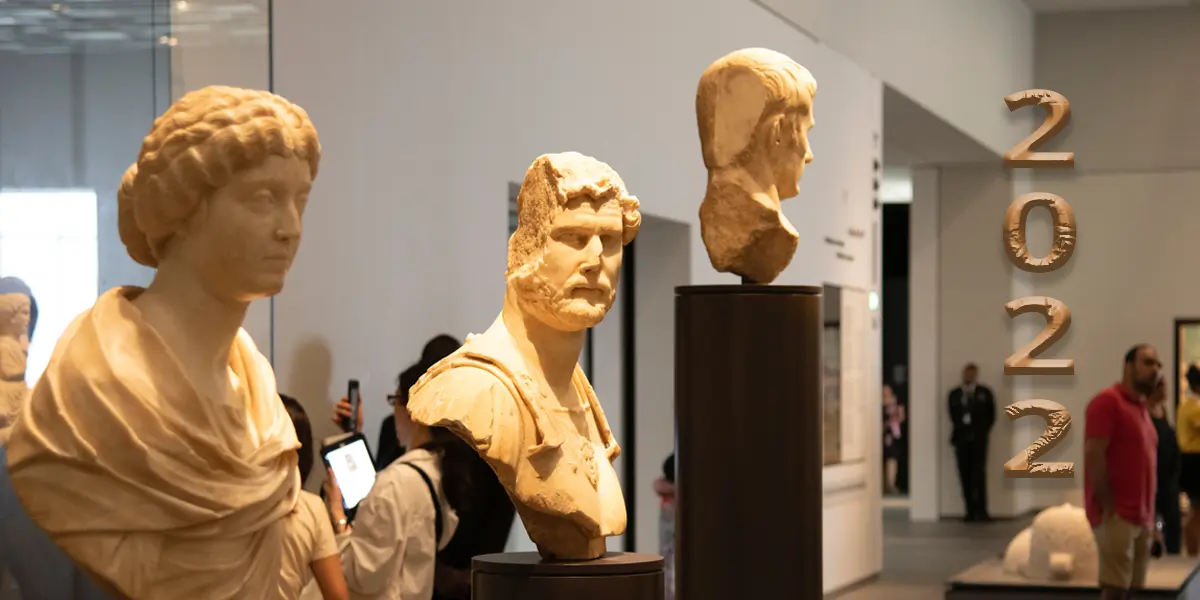
A Year in Review: An Assessment of the 2022 Museum Forecast

Museum Digital Projects: Tool Challenges

Museum Digital Tools: Budget and Funding
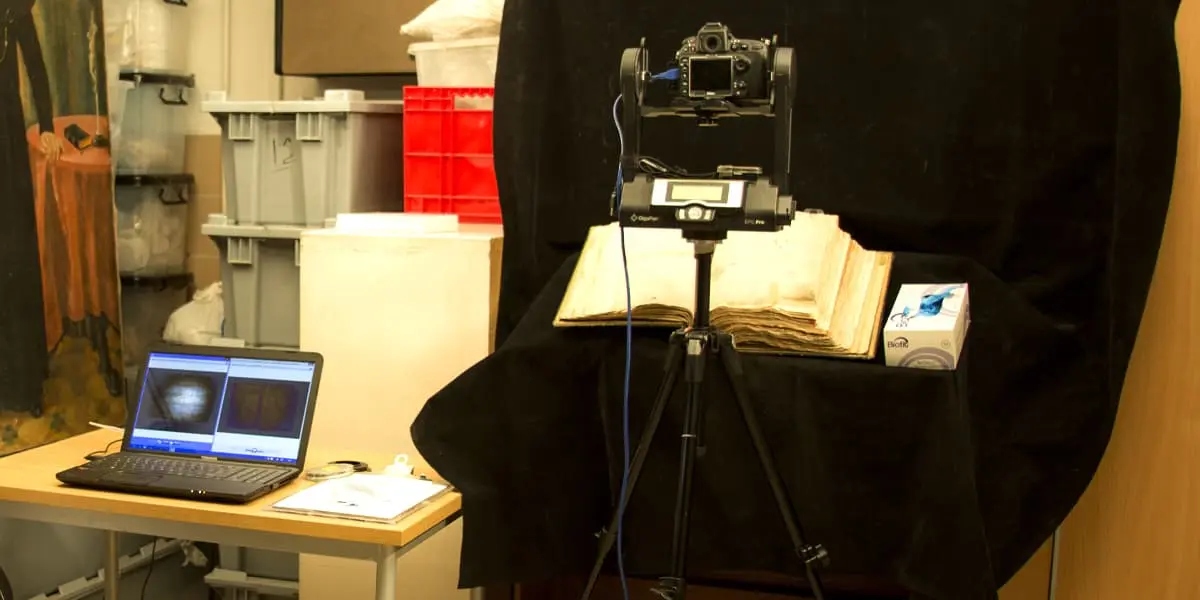
Museum Digital Projects: Standards to Follow
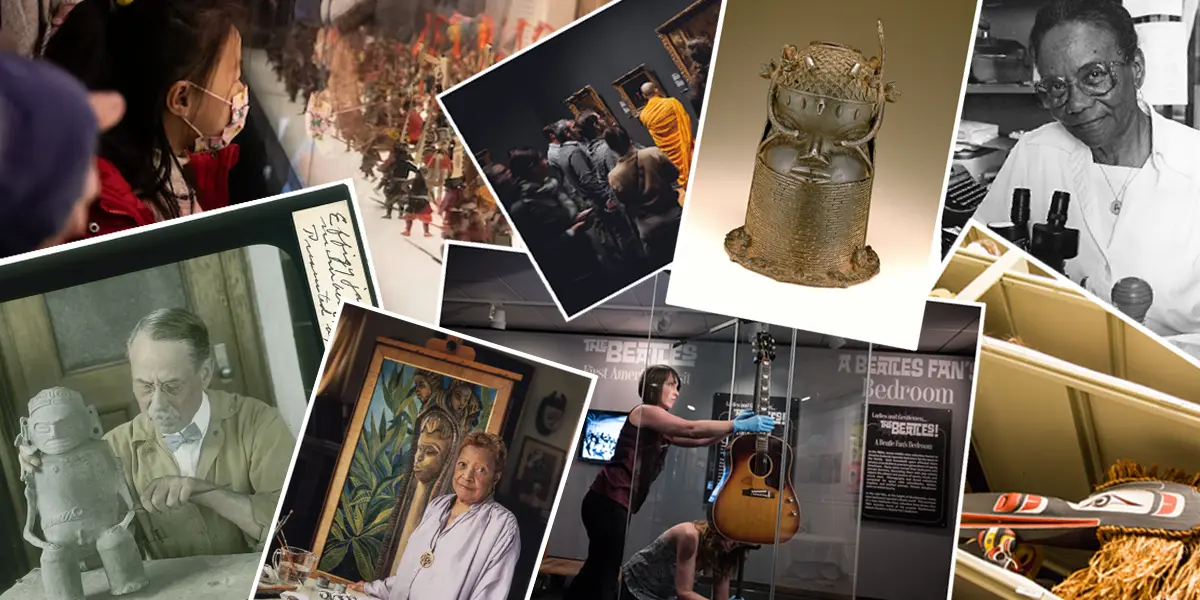
Applying DEI to Museum Collection Development — Part 2
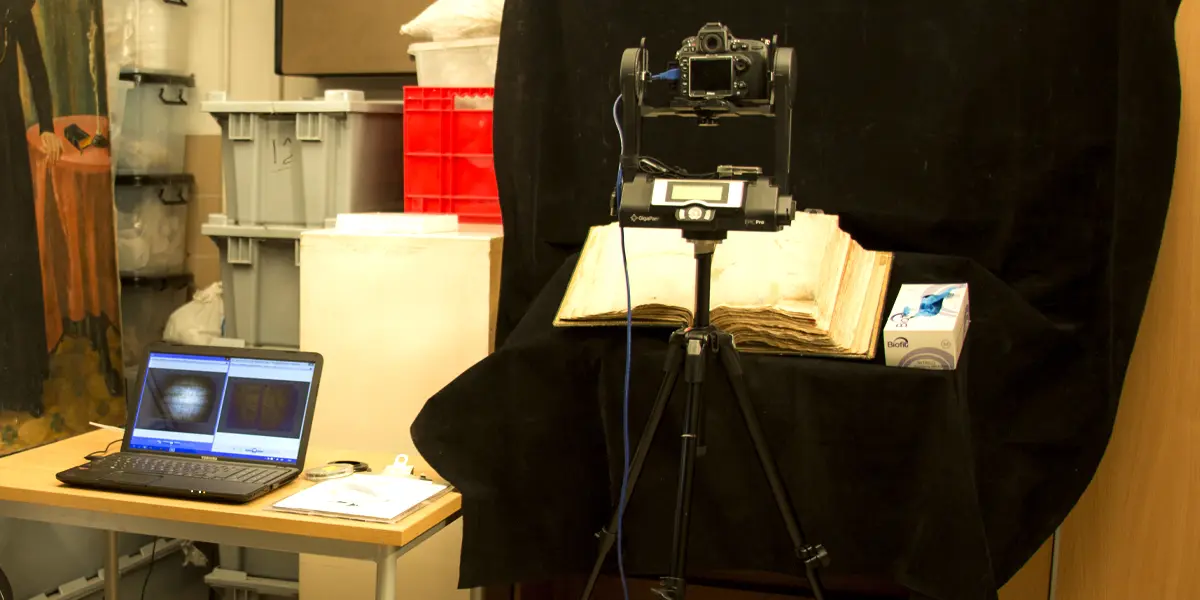
Museum Digital Projects: Elements to Include

Museum Digital Projects: Order of Operations
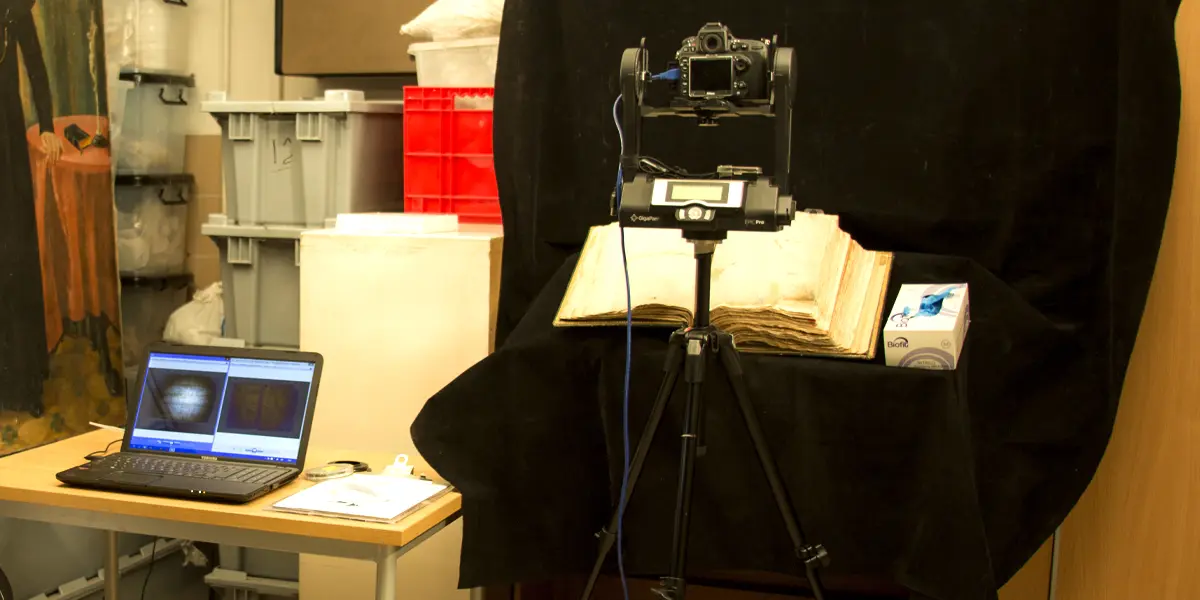
Museum Digital Projects: Pre-Project Evaluation
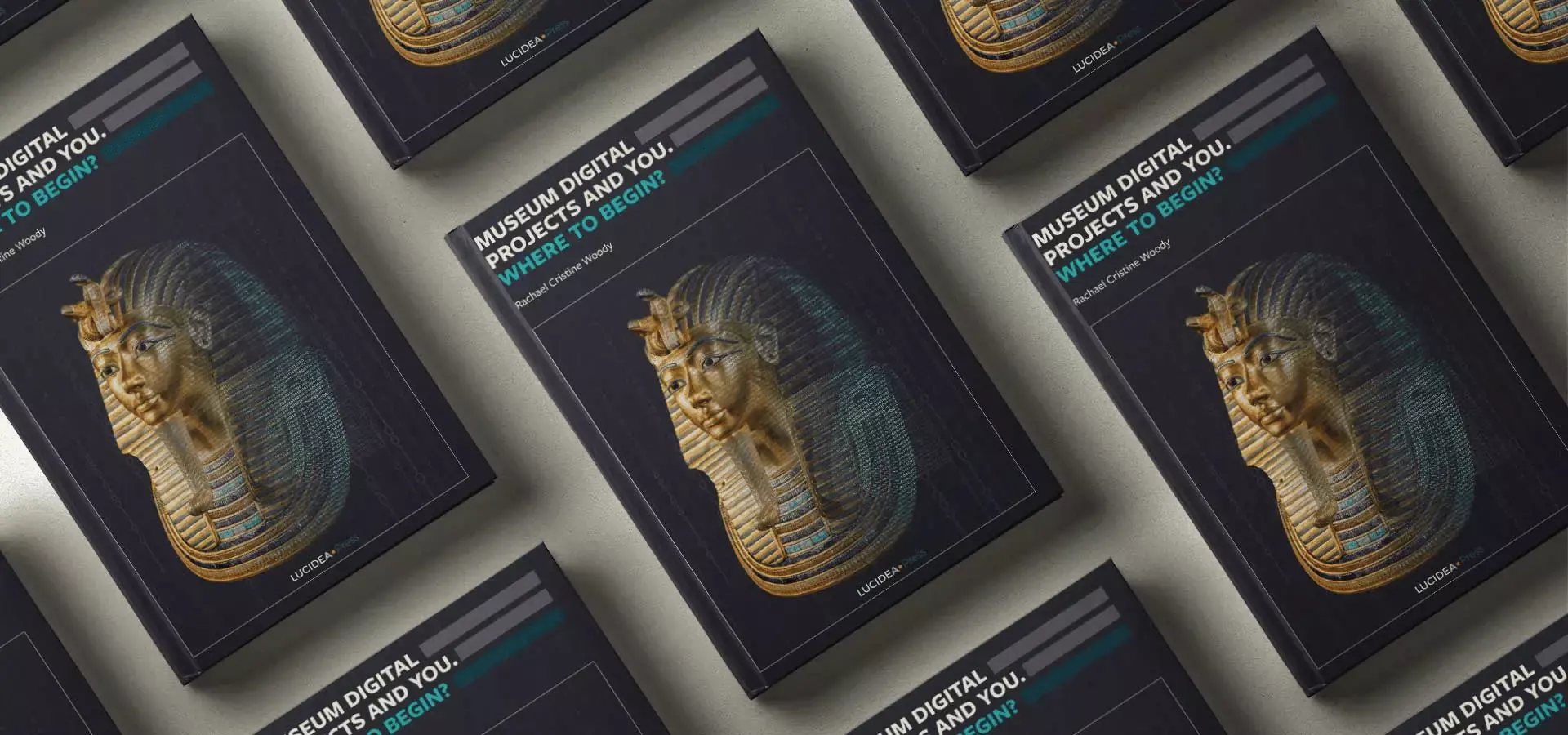
Ready to Read: Museum Digital Projects and You. Where to Begin?
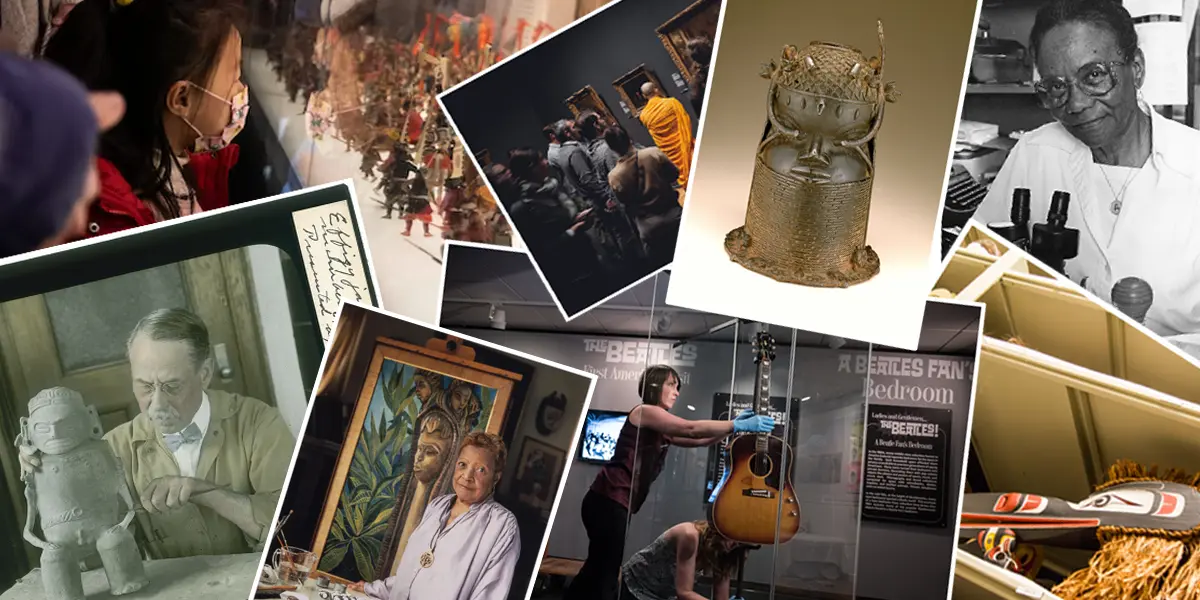
Applying DEI to Museum Collection Development — Part 1
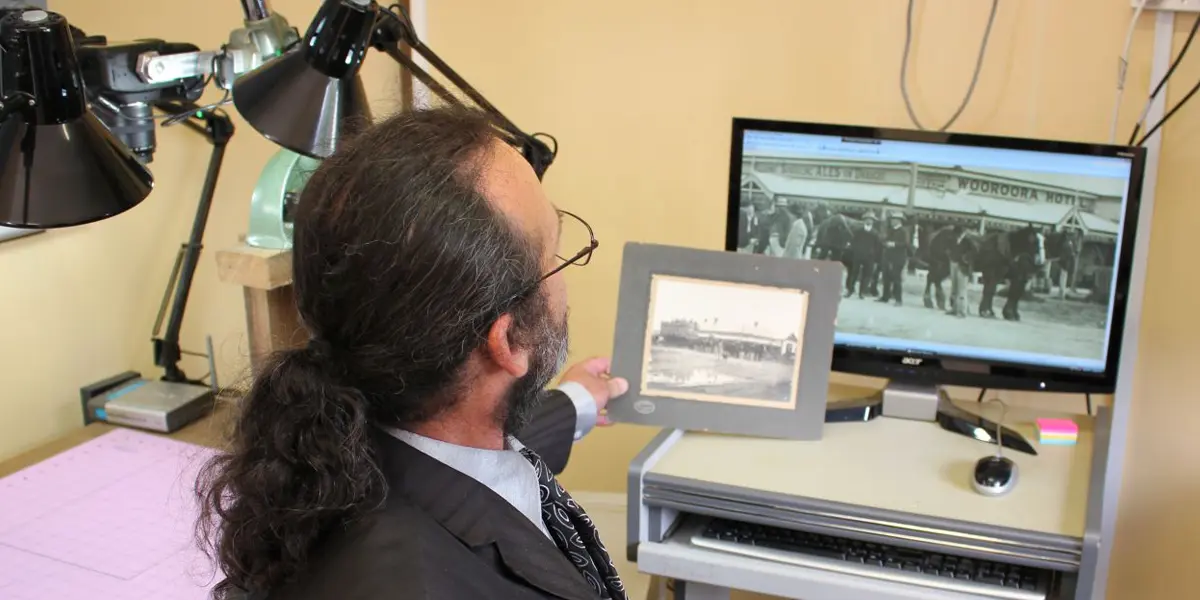
Museum Digital File Preservation: File Access
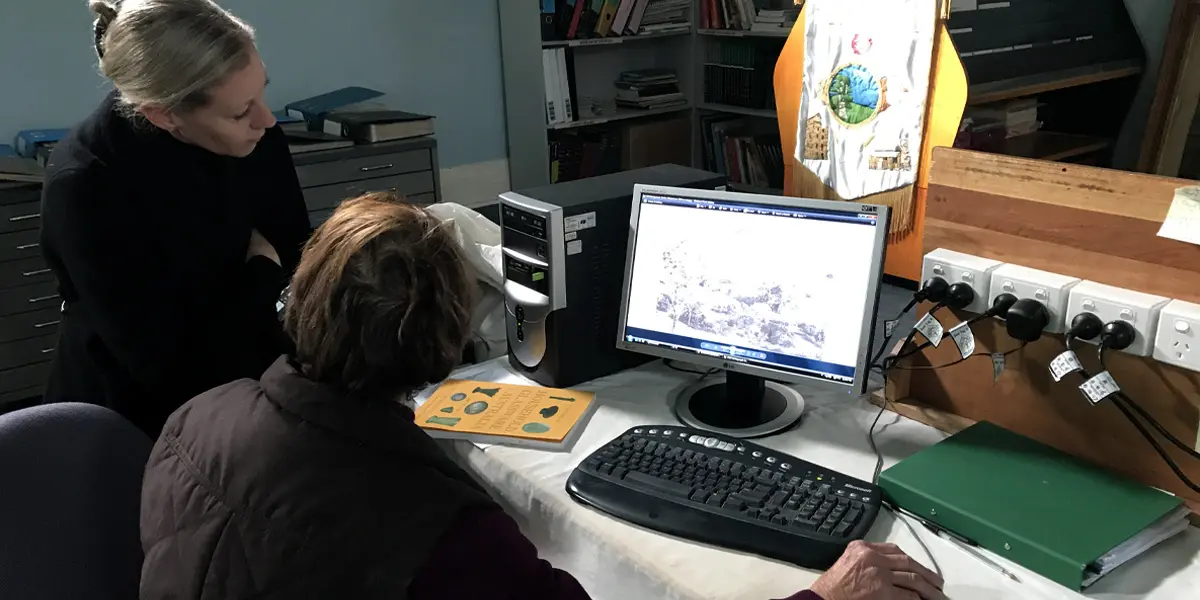
Museum Digital File Preservation: File Integrity
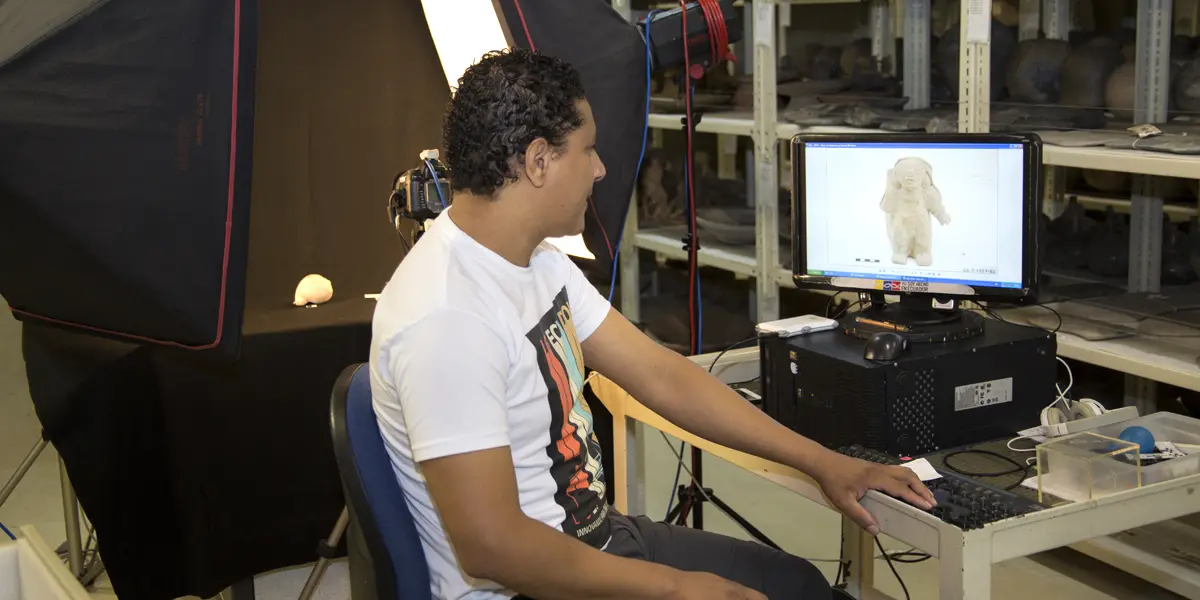
3 Things to Consider When Purchasing Museum Digitization Equipment
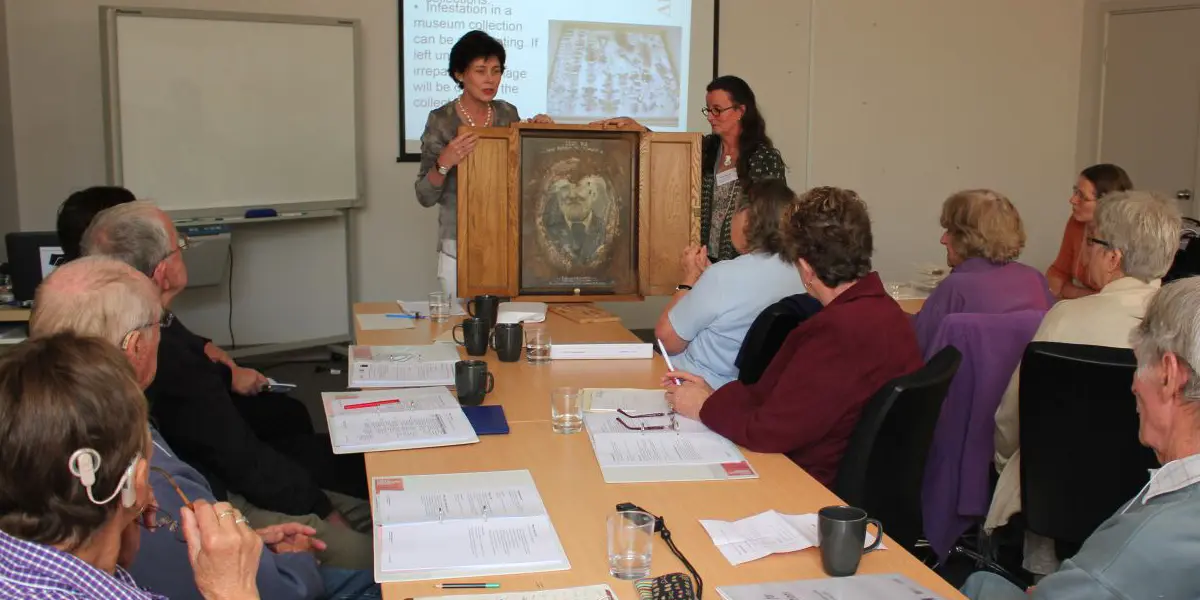
Museum Digital Project Consultant: Training

Museum Digital Project Consultant: CMS Selection and Implementation
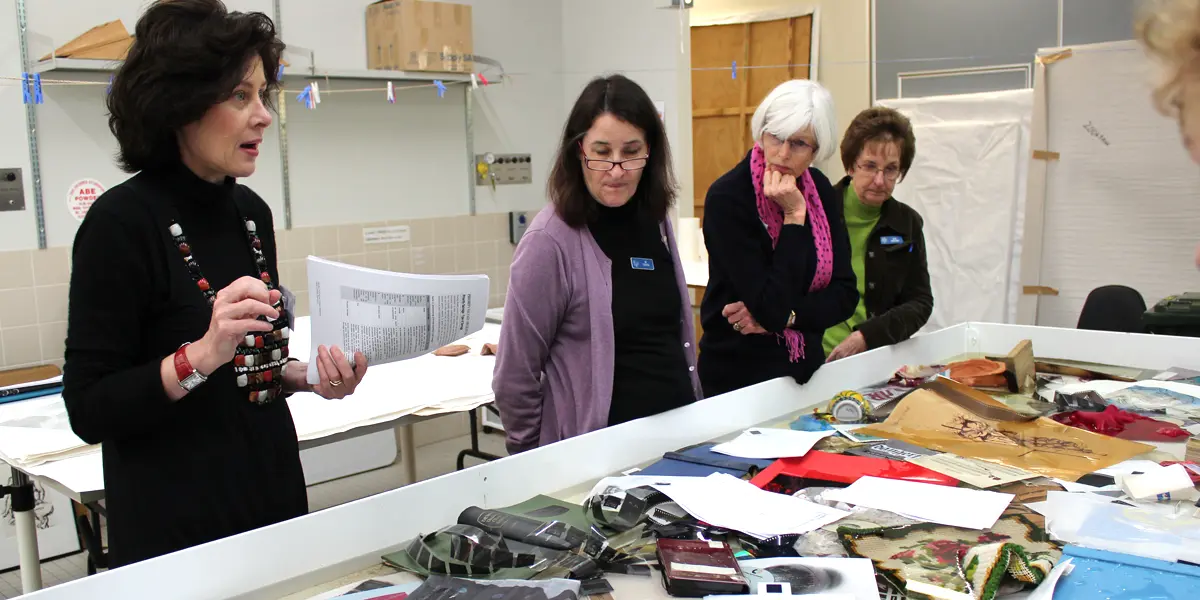
Museum Digital Project Consultant: Project Management

Museum Digital Project Consultant: Create the Project Framework
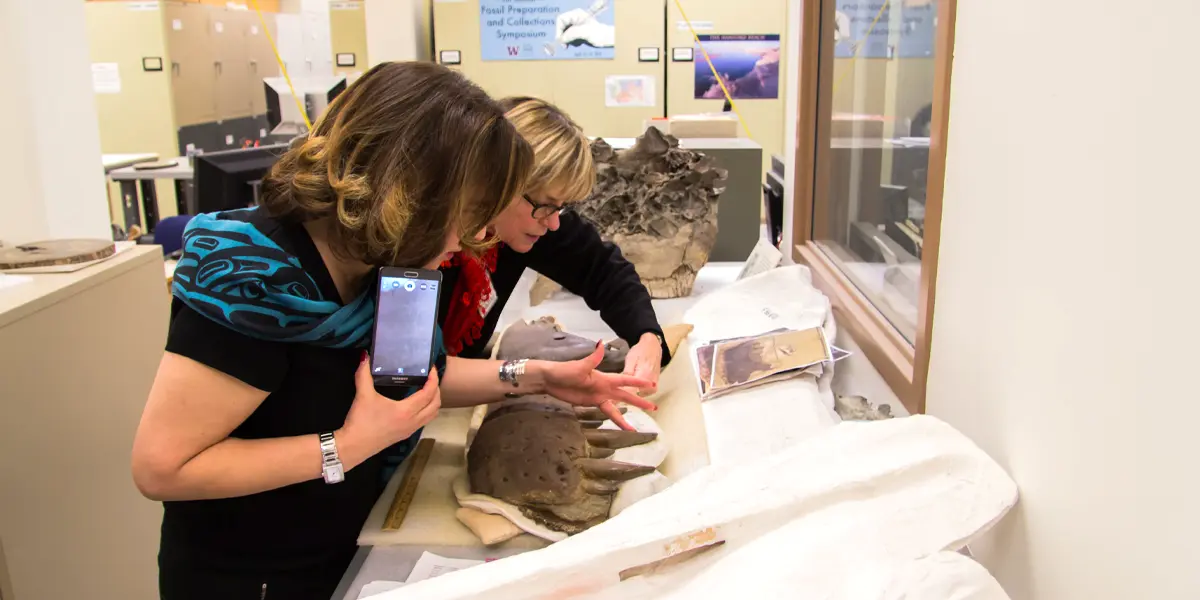
Museum Digital Project Consultant: Assess and Recommend

Museum Digital Project Sustainability Hacks
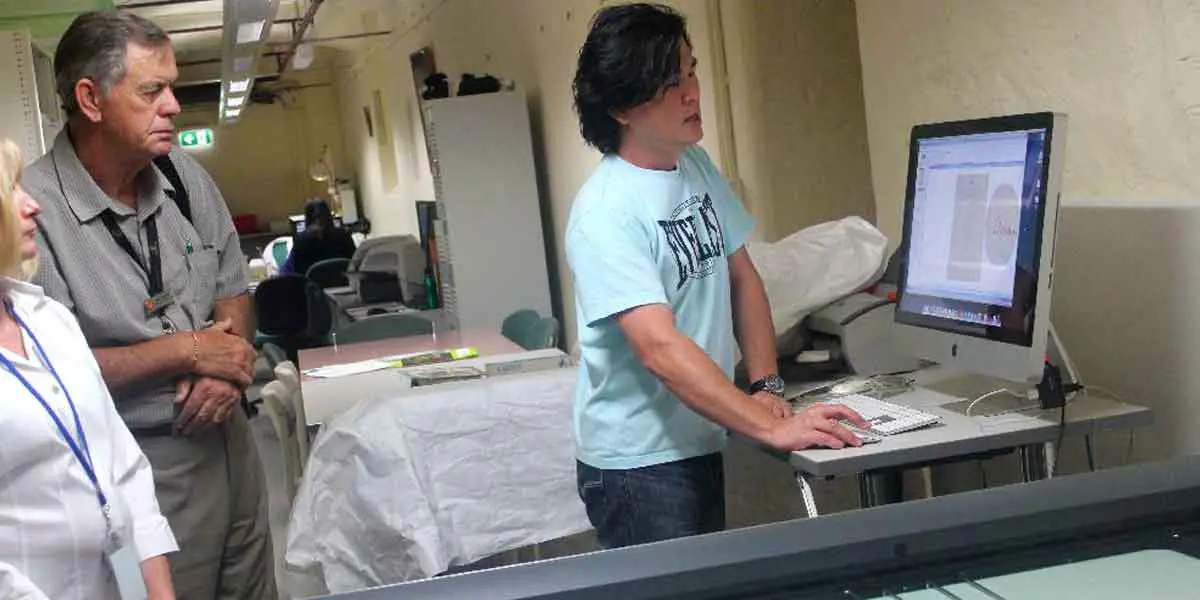
3 Strategies for Museum Digital Project Sustainability

Project Management for Museum Digital Projects

Strategies to Effectively Work with Museum Staff, Interns, and Volunteers

How to Ethically Build Museum Intern and Volunteer Opportunities
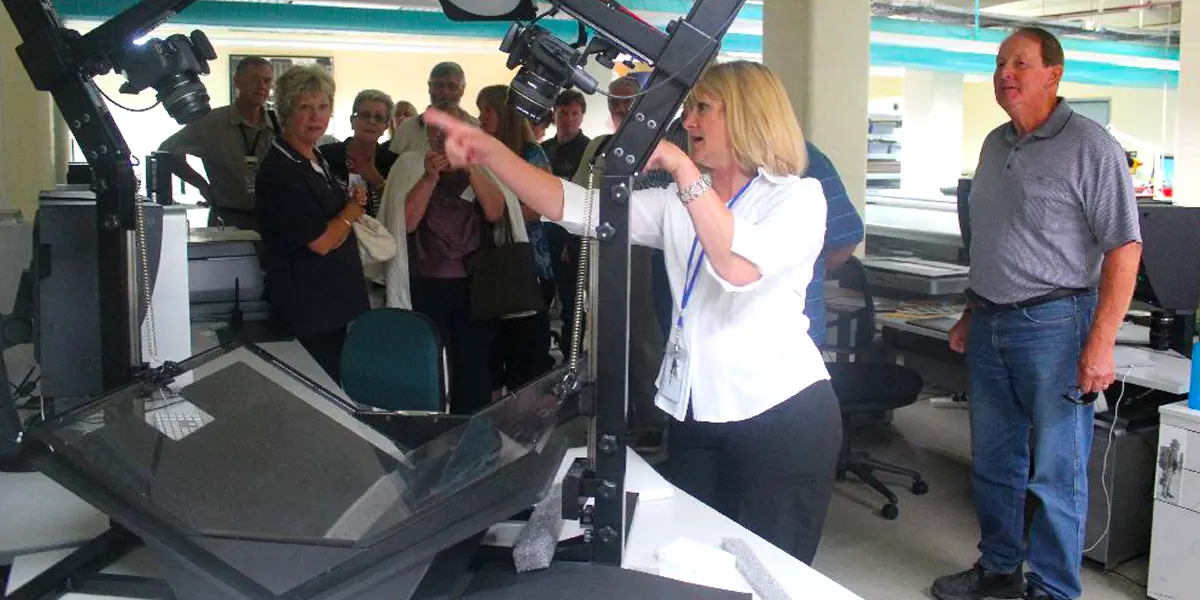
How to Ethically Adapt Museum Staff Capacity for Digital Projects
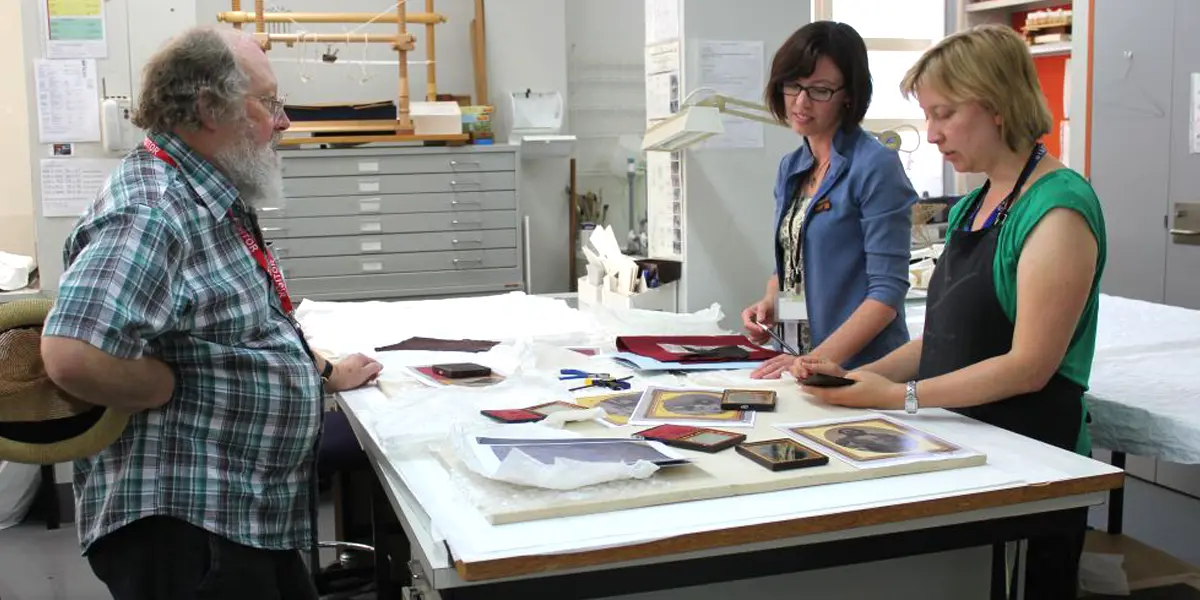
Museum Digital Project Roles for Staff, Volunteers, and Interns
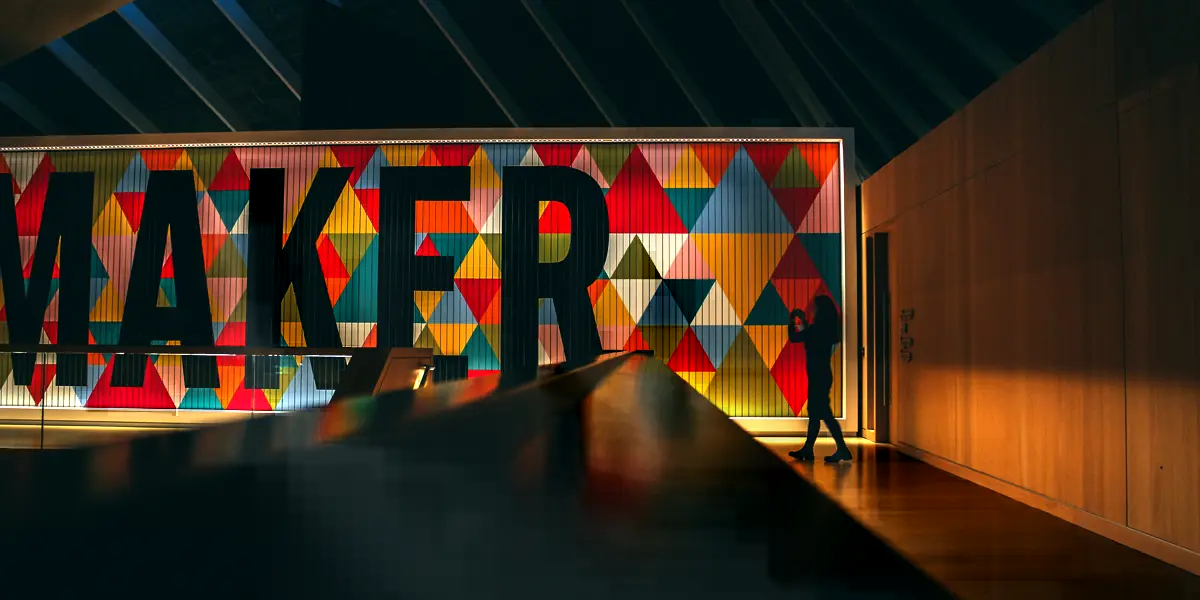
Museum TrendsWatch: Right-Sizing the World
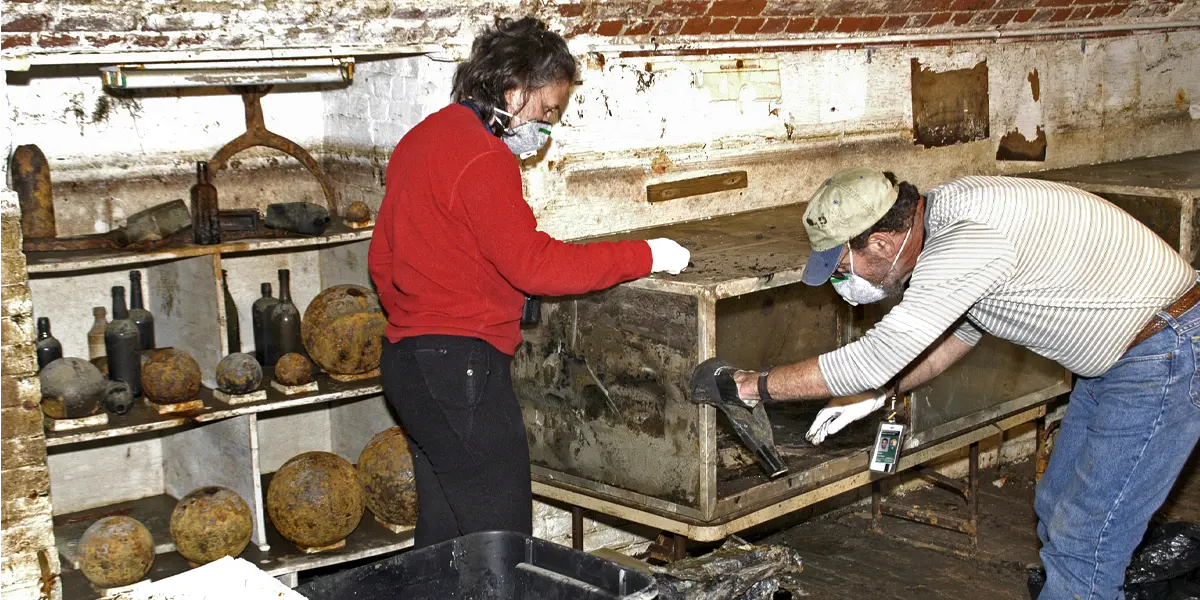
Museum TrendsWatch: Emergency Response in the Face of Disaster
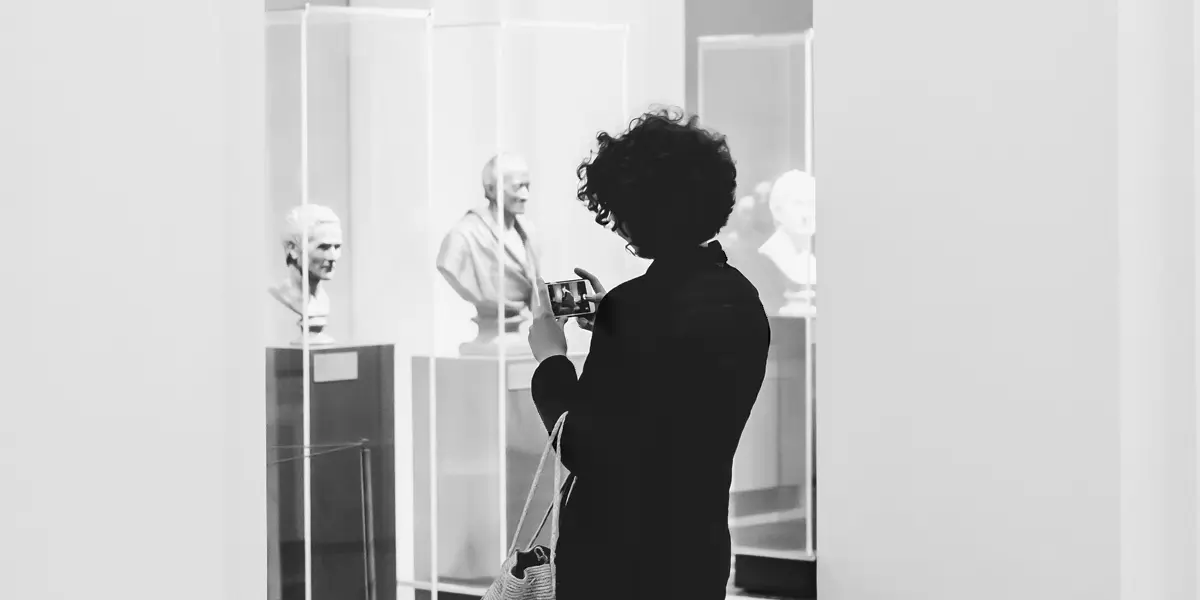
Museum TrendsWatch: Mental Health for All
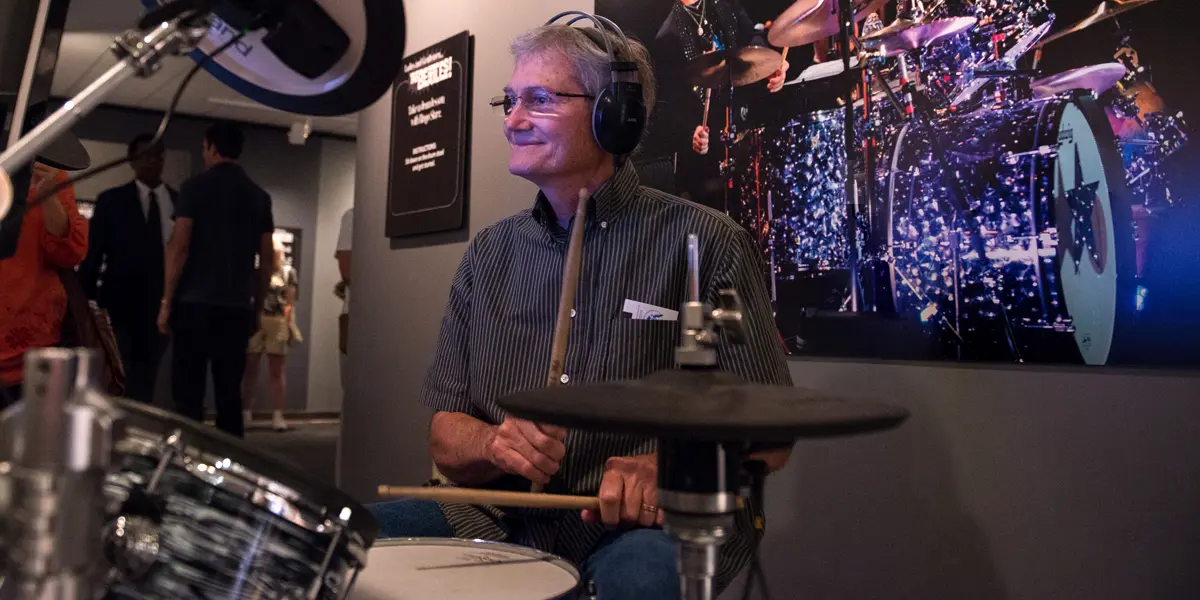
Museum TrendsWatch: Livable Communities for Our Elders

Museum TrendsWatch: Education for Our Children
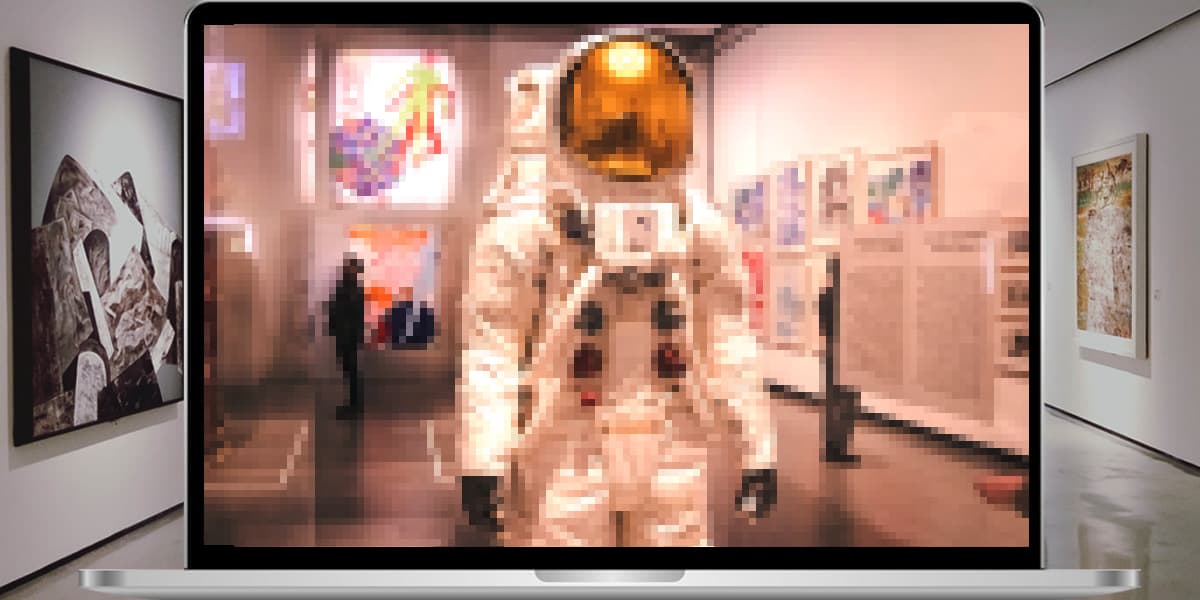
Myth #5: If it’s Digital, Toss the Original
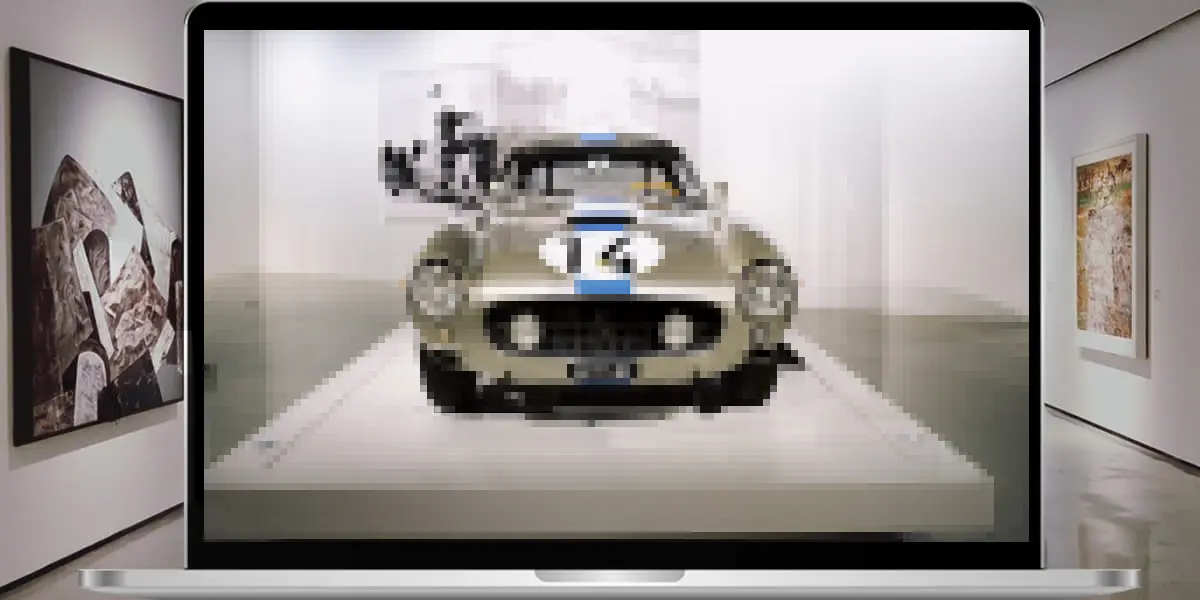
Myth #4: Digital = Permanent

Myth #3: It’s too Hard to Digitize Museum Collections
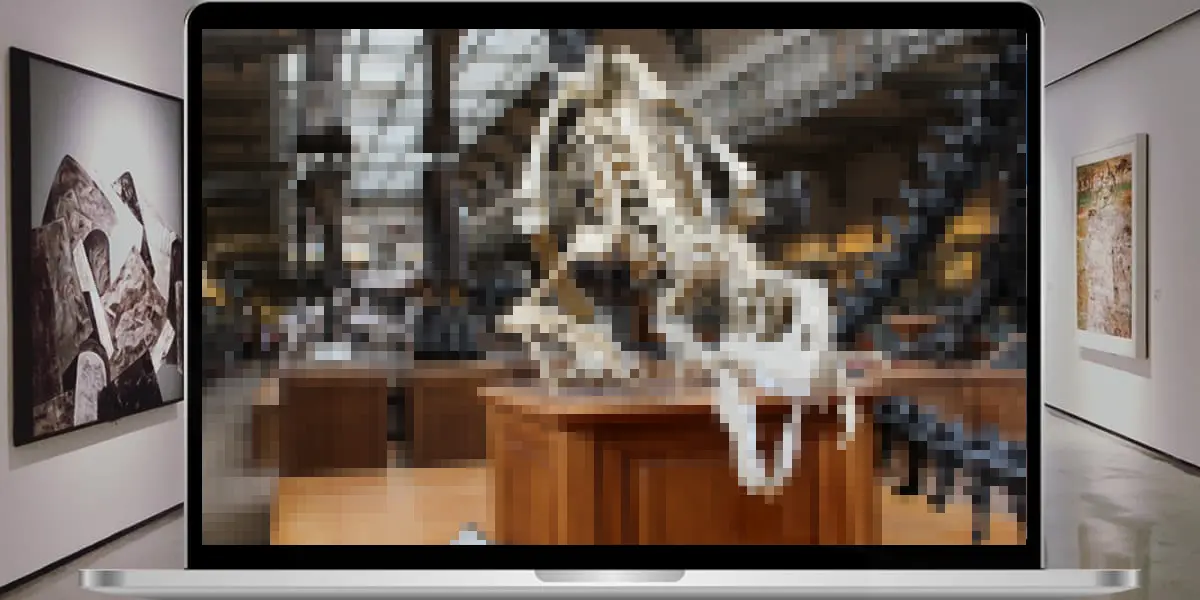
Myth #2: It’s Easy to Digitize Museum Collections

Myth #1: You Should Digitize All the (Museum) Things!

How to Calculate an Appropriately Sized Funding Request

How to Construct a Fundable Museum Digital Project
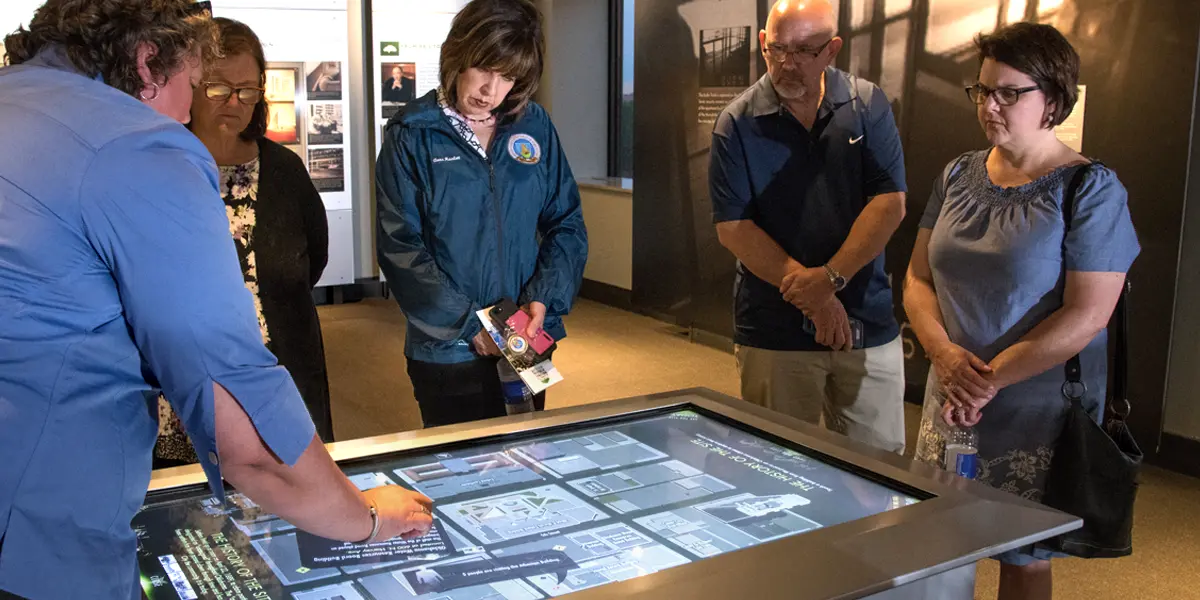
Who Funds Museum Digital Projects?

An Interview with Arc/k Project’s Brian Pope: Citizen-Science & CHE
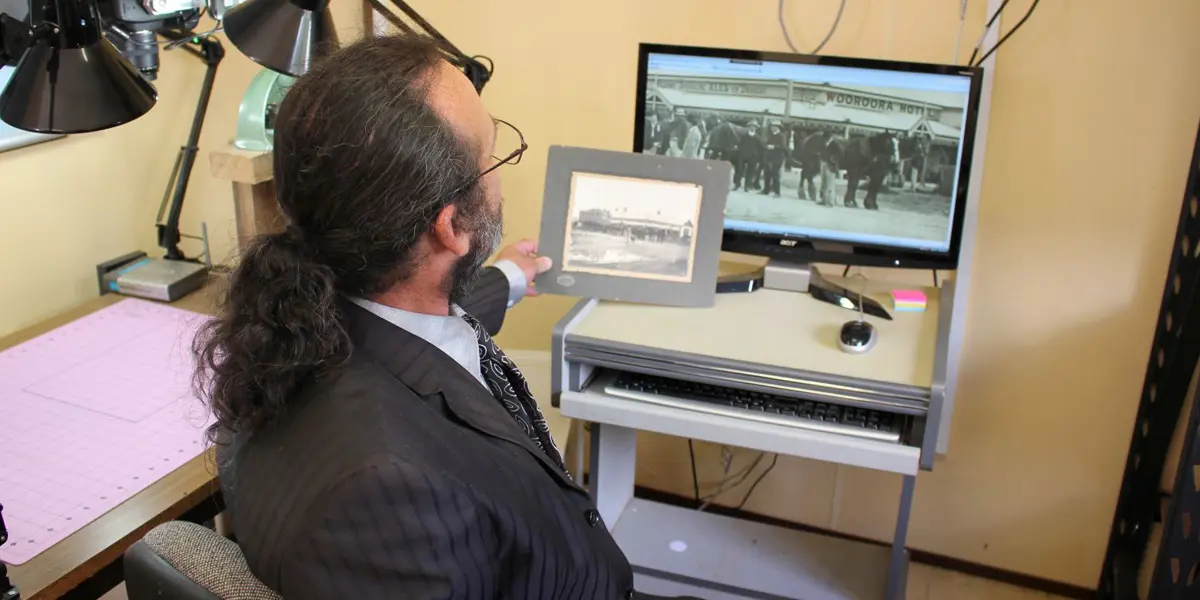
Building a Blueprint for Future Digital Projects
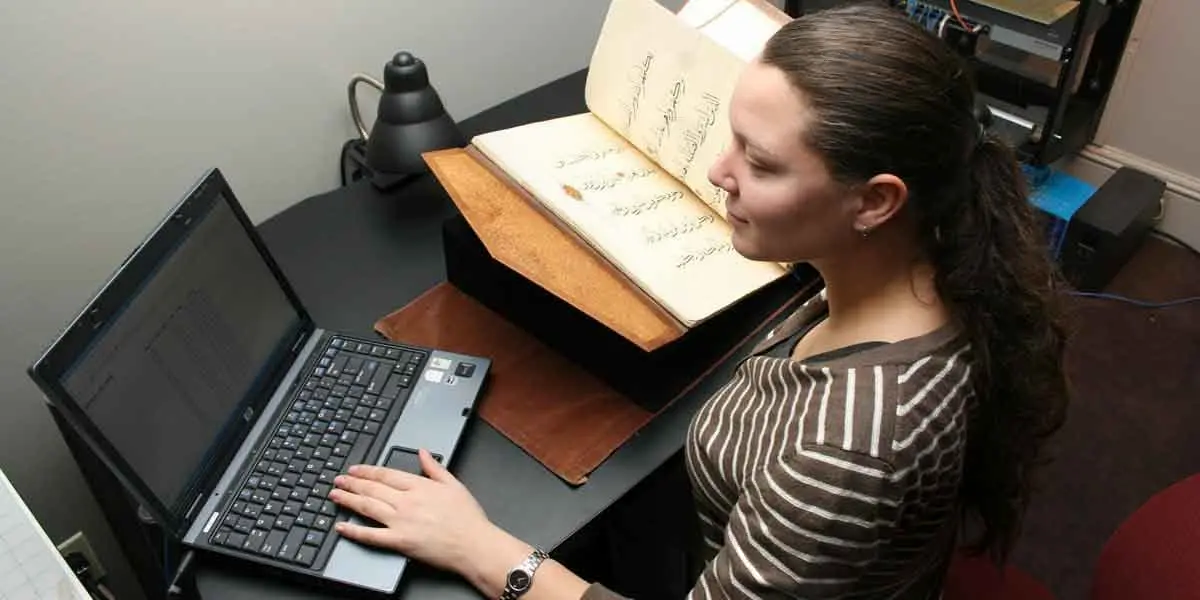
How to Choose Your Next Digital Project Idea

The Most Common Museum Digital Project Types
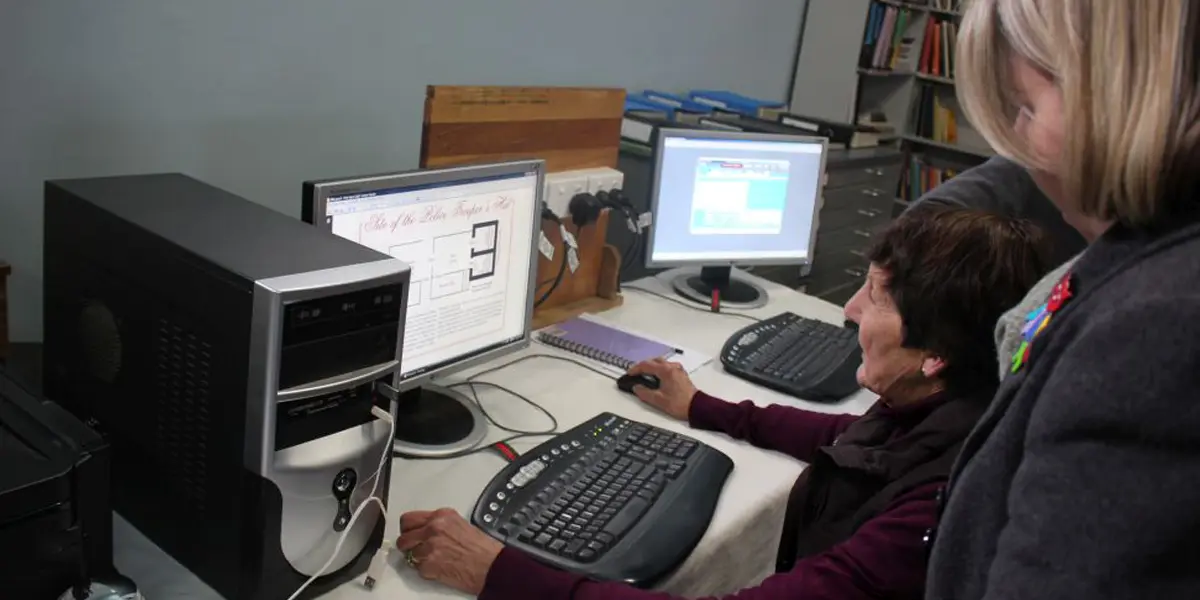
How to Identify Museum Digital Project Ideas

How to Win Museum Grant Funding for “Boring” Projects
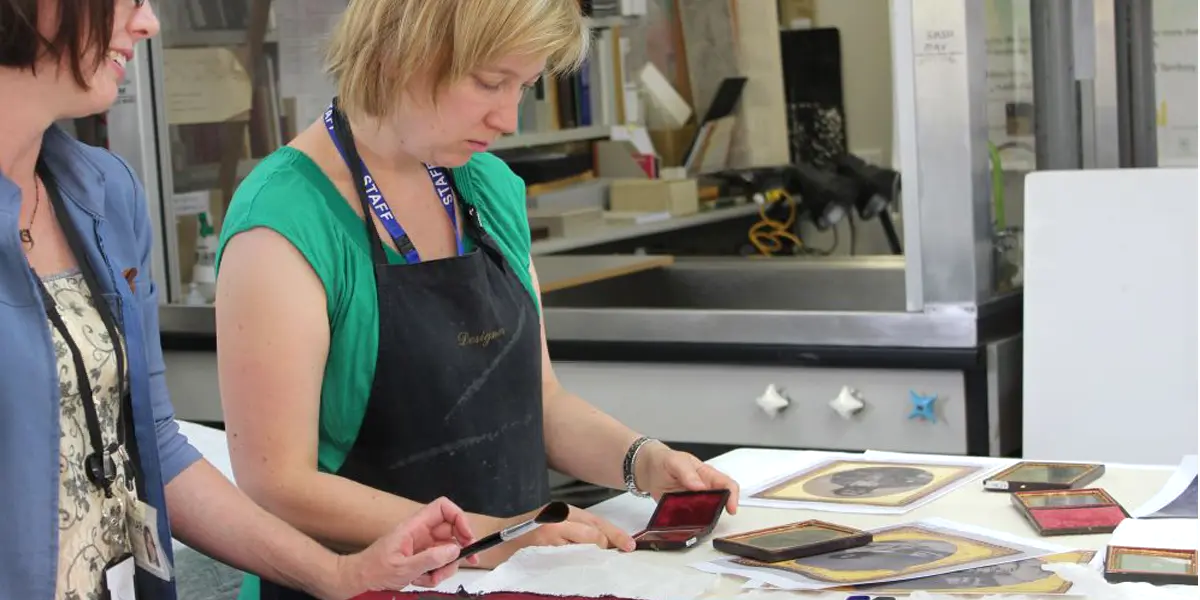
Museum Professional Development: Invest in Yourself
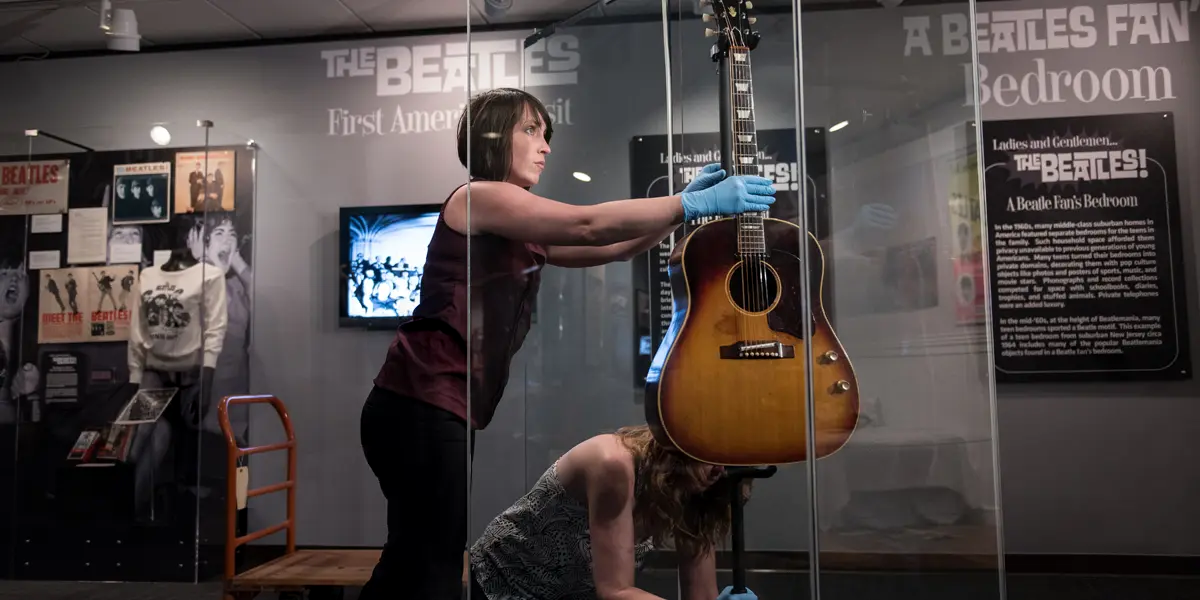
Engage in ‘Degrowth’ for Intentional Museum Work
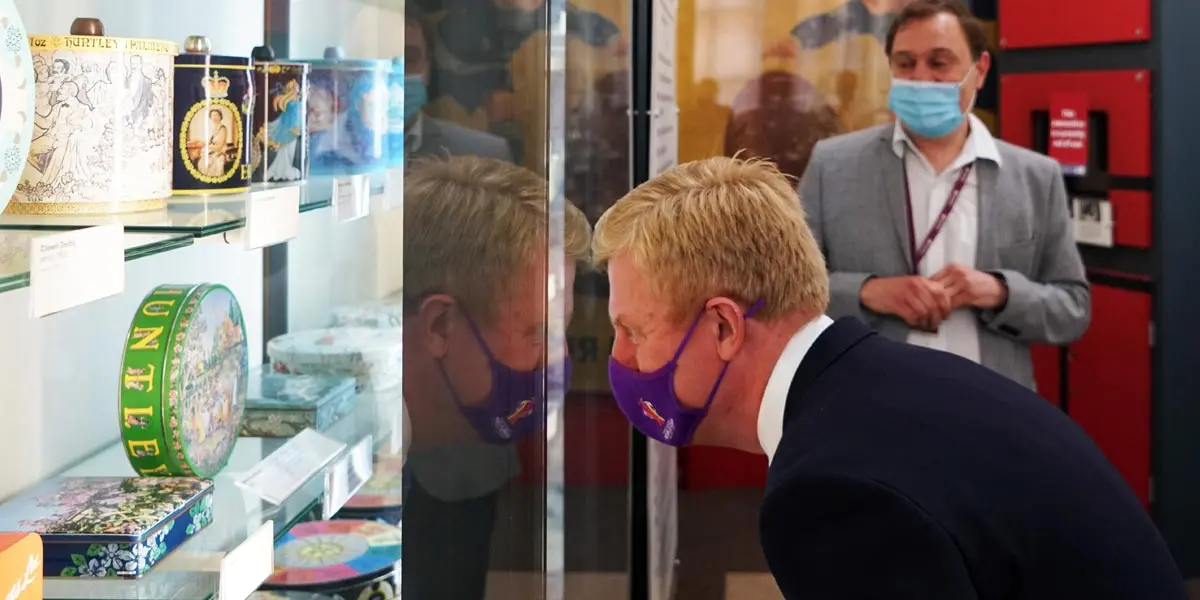
How to Evaluate Your Museum Work and Calculate Your Worth

Create a Museum Grant Writing Roadmap for 2022
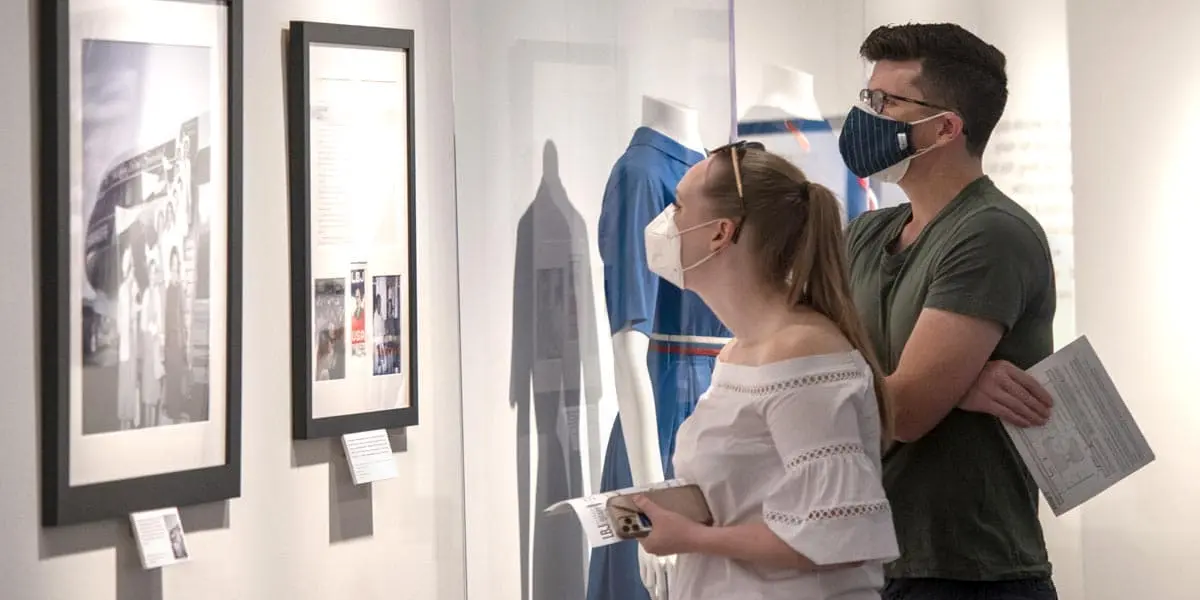
Tips for the Museum Worker: Survival Edition
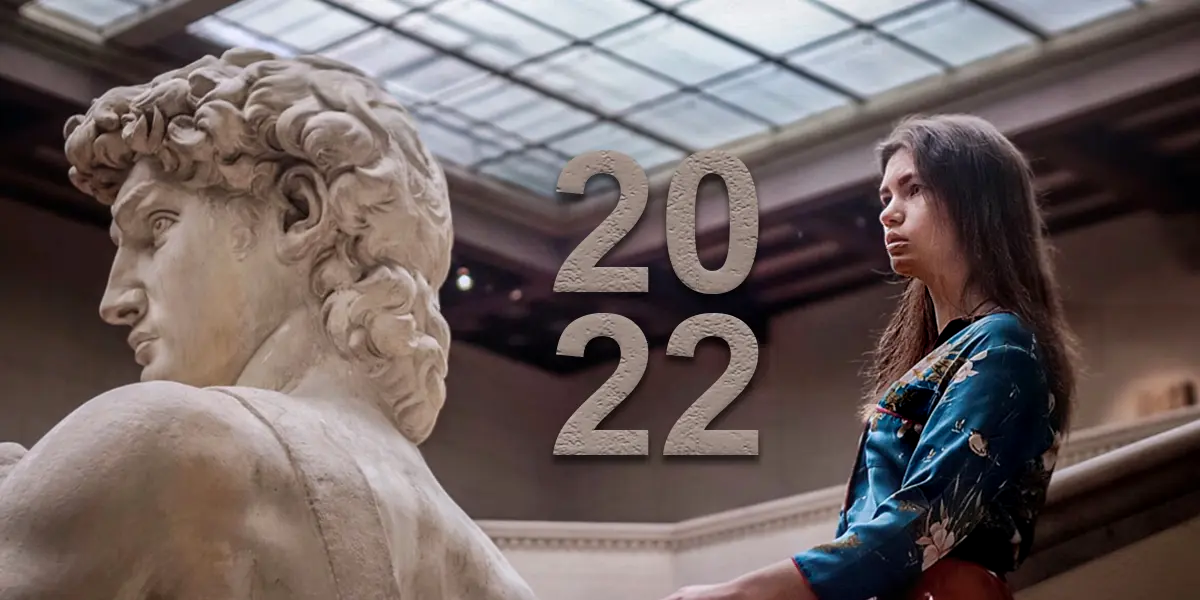
Museum Forecast 2022
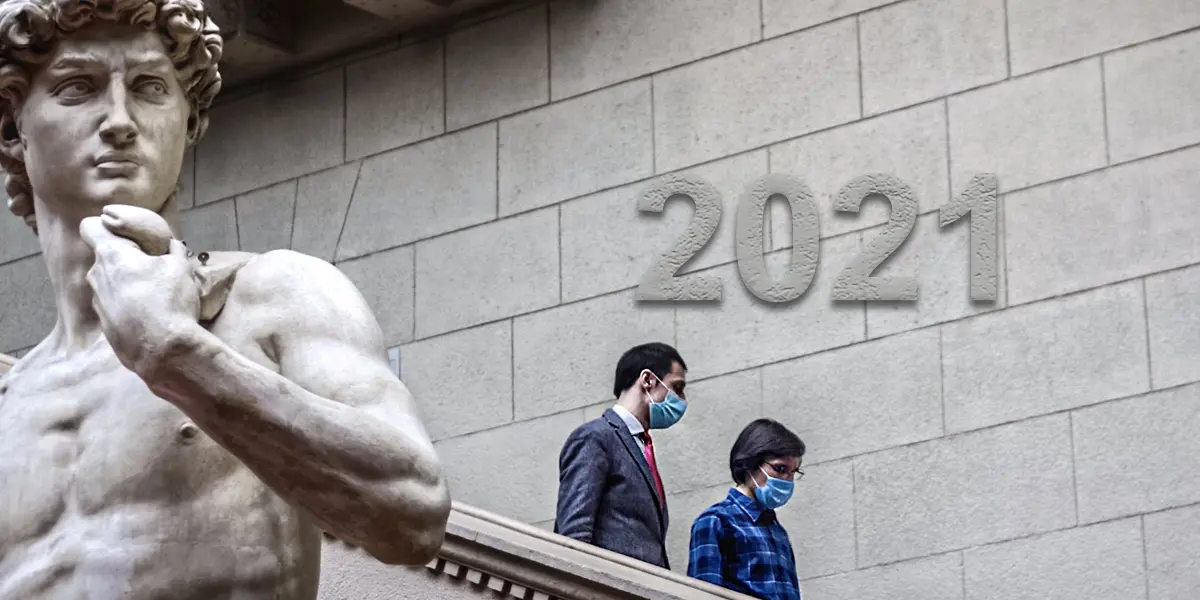
A Year in Review: An Assessment of the 2021 Museum Forecast

7 Actions to Take for Museum Funding Readiness
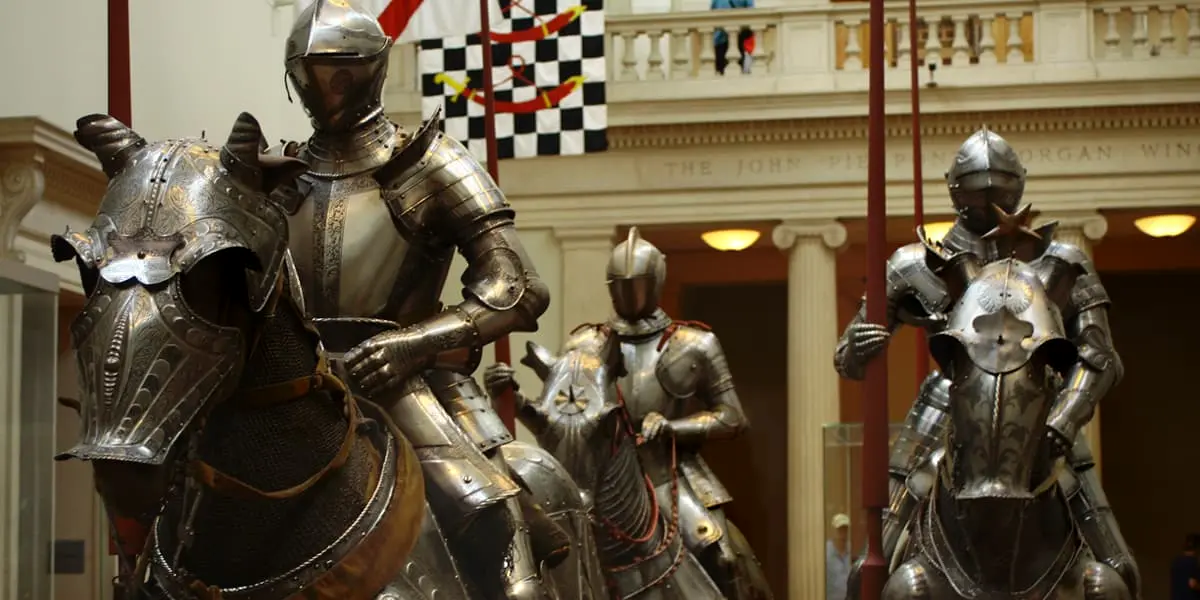
Applying the Liberation Model to Museum Grant Funding Inequity
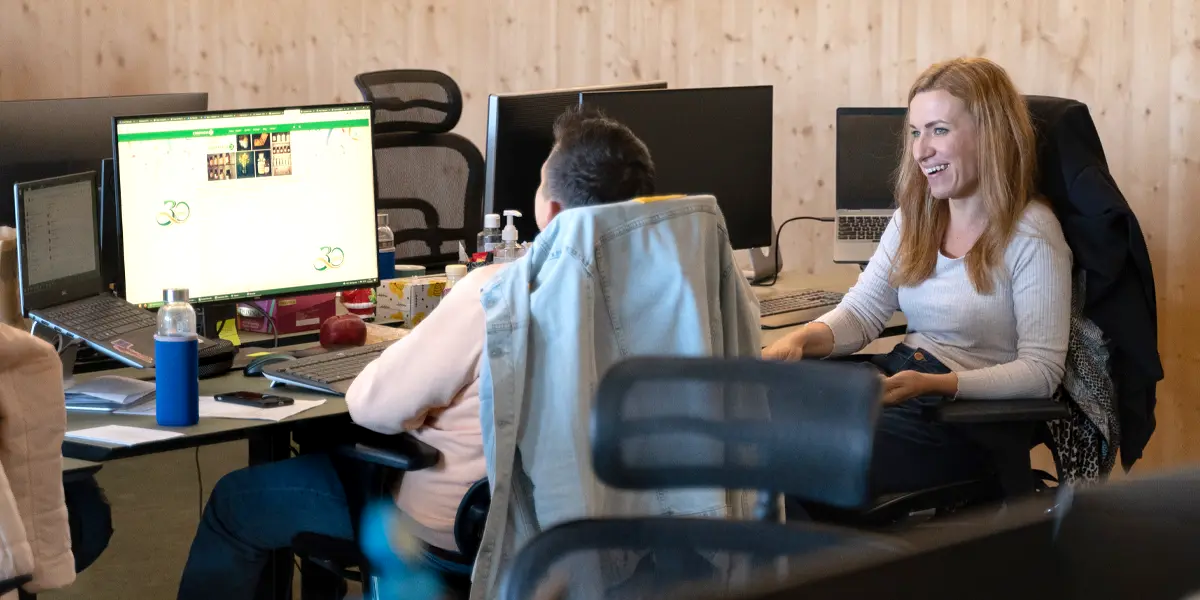
Part 3: Create a Museum Digital Project Workflow that Works

Part 2: Create a Museum Digital Project Workflow that Works
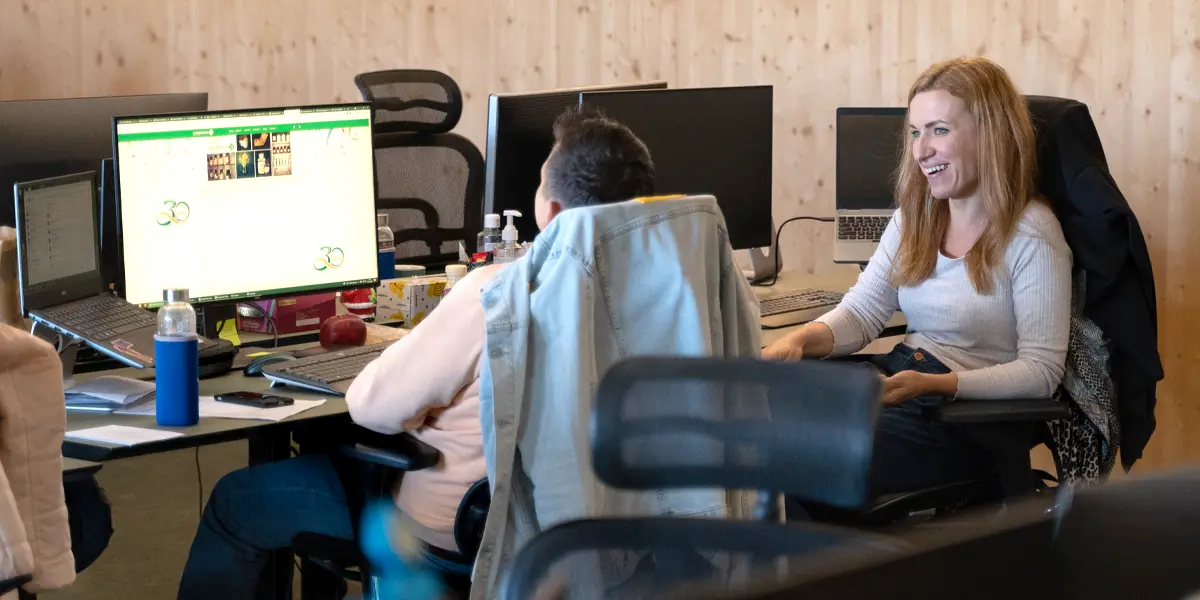
Part 1: Create a Museum Digital Project Workflow that Works

Part 3: How Much Will Museum Digital Projects Cost Me?

Part 2: How Much Will Museum Digital Projects Cost Me?
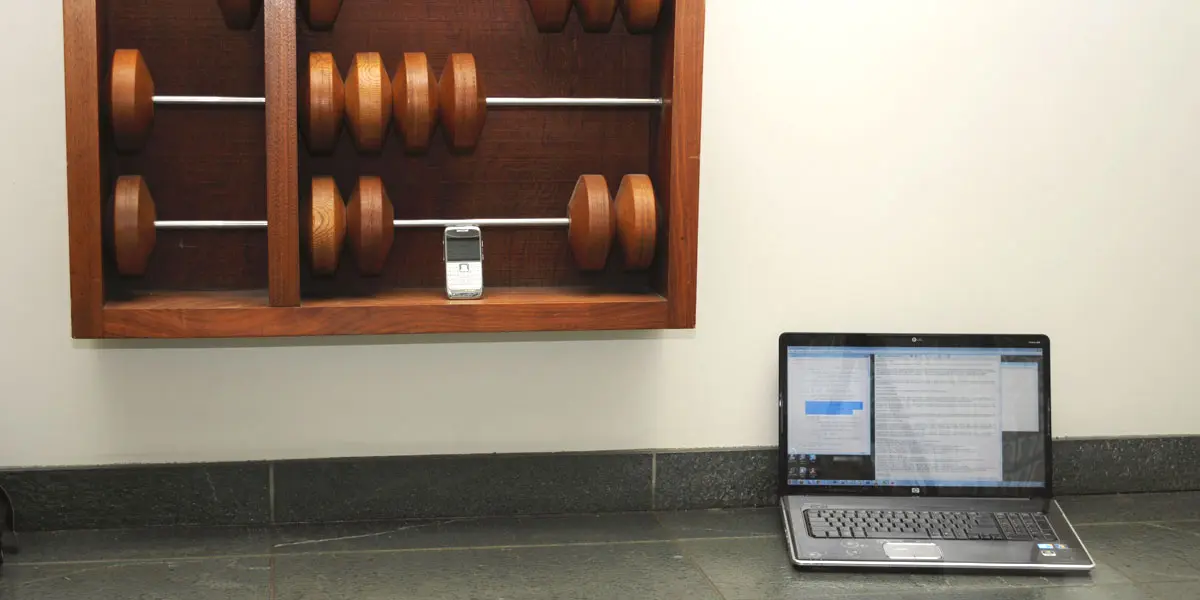
Part 1: How Much Will Museum Digital Projects Cost Me?
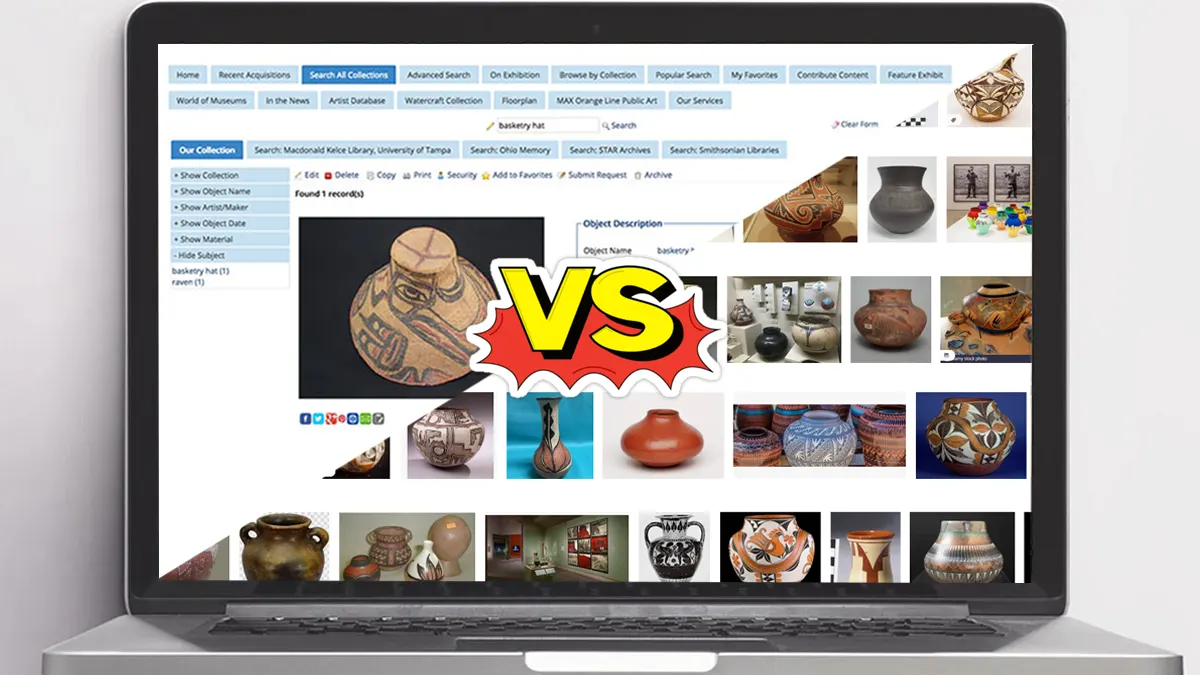
Figuring out a Museum DAMS Solution When You Only Have a CMS
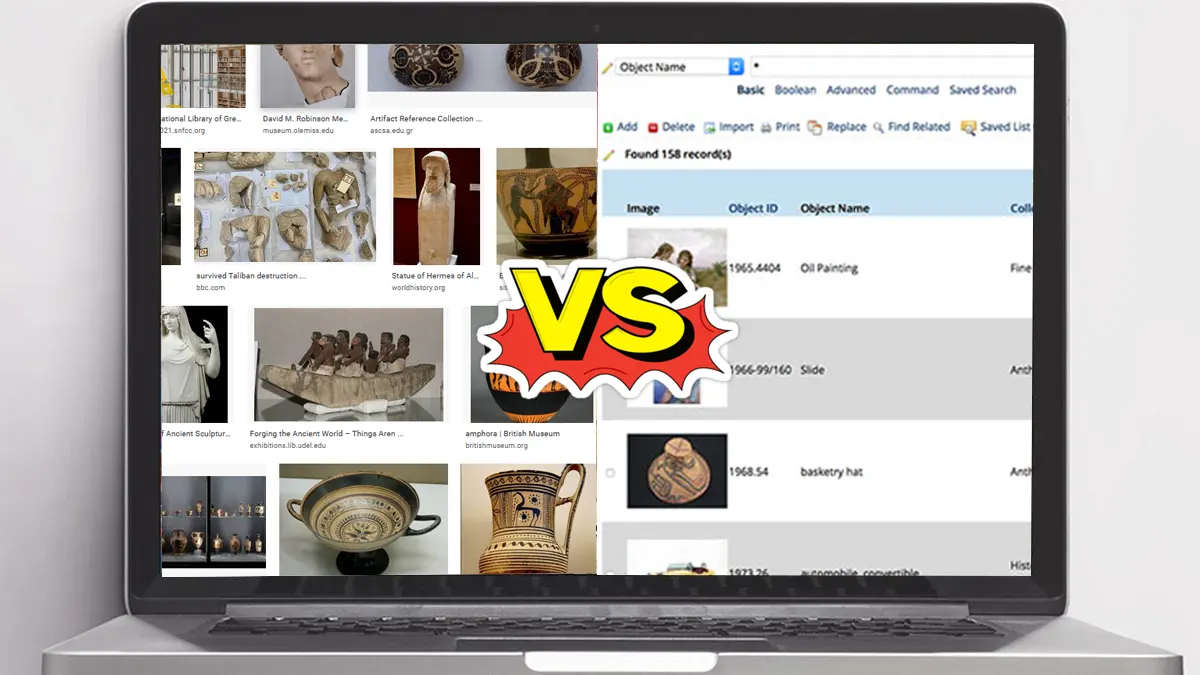
The Evolution and Overlap of Museum DAMS and CMS
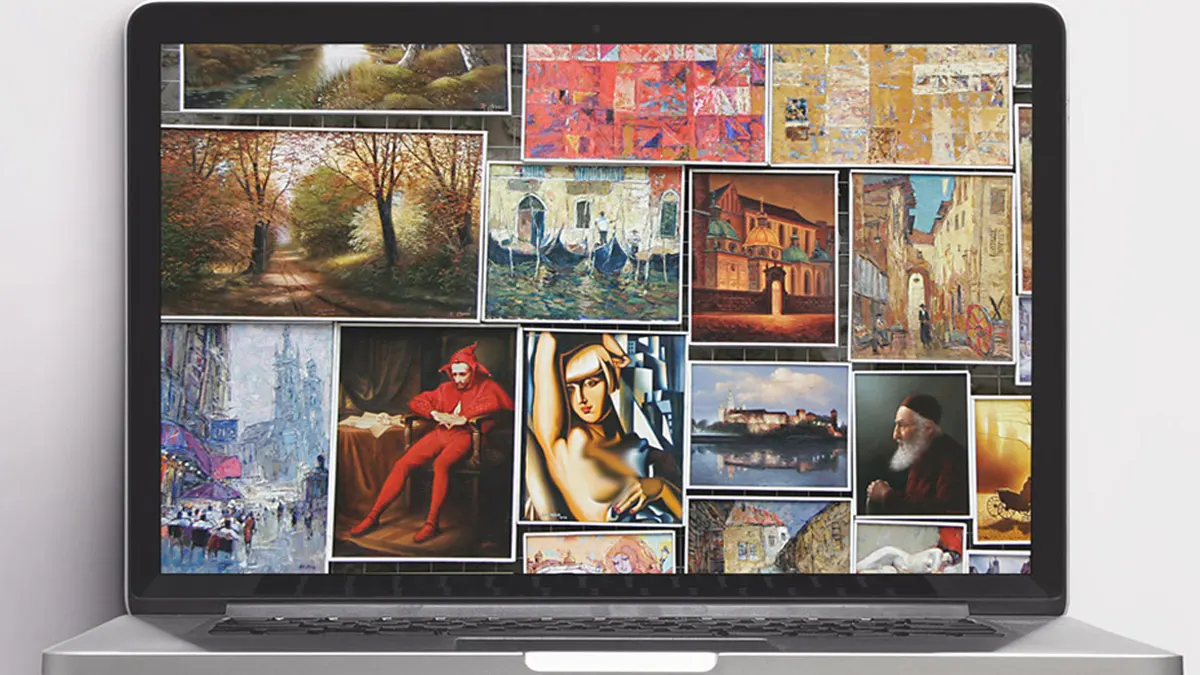
Does Your Museum Need a DAMS?
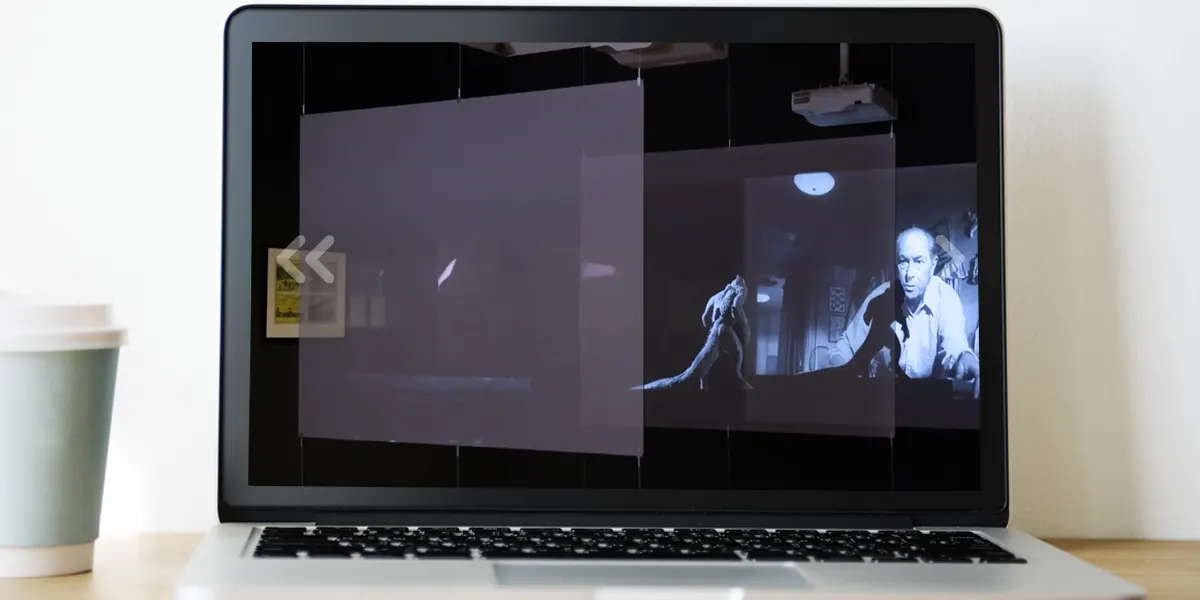
Ray Harryhausen | Titan of Cinema: Reminiscing with Fantastical Creatures from Childhood
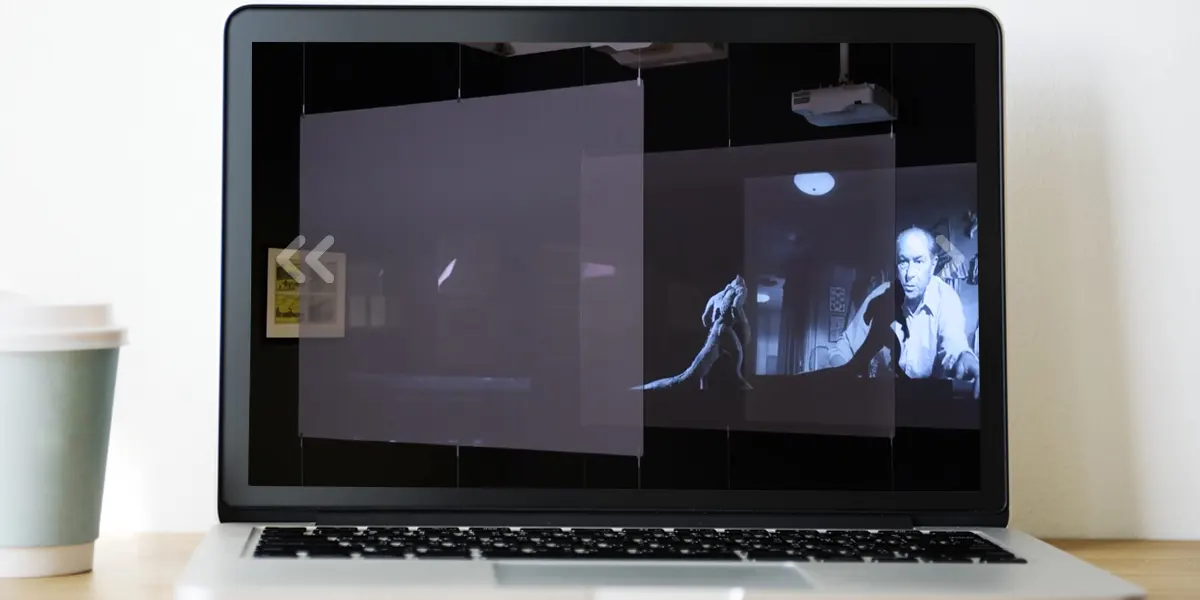
Ray Harryhausen | Titan of Cinema: How the Archives Enrich Virtual Exhibit Storytelling
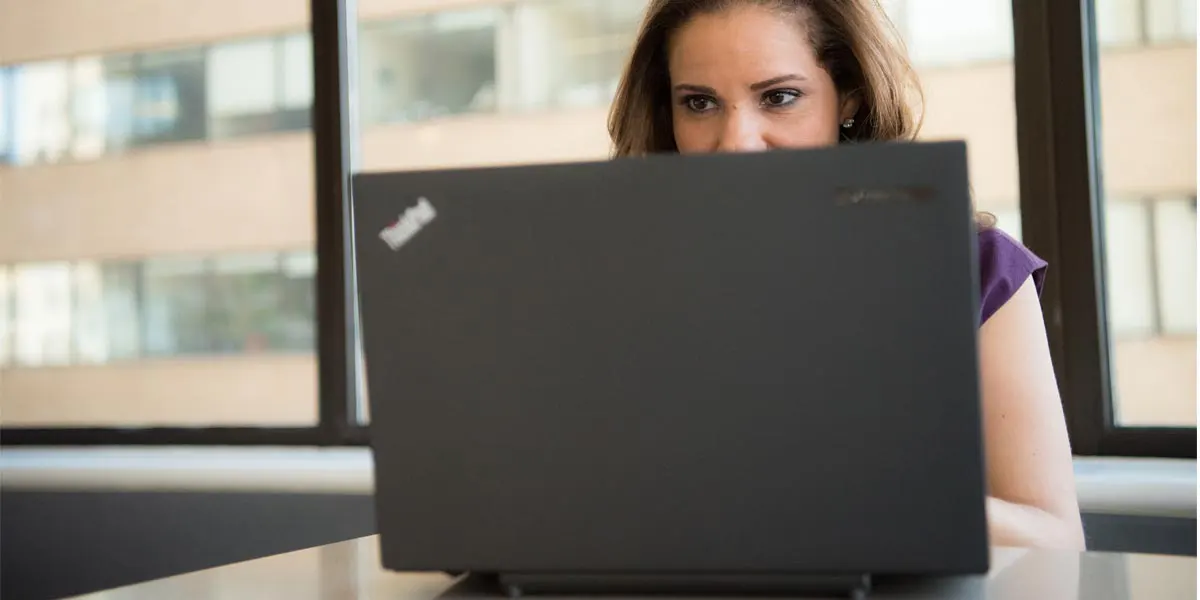
How to Choose the Right Tools for Museum Digital Projects

Include these Museum Digitization Standards in Your Next Project
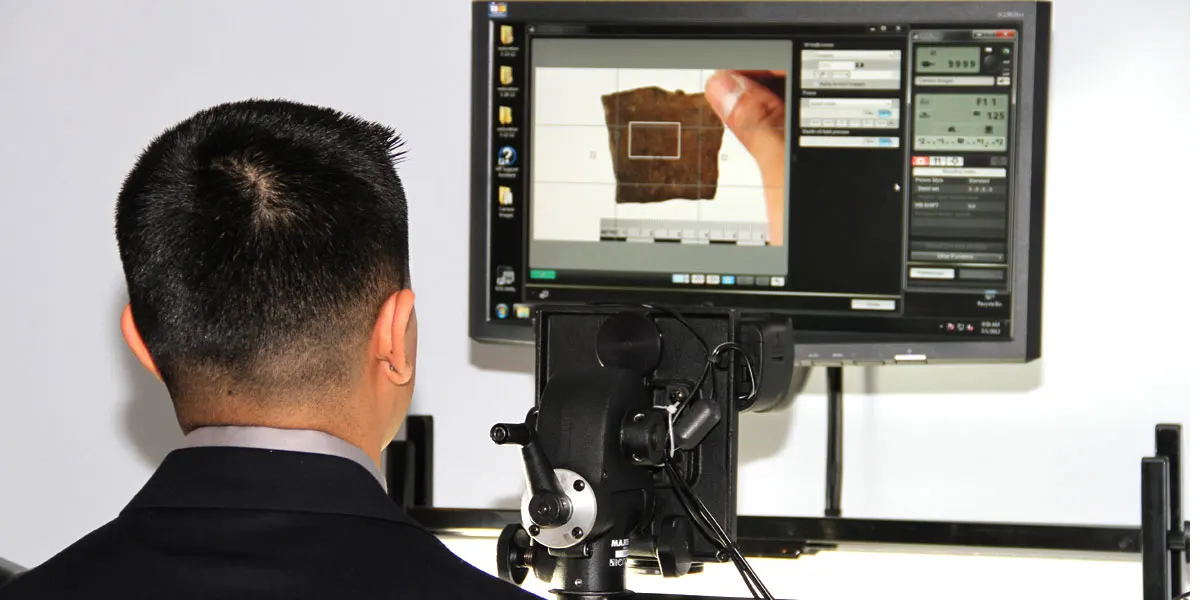
Considering Museum Digitization Tools by Item Type
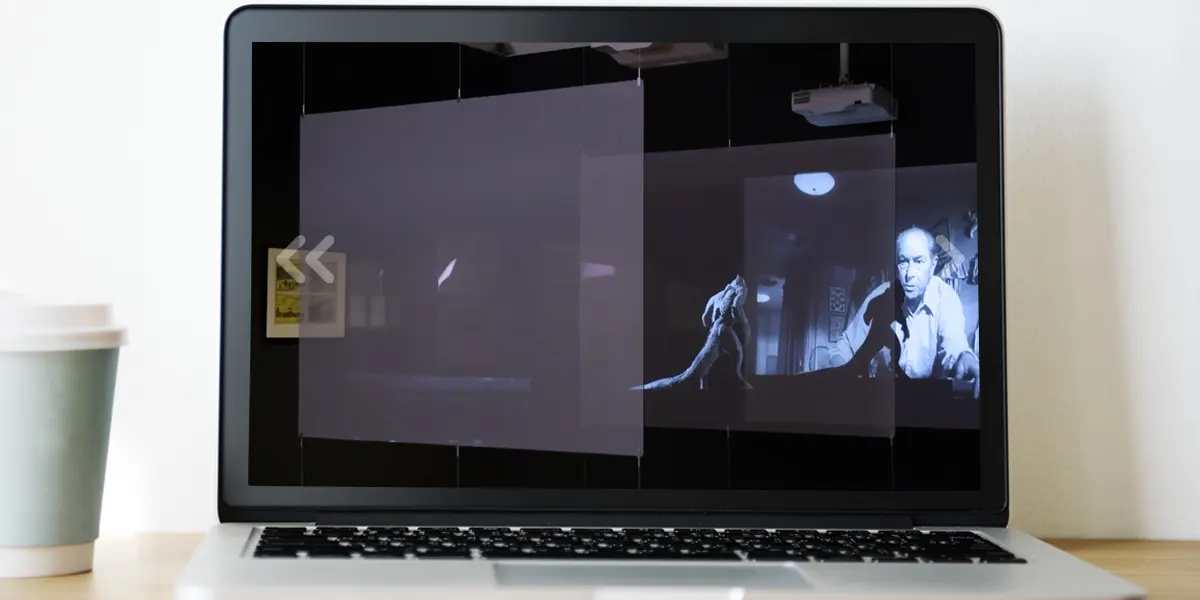
Ray Harryhausen | Titan of Cinema: The Translation from Physical to Virtual
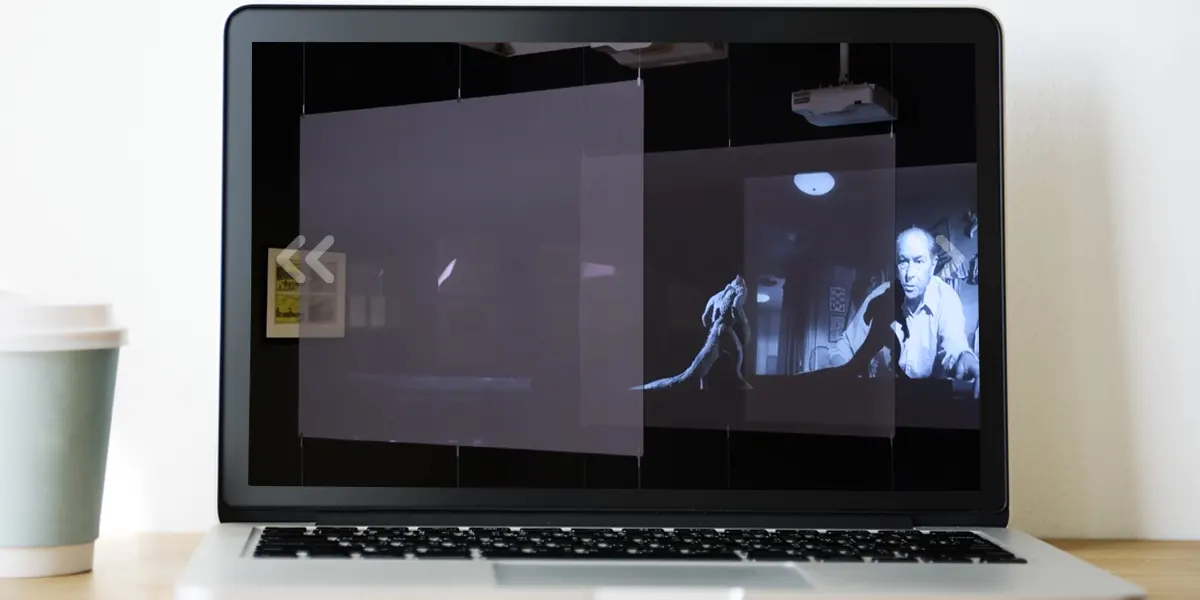
Ray Harryhausen | Titan of Cinema Virtual Exhibition Experience

The Top 3 Museum Digital Project Strategies That Lead to Success

How to Establish Museum Digital Project Core Areas

A Thoughtful Approach to Museum Digital Project Creation
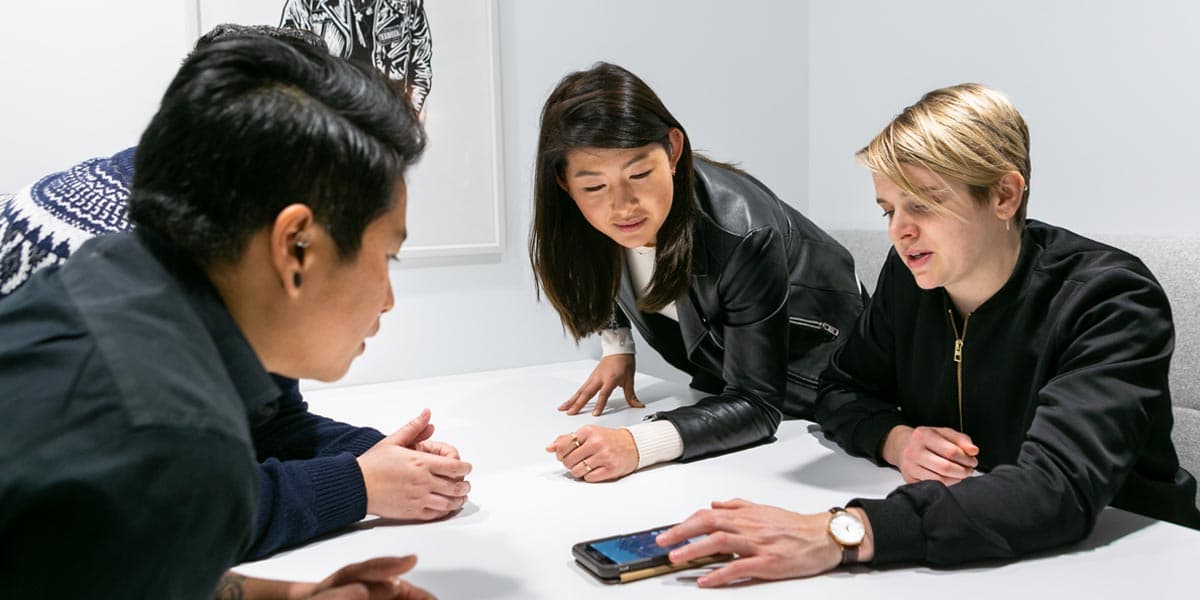
The 4 Most Important Museum Digital Project Components
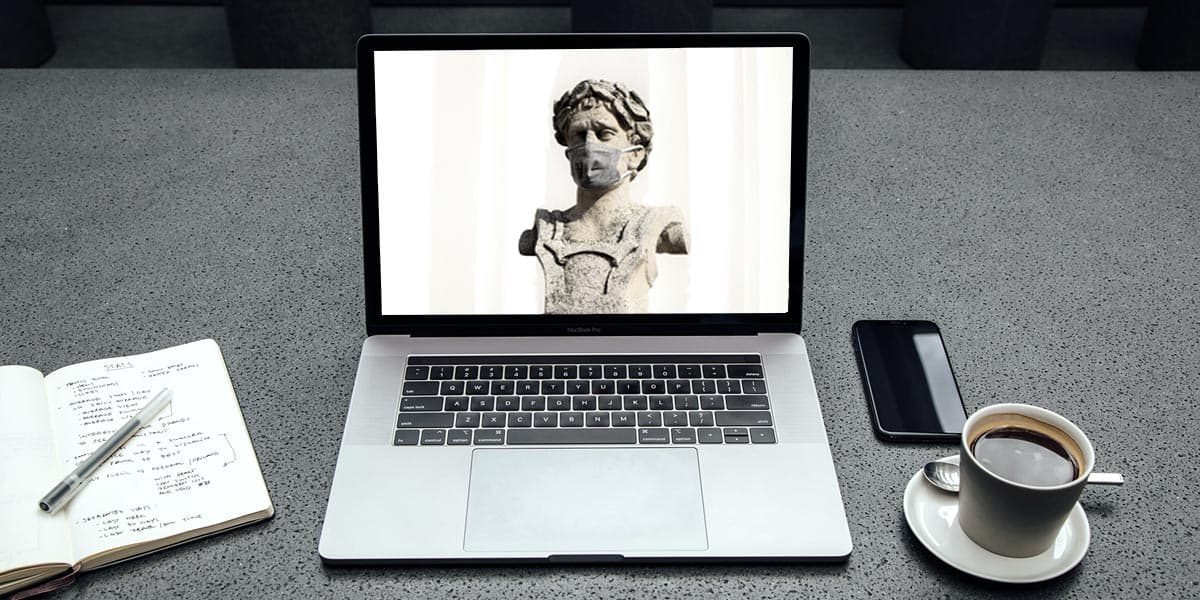
How COVID Has Changed Museum Digital Projects Forever
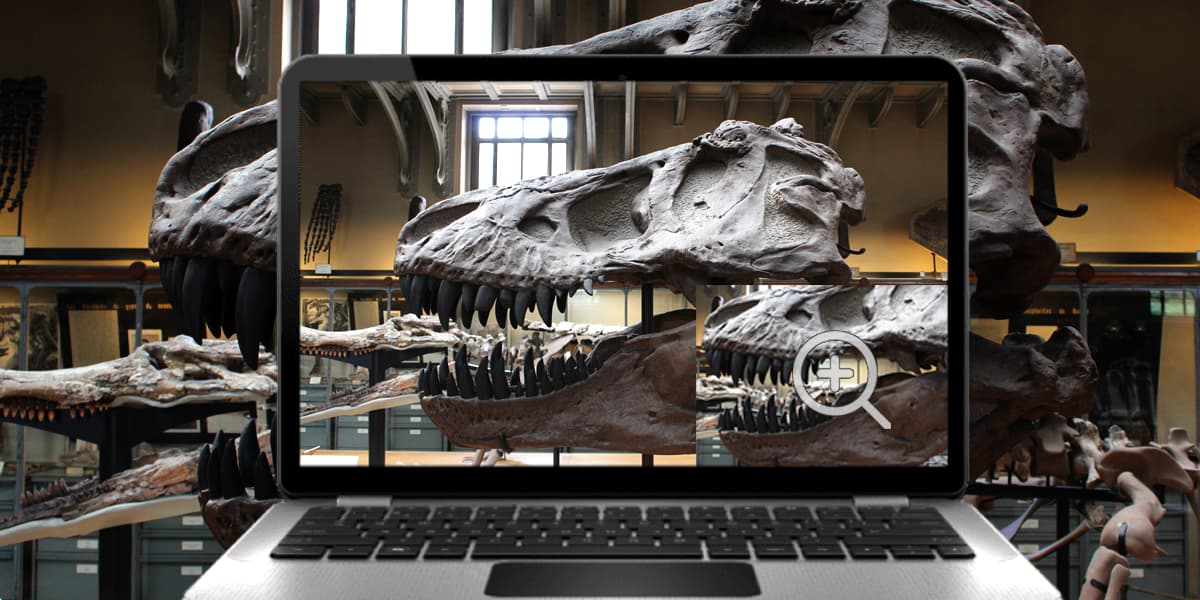
The Difference Between Museum Digital Programs and Projects
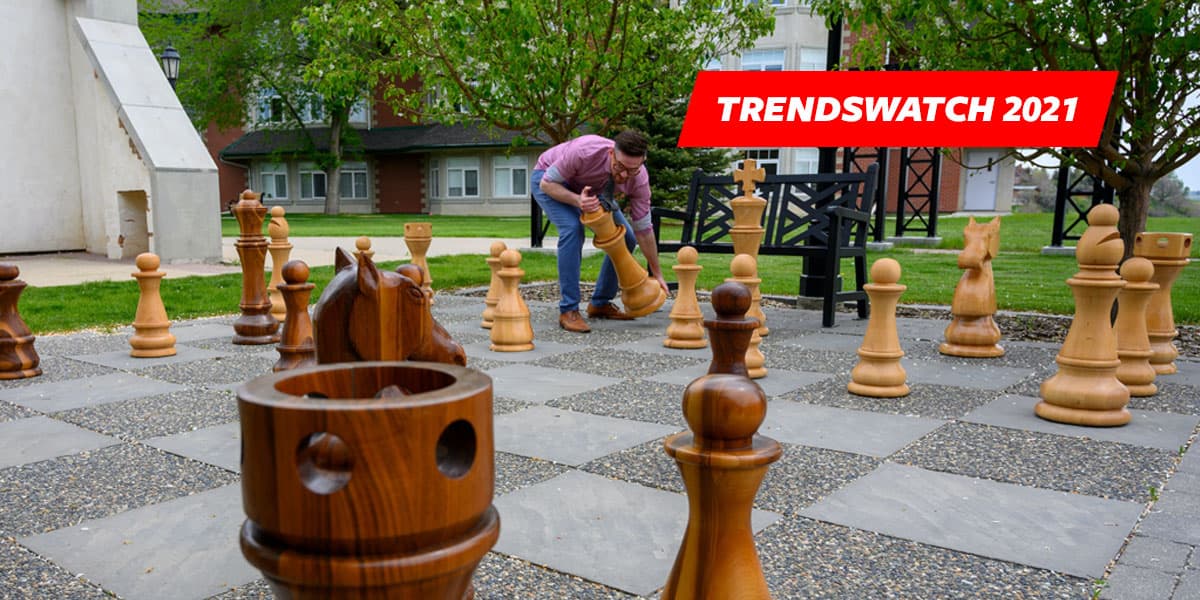
TrendsWatch 2021: Strategic Foresight
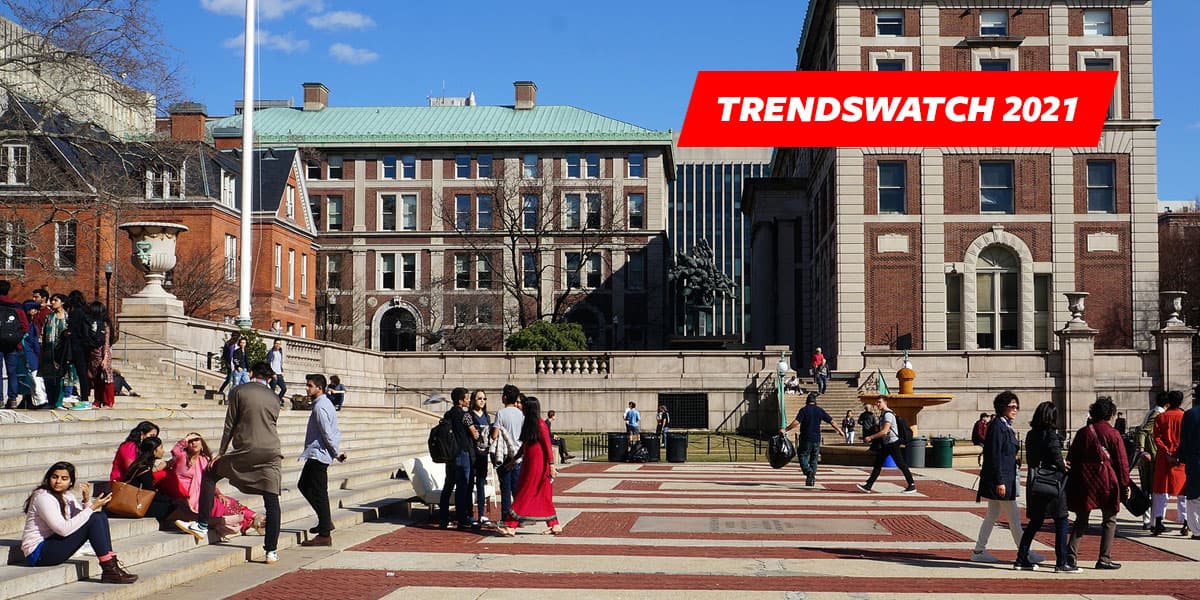
TrendsWatch 2021: COVID on Campus
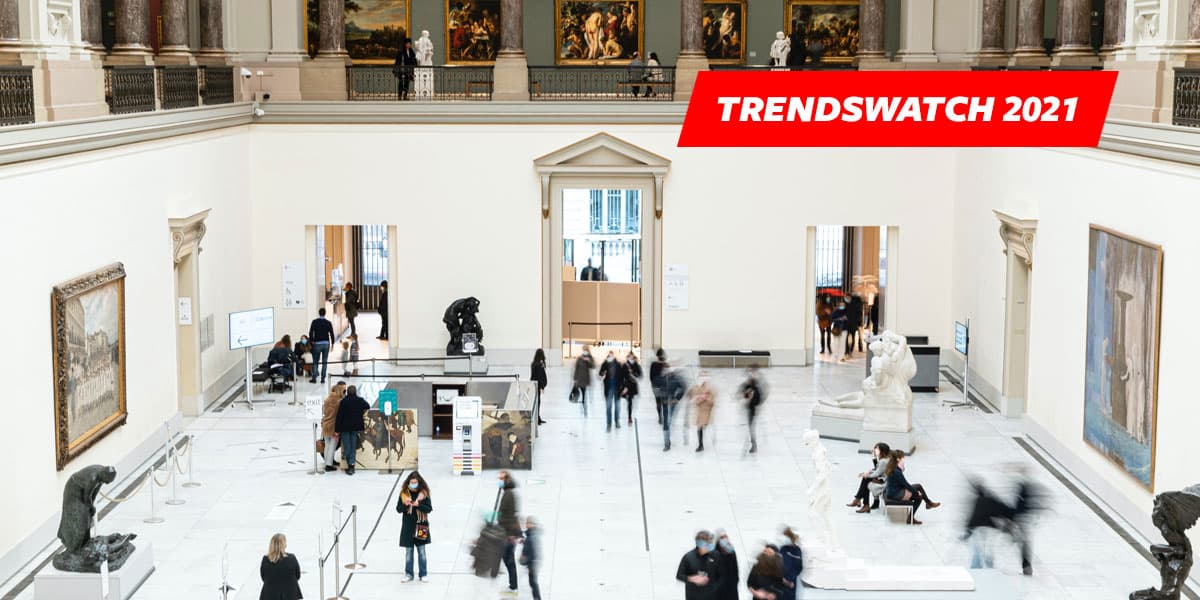
TrendsWatch 2021: Who Gets Left Behind?
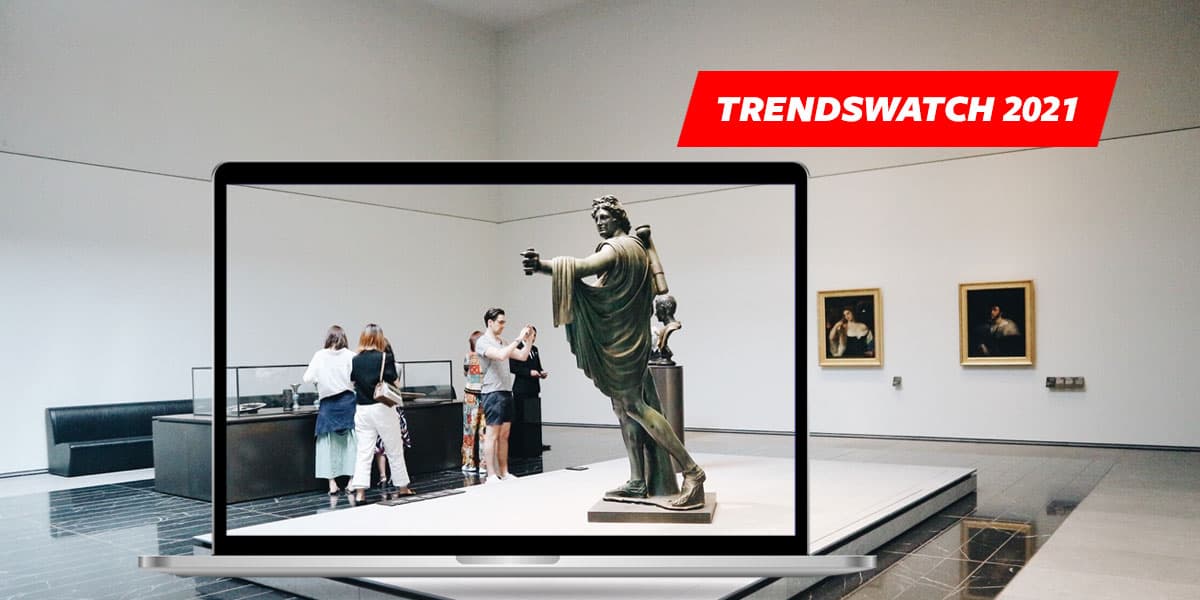
TrendsWatch 2021: Digital Awakening
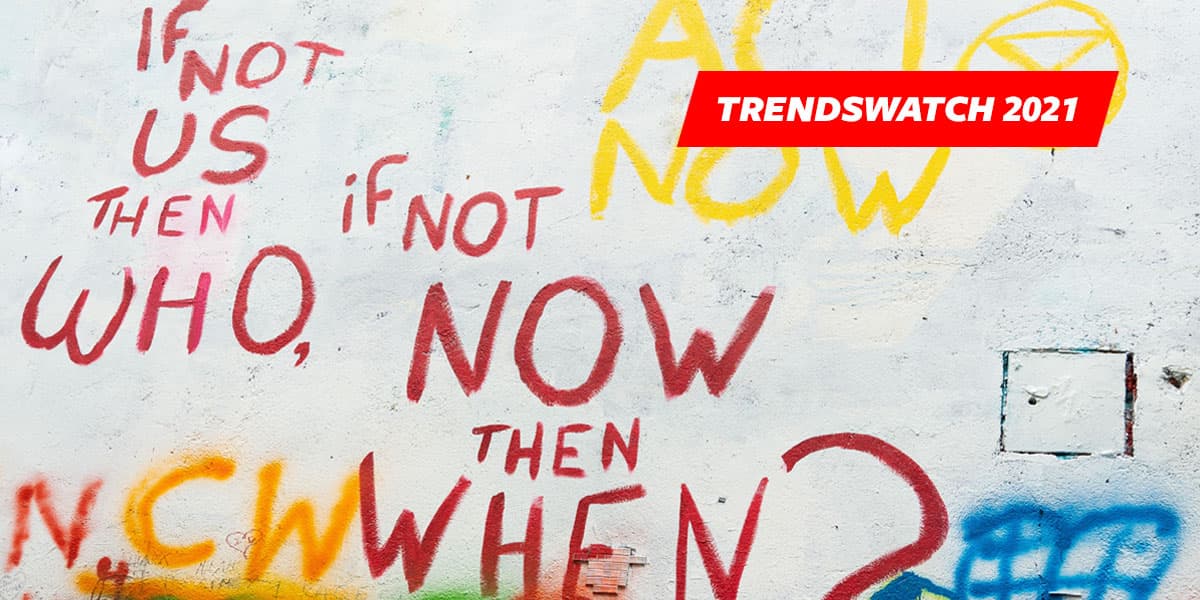
TrendsWatch 2021: Closing the Gap
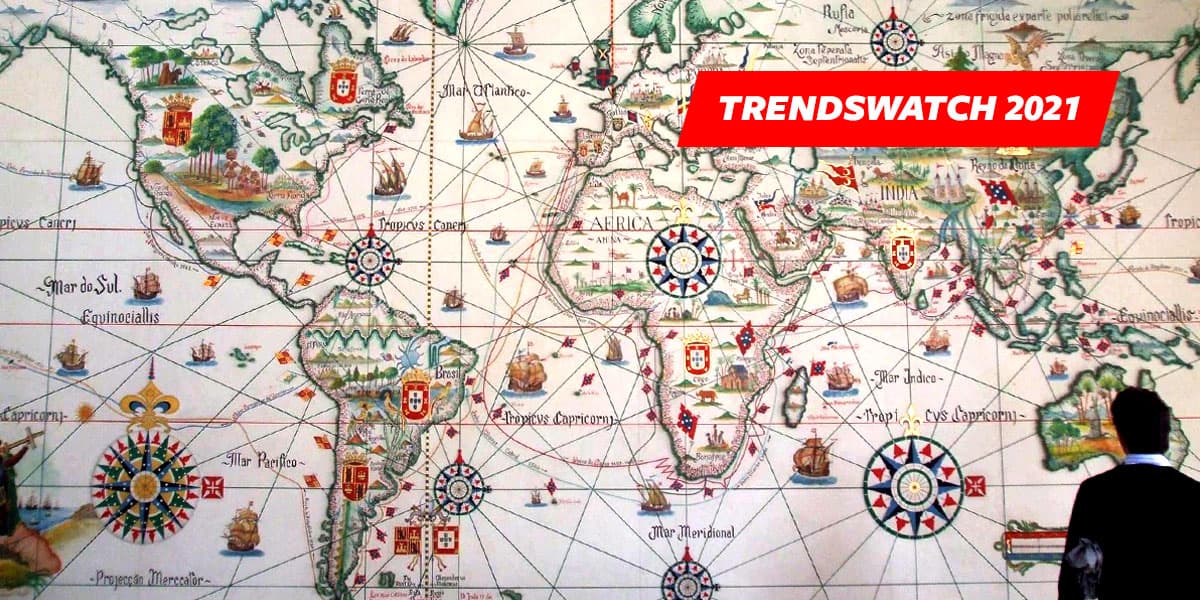
TrendsWatch 2021: Navigating a Disrupted Future

How to Make Your Museum Grants Search More Efficient
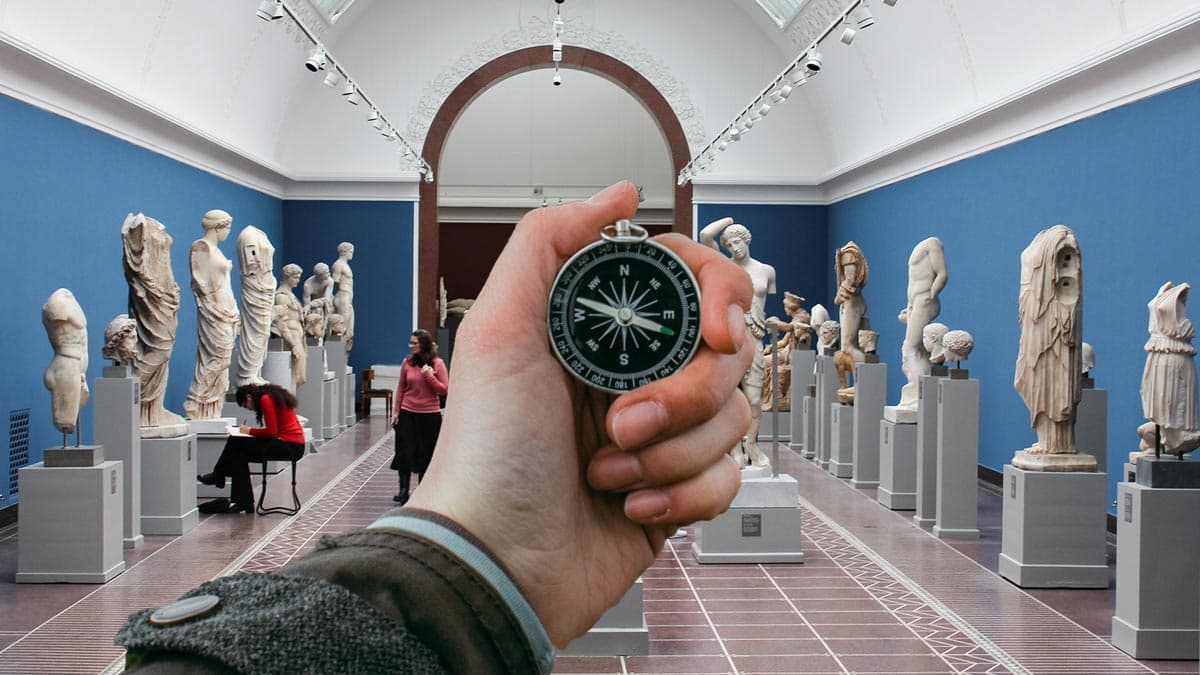
Where are the Best Places to Find Museum Grants? Part 2
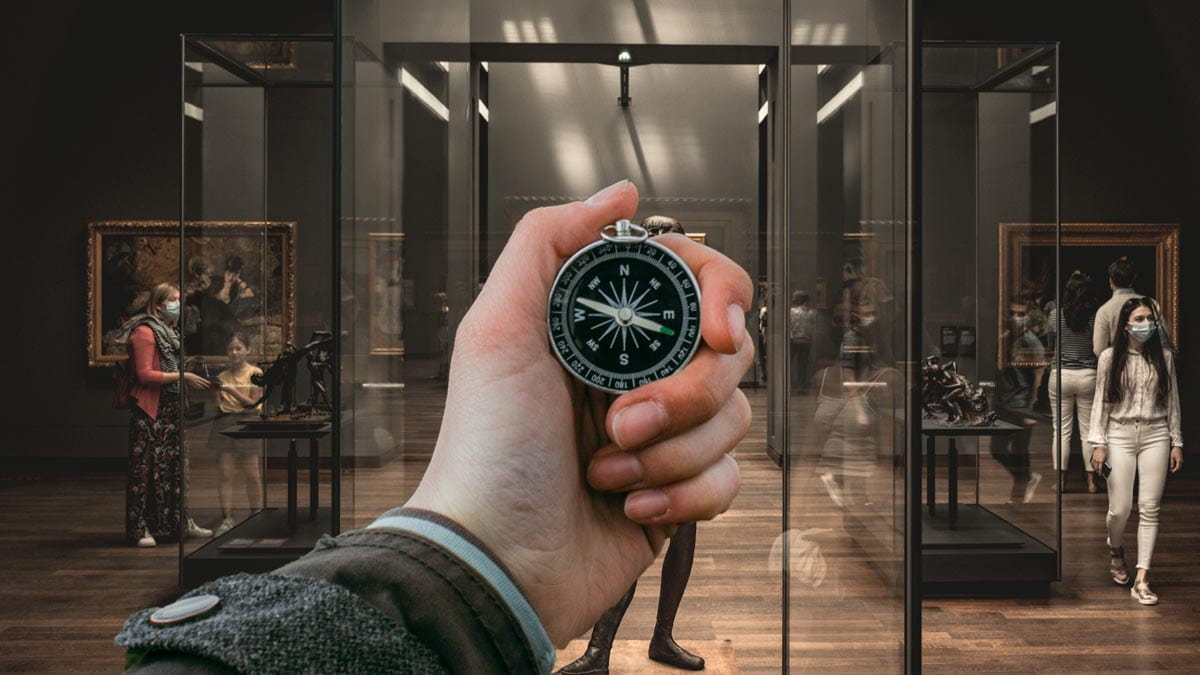
Where are the Best Places to Find Museum Grants? Part 1
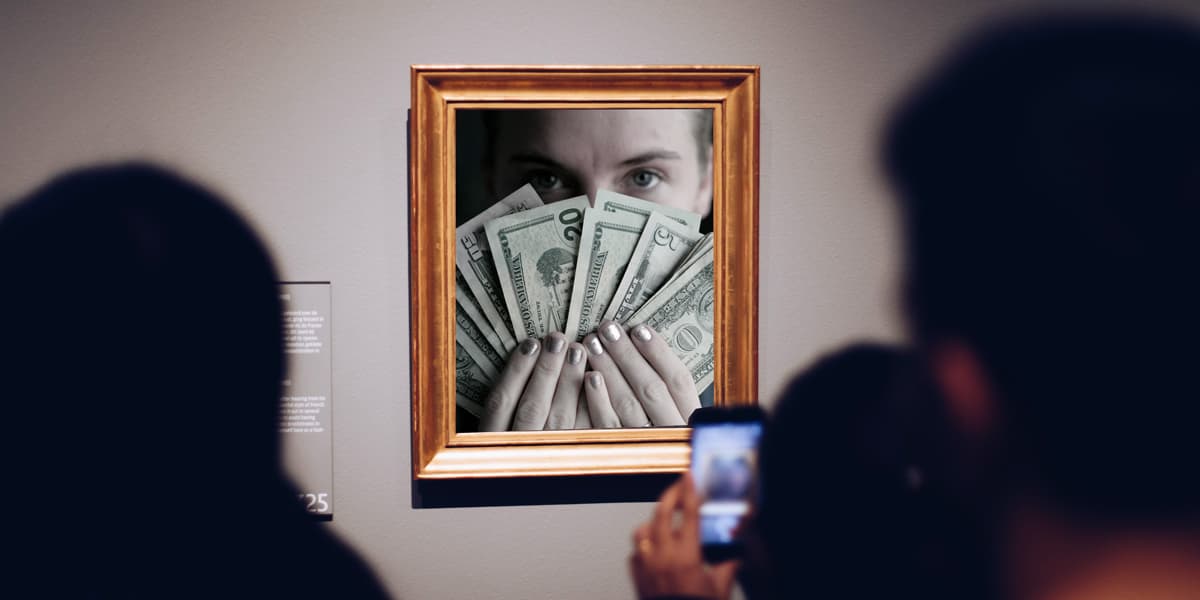
The First 3 Things to Do if You’re New to Museum Grants

Museum Forecast 2021
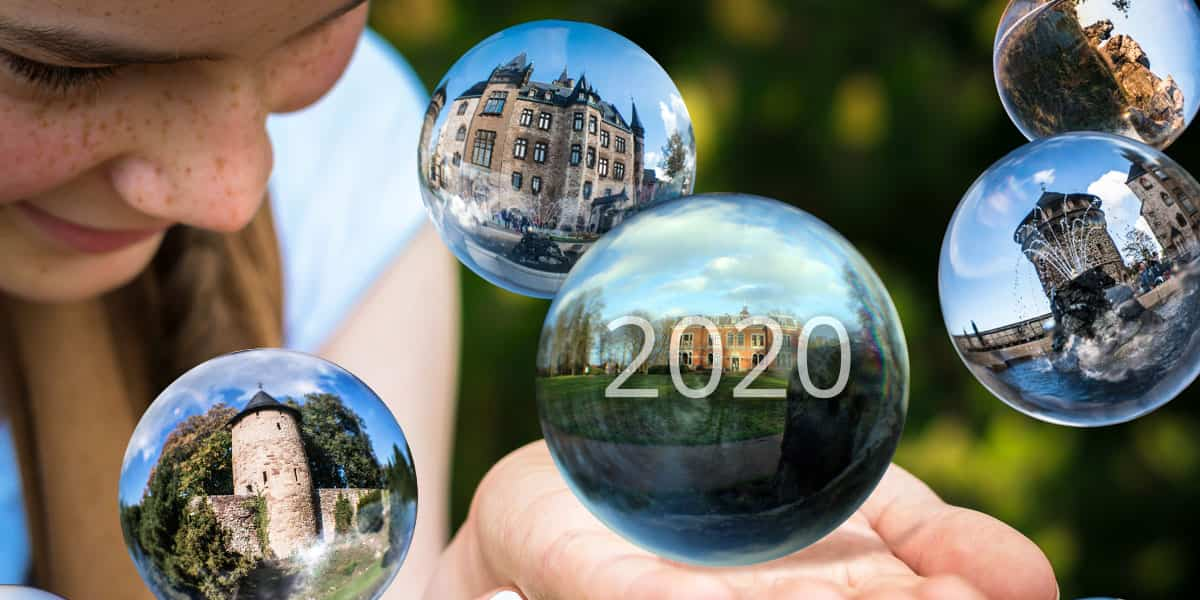
Revisiting 2020’s Museum Issues; Some Progress

The CMS: What’s Essential, What’s Hackable, and What Does It Cost?

The Essentials for a Discoverable CMS

Digital Asset Management Systems Vs Collections Management Systems; Part 2

Digital Asset Management Systems Vs Collections Management Systems; Part 1

LAMs are More Alike Than Different: Generational Change

LAMs are More Alike Than Different: Physical vs Digital Nature of the Work
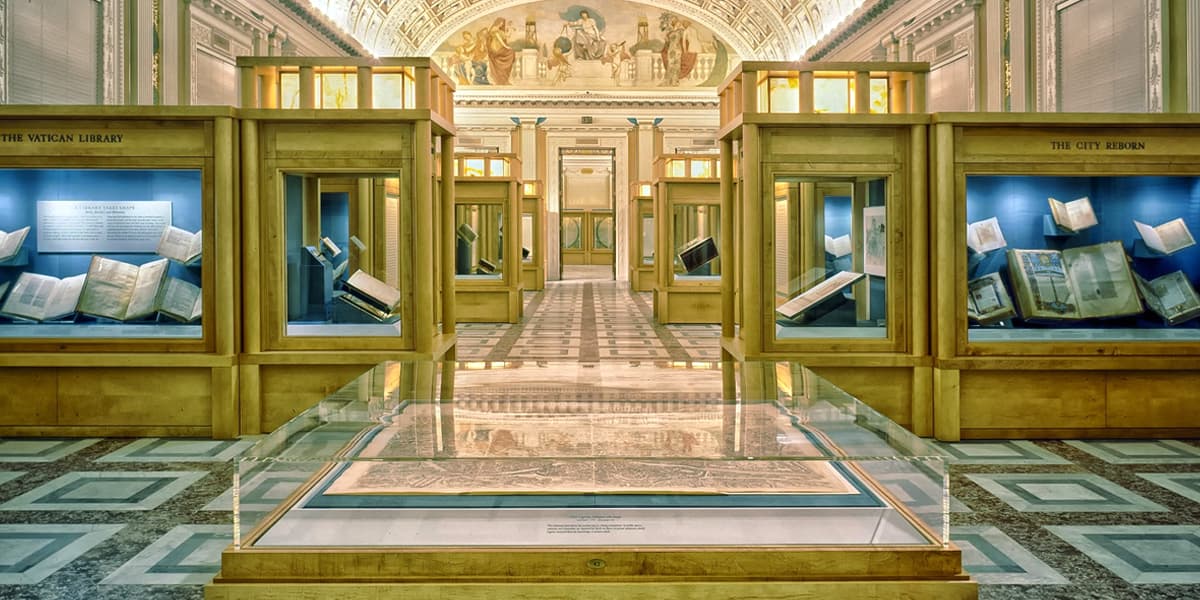
LAMs are More Alike Than Different: Precarious Labor

CMS Data Can Prove the Value of Collection Work
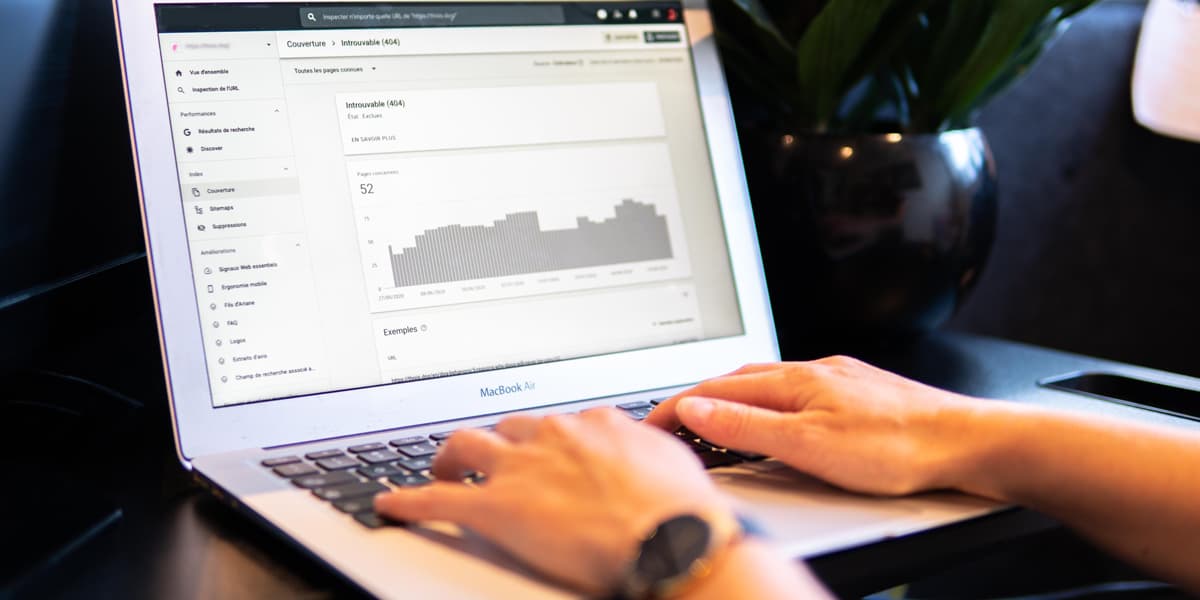
How to Make Museum CMS Data Work for You
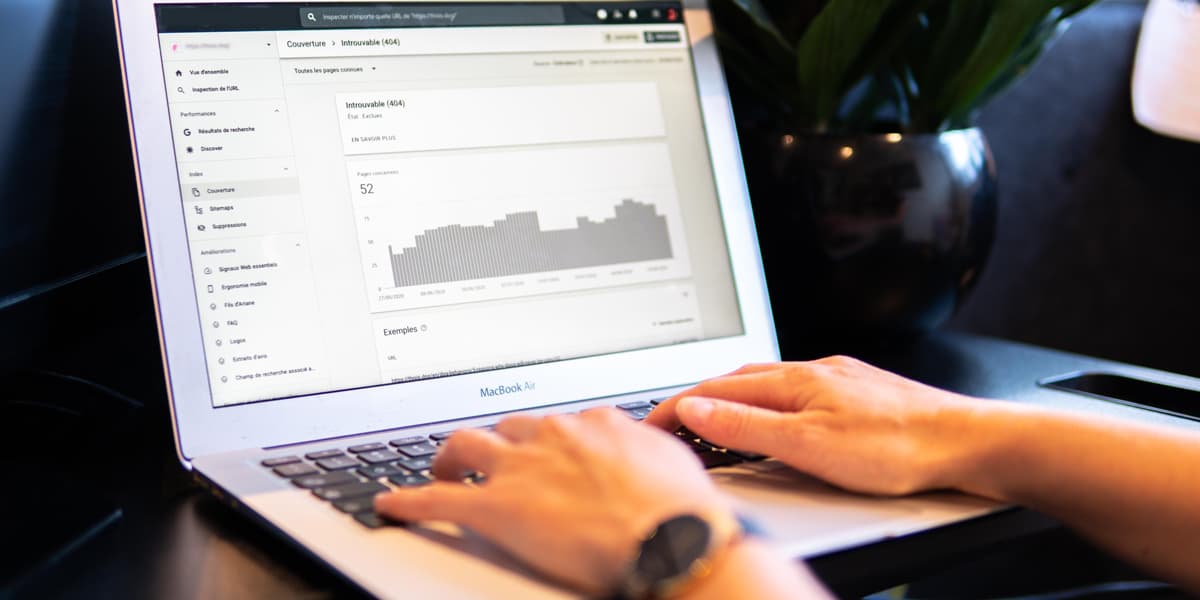
You Need to Pay Attention to This Museum CMS Data

LAMs are More Alike Than Different: Disaster Preparedness

The Benefits of a Discoverable CMS

How to Test and Improve the SEO of Your Museum CMS

SEO and the Discoverable Museum CMS

We Invite You to Leverage a New Grant Resource for LAMs

A Multimedia Museum CMS Supports User Experience Best Practices

Meet Baseline Visitor Expectations with a Multimedia Museum CMS

A Multimedia Museum CMS Makes a Bigger Picture Possible

The Benefits of an Integrated Museum CMS Front and Back-End

The Cost Involved When the Museum CMS Front-End is Separate or Less Than

Considering Different Options for Delivering a Museum CMS Public Portal
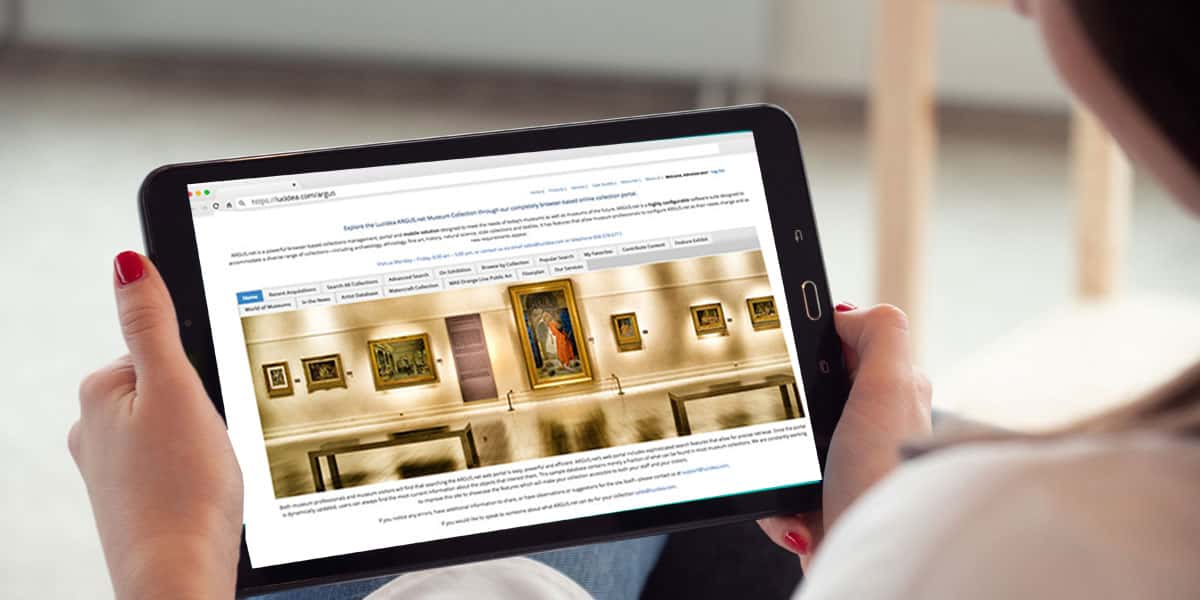
How to Improve Collection Discovery in the Museum CMS

The Internal Uses and Benefits for a Mobile Museum CMS
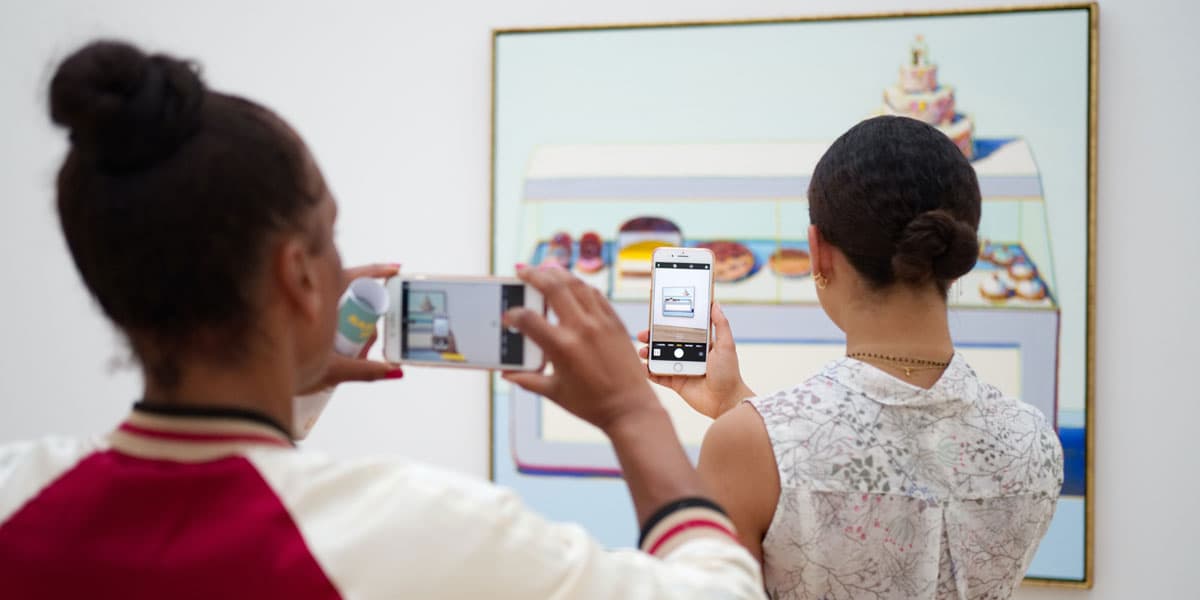
The External Uses and Benefits for a Mobile Museum CMS
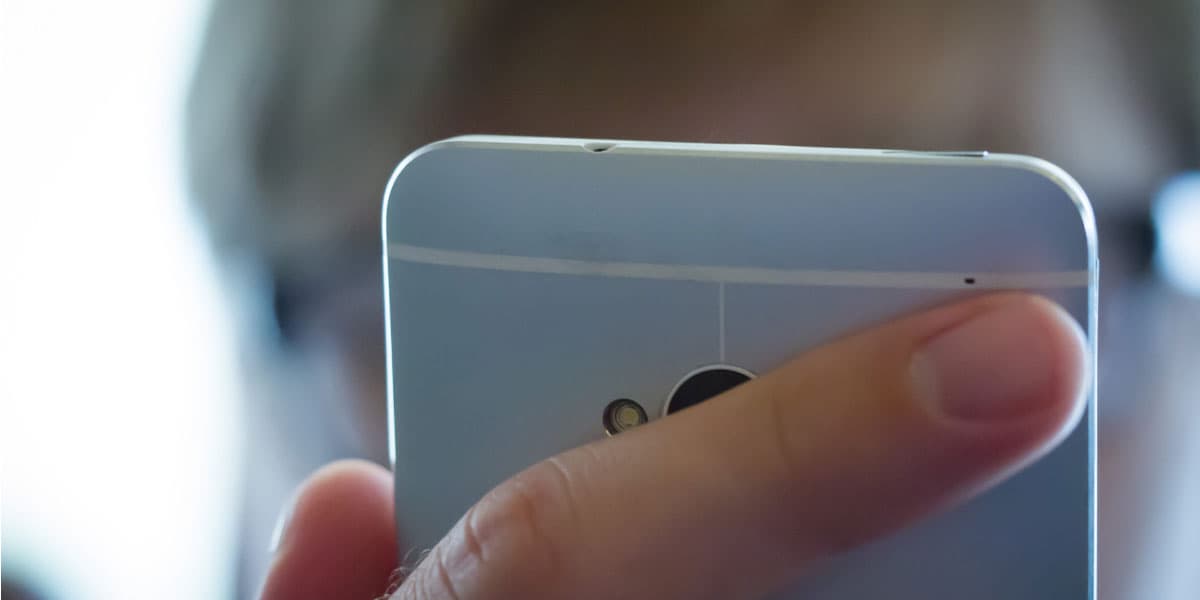
The Future is Here: Why Your Museum CMS Must be Mobile
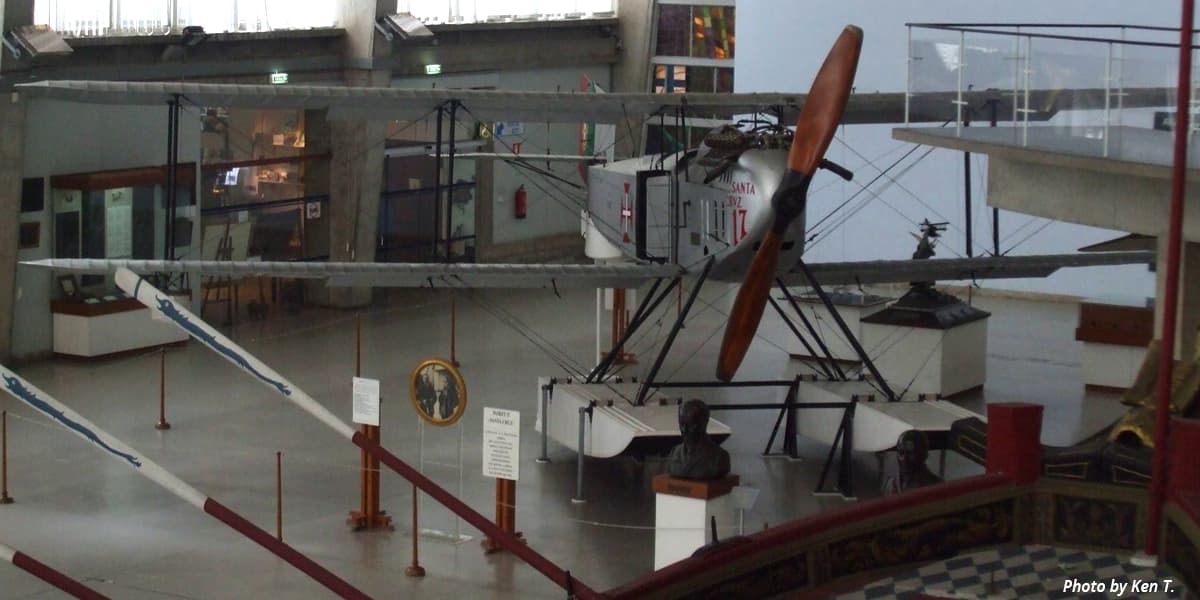
Left Behind: The Inequity of Pandemic Relief Funds

How to Sell an Off-the-Shelf Museum CMS to Your Boss

What to Look for in an Off-the-Shelf Museum CMS

Off-the-Shelf Museum CMS: When to Buy One and Where to Find One
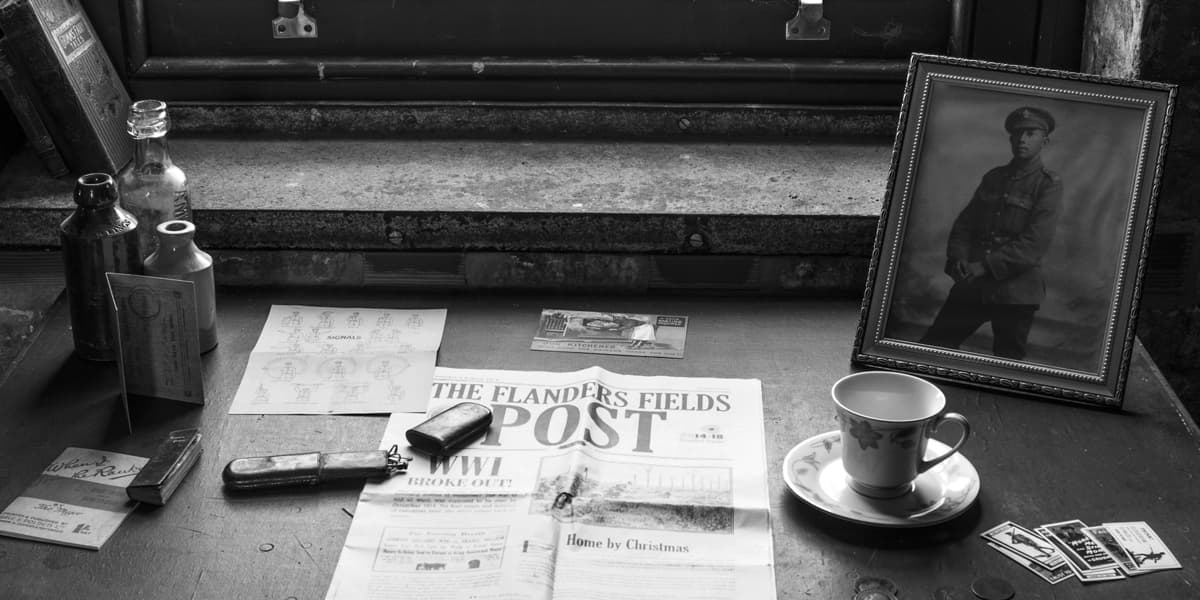
How the National WWI Museum and Memorial Kept Its Employees
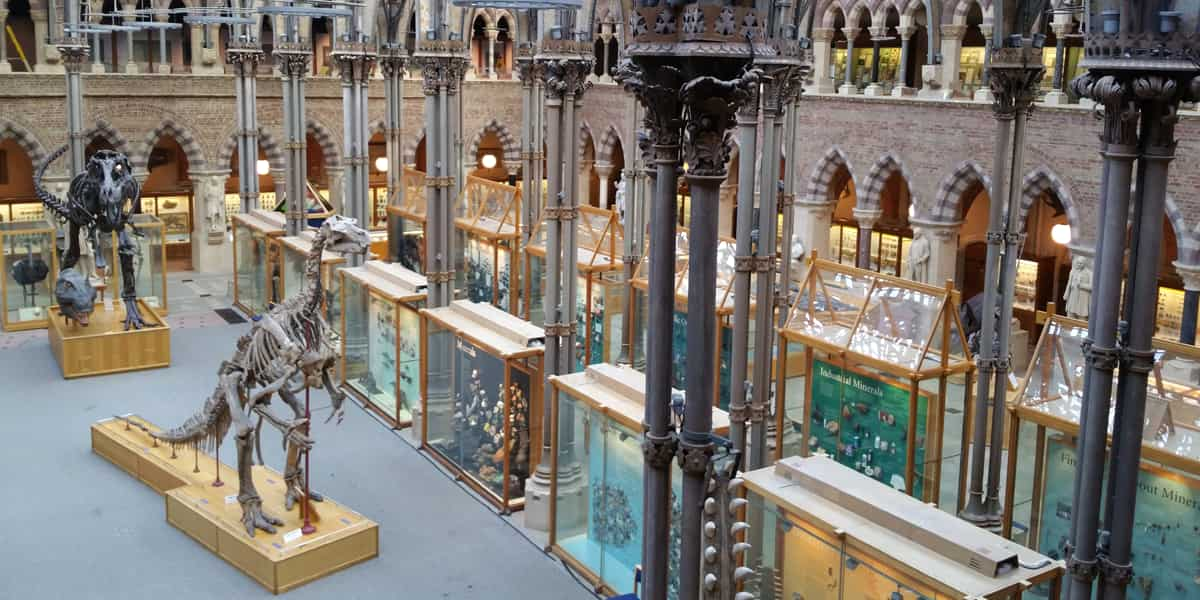
The Critical Difference Between Museum Deliverables and Outcomes

How to Determine Museum Grant Suitability: A Check List

How to Determine Museum Grant Eligibility: A Check List
How to Increase Museum Grant Success by Mastering the Lexicon

Museum TrendsWatch 2020: Fostering Financial Sustainability

Museum TrendsWatch 2020: Financial Capital

Museum TrendsWatch 2020: Government Funding

Museum TrendsWatch 2020: Charitable Income

Museum TrendsWatch 2020: Earned Income
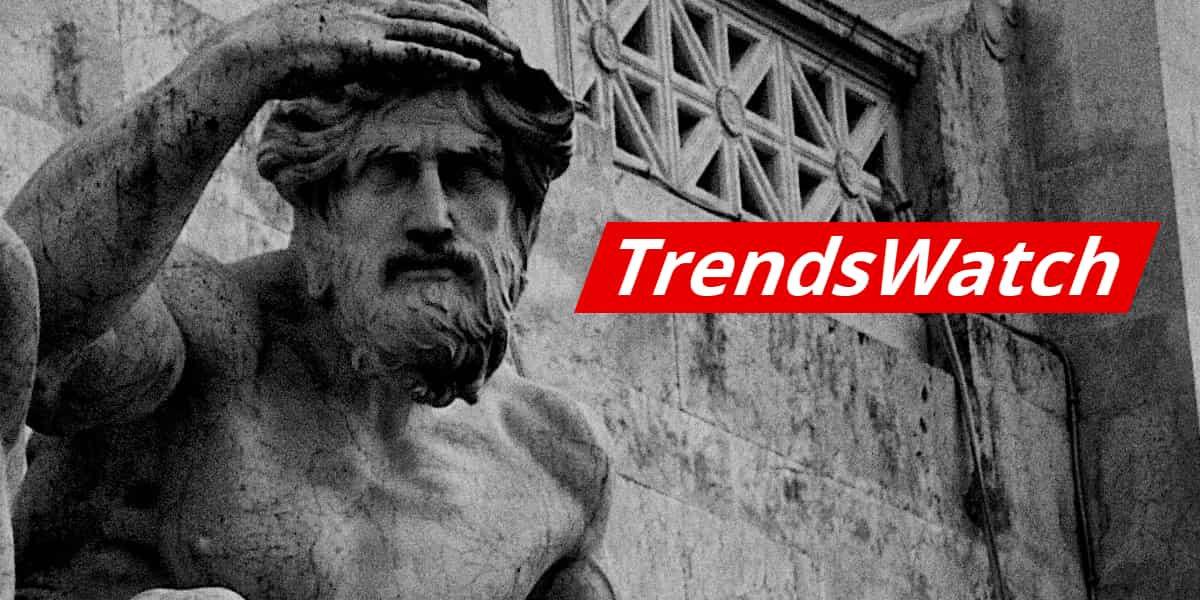
Museum TrendsWatch 2020: Financial Sustainability Introduction

When and How to Ethically Create Museum Term Positions

Economic Disaster Planning for Museums
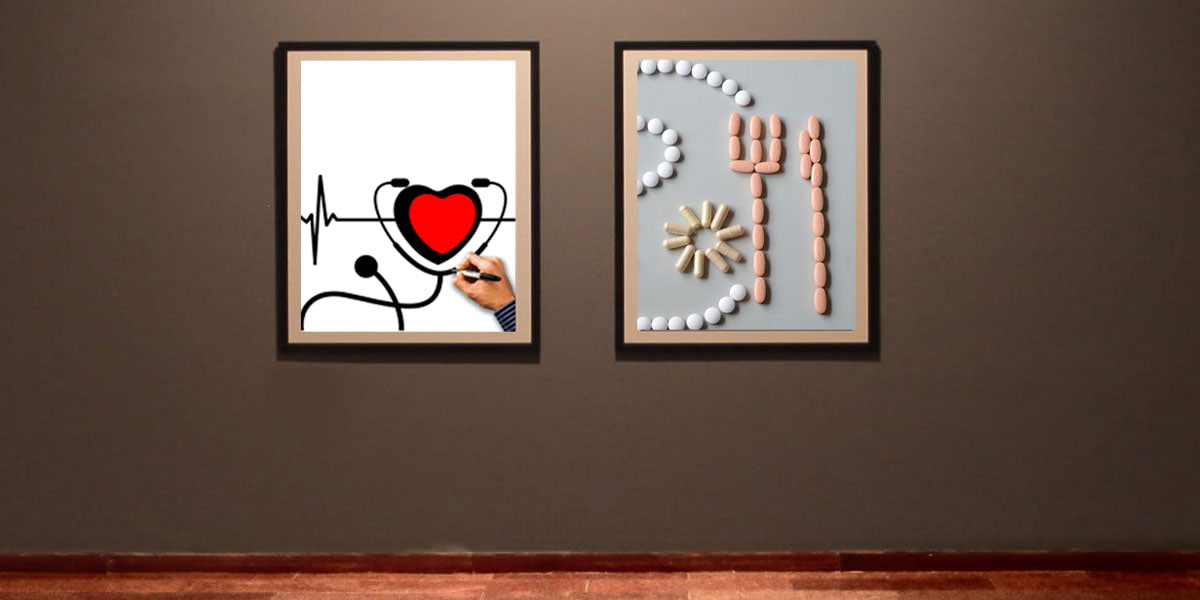
Go Visit a Museum – Doctor’s Orders!

The Tools Needed to Support Remote Museum Staff
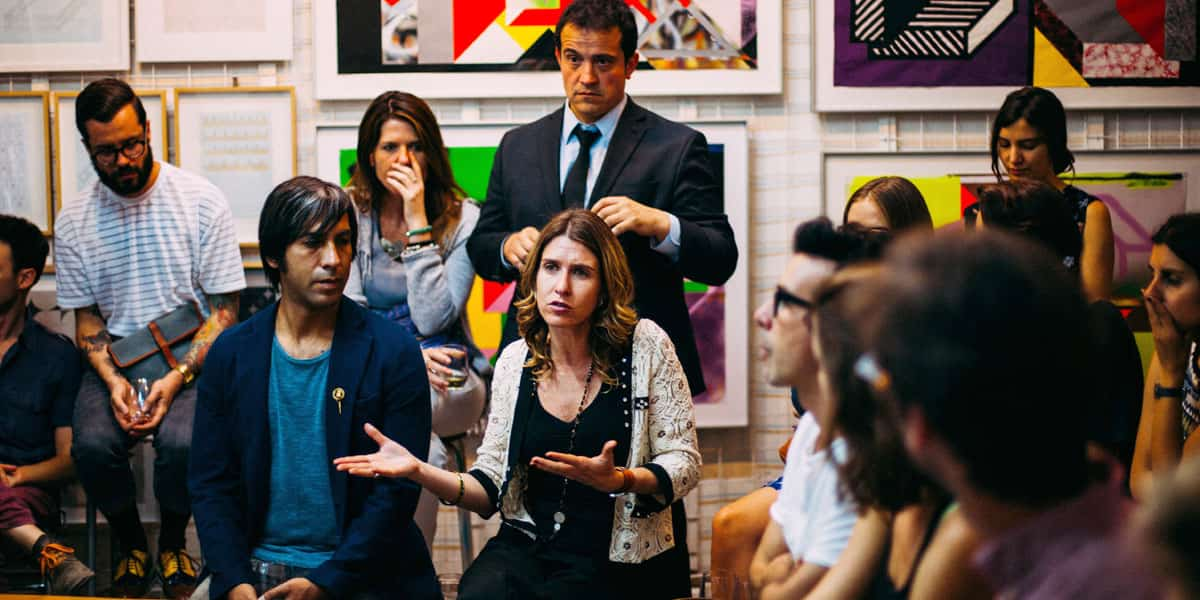
Museums as Places for Democratic Dialogue and Uncomfortable Learning

Museum Advocacy: How to Write a Letter to Congressional Representatives

Prioritize These Remote Museum Projects During Coronavirus—Part 2

Prioritize These Remote Museum Projects During Coronavirus—Part 1
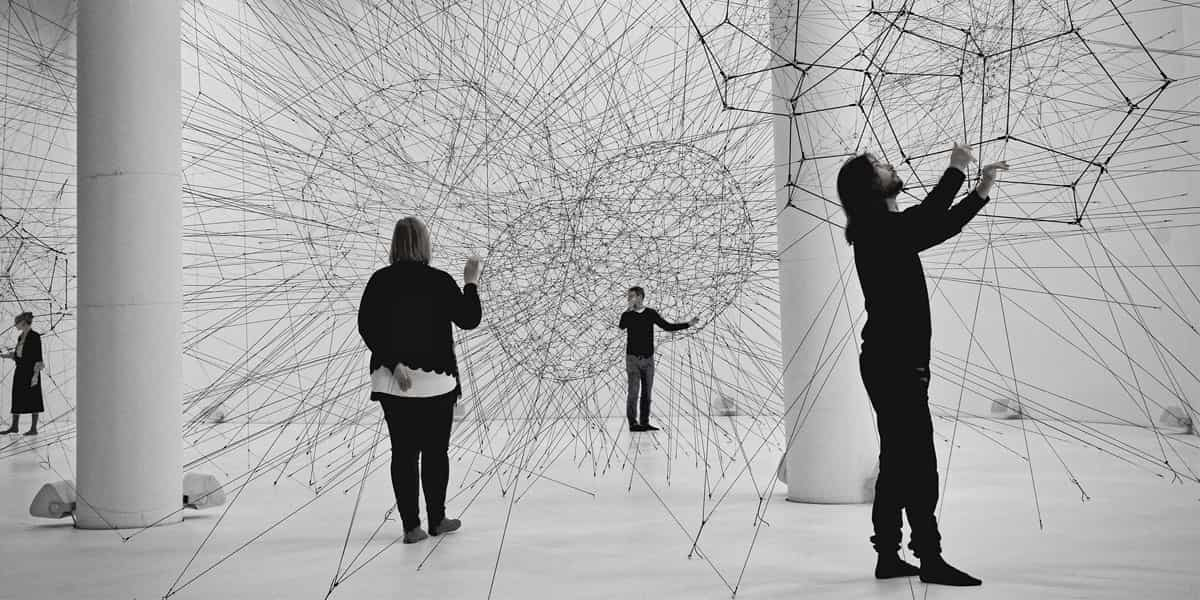
What Does the Millennial Museum Visitor Want?

Do You Know the Millennial Museum Donor?
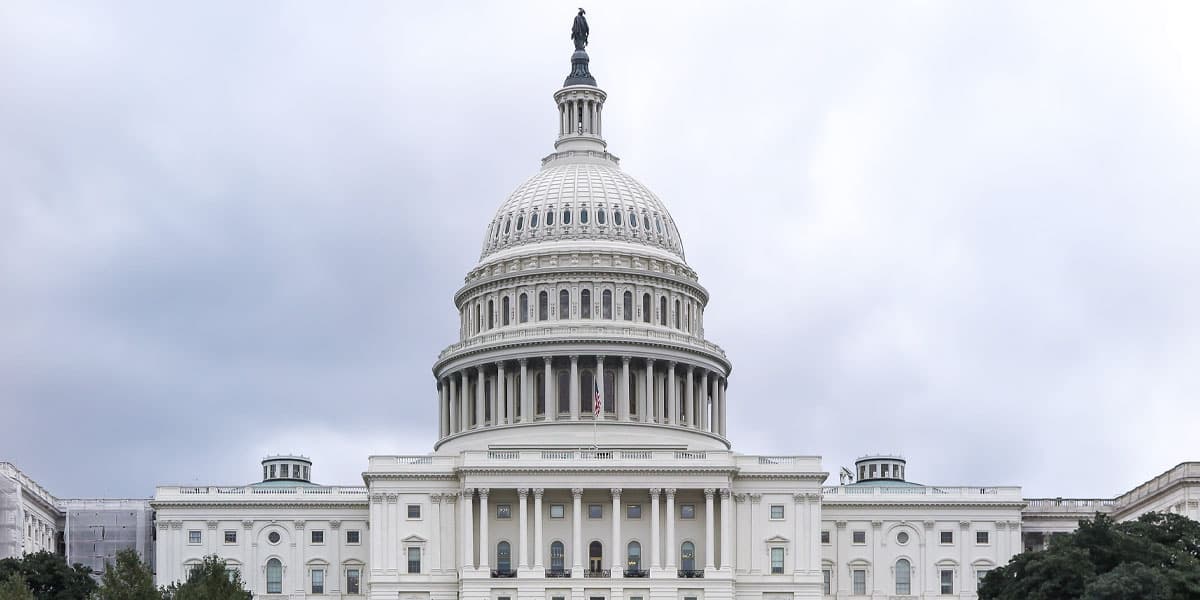
Analysis of the US Stimulus Package and What’s in it for Museums
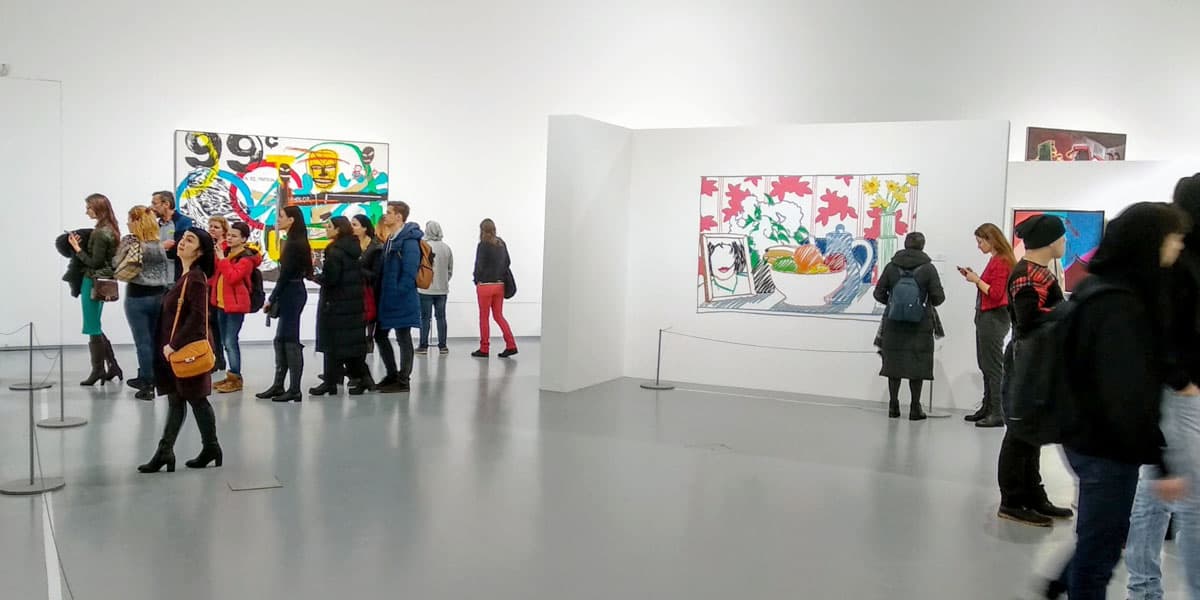
The Numbers on the Millennial Museum Visitor
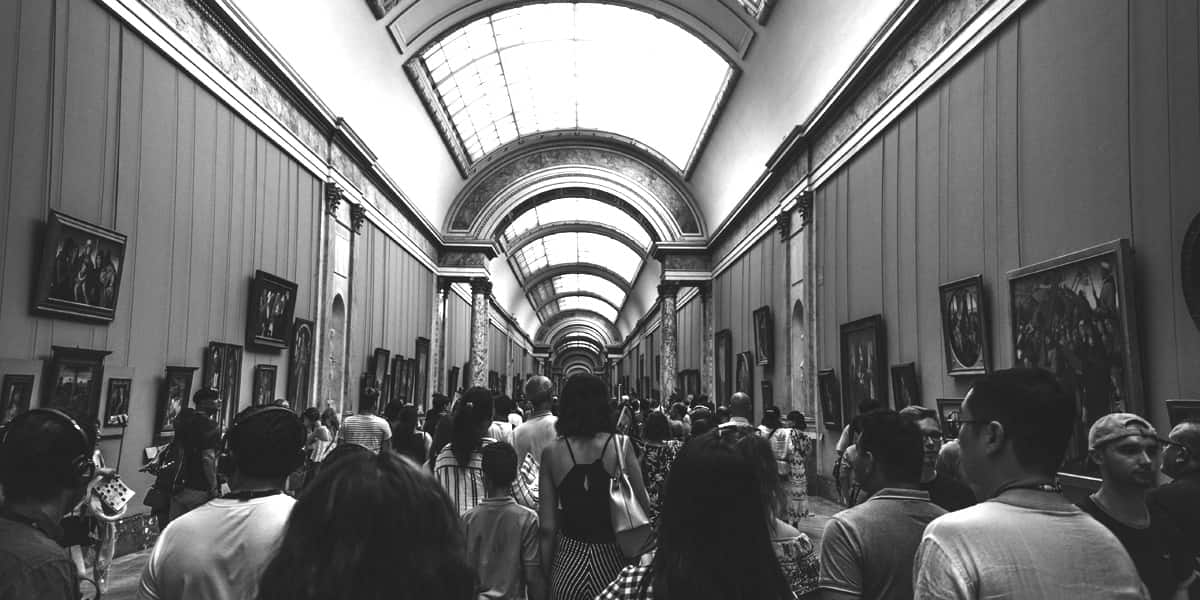
Is There a Decline in Museum Attendance?
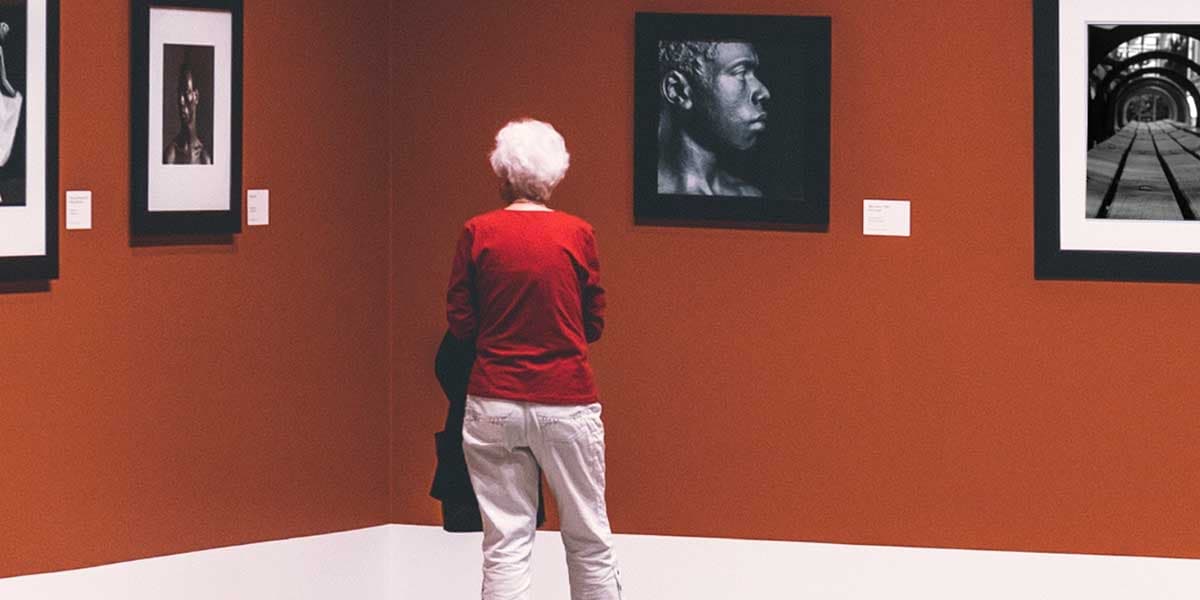
Removing Museum Barriers to Entry for Aging Adults
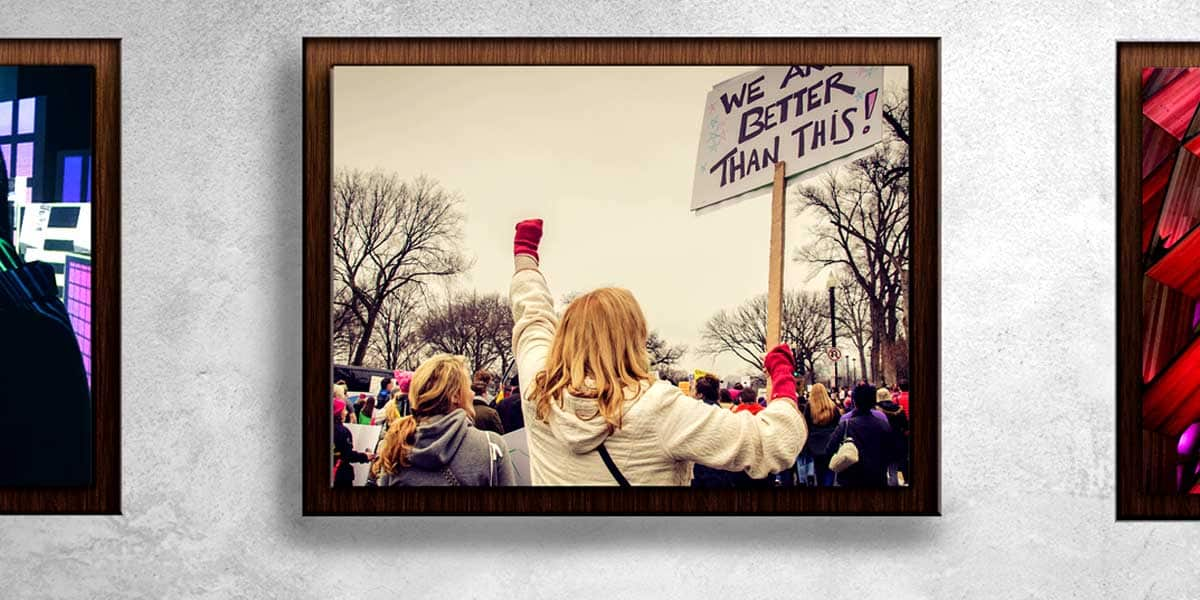
Museum Labor Resources for Professional Advocacy
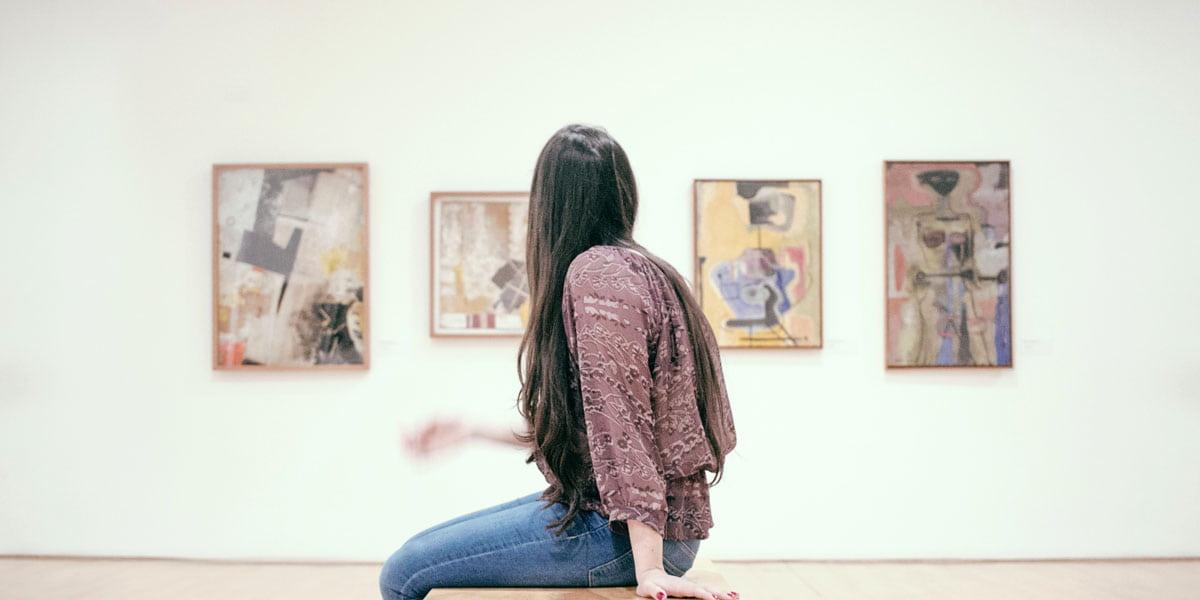
Unpaid Internships: A Reason to DEAI the Museum Budget
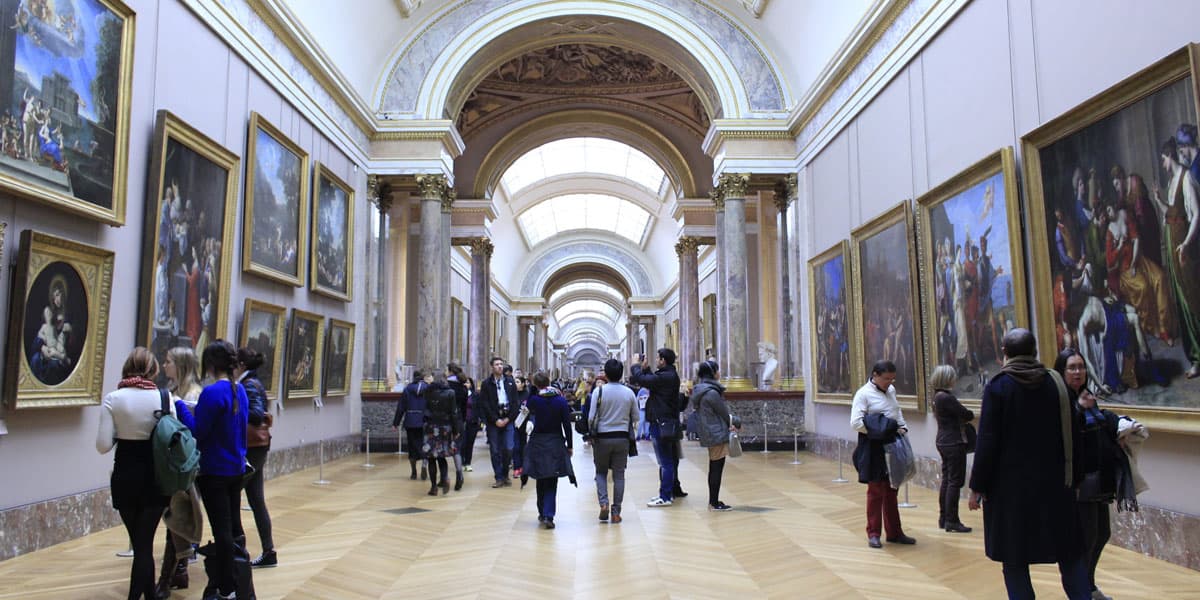
The Role of Museum Core Values
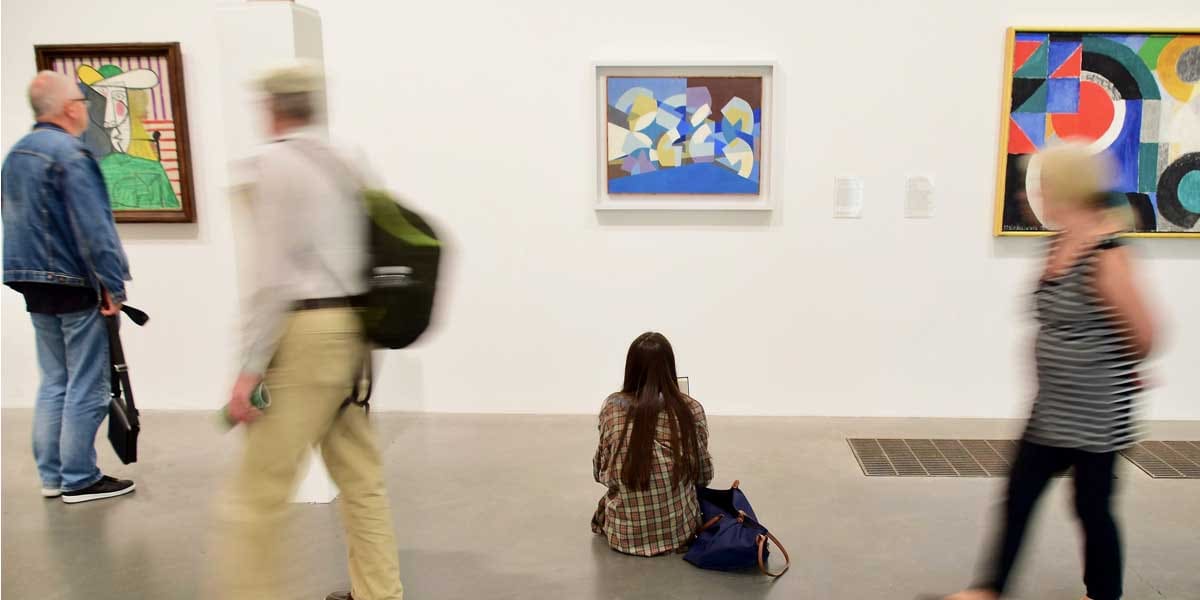
Teens, Smartphones, and the Myth of What Museum Engagement Looks Like

Museum Digital Project Specifications
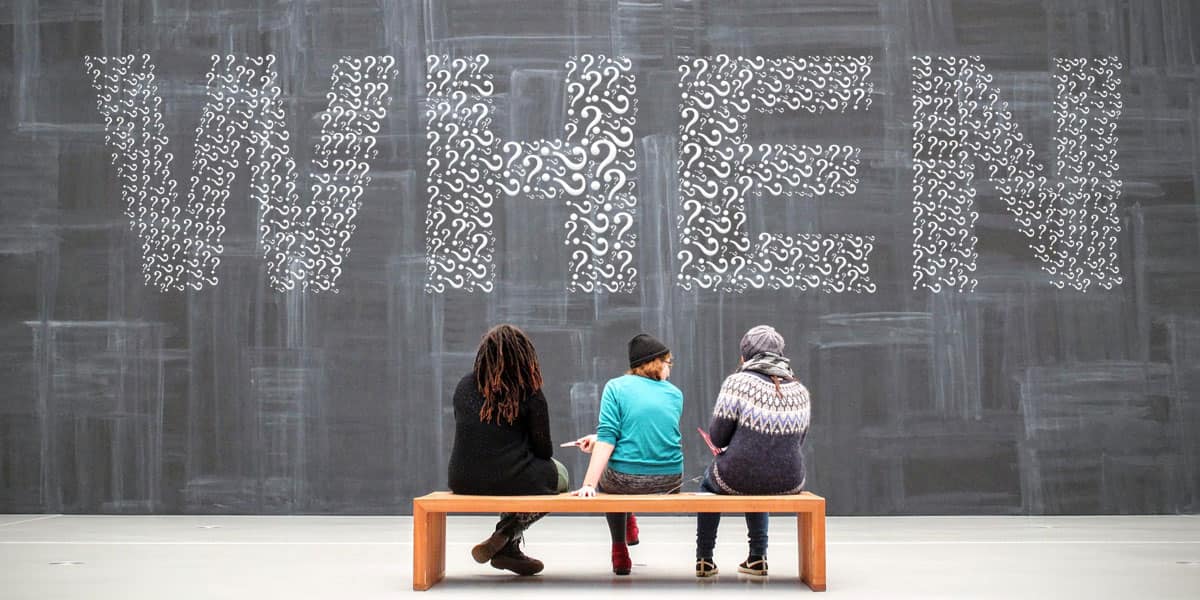
When to Consider Museum Digitization Vendors
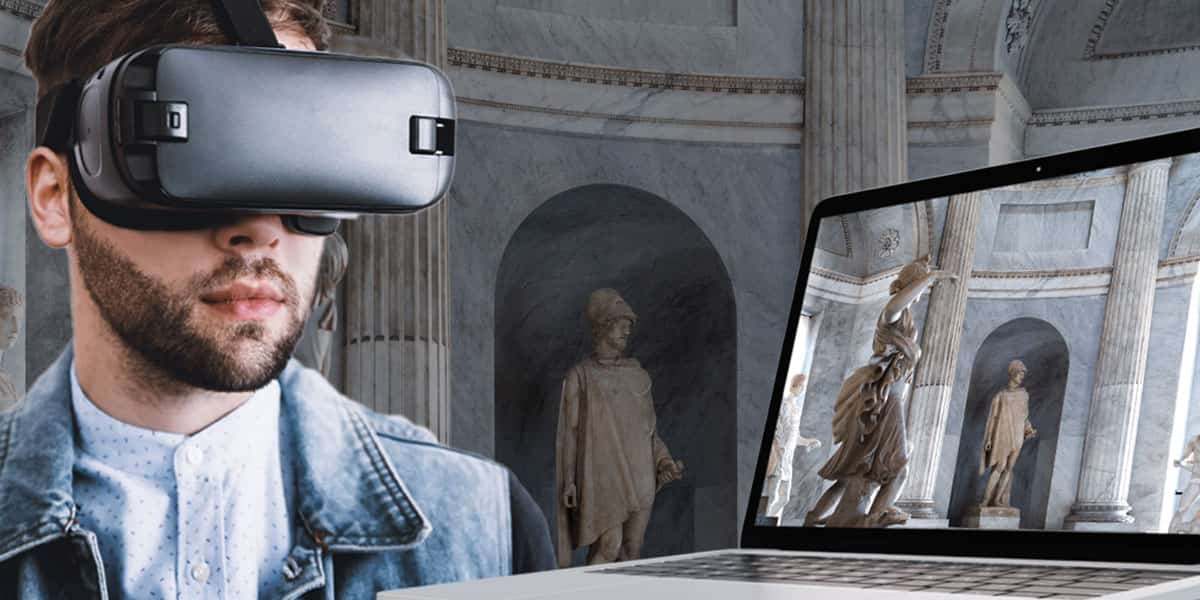
Using the Museum CMS to Offer Cultural Heritage Experiences
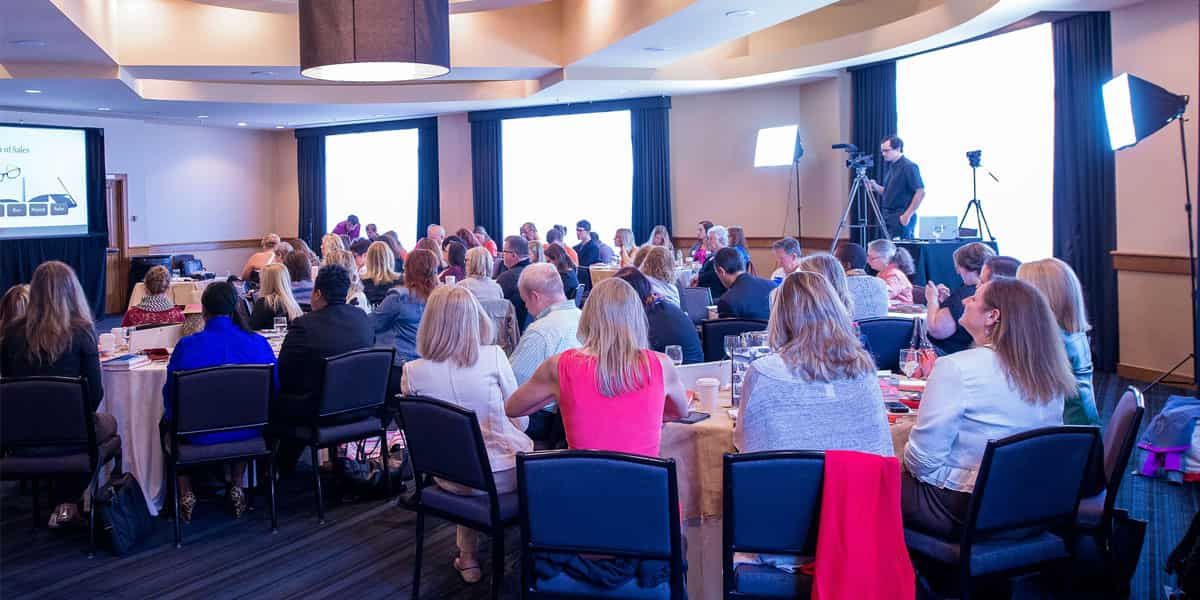
Museum Conferences Share 2020 Vision
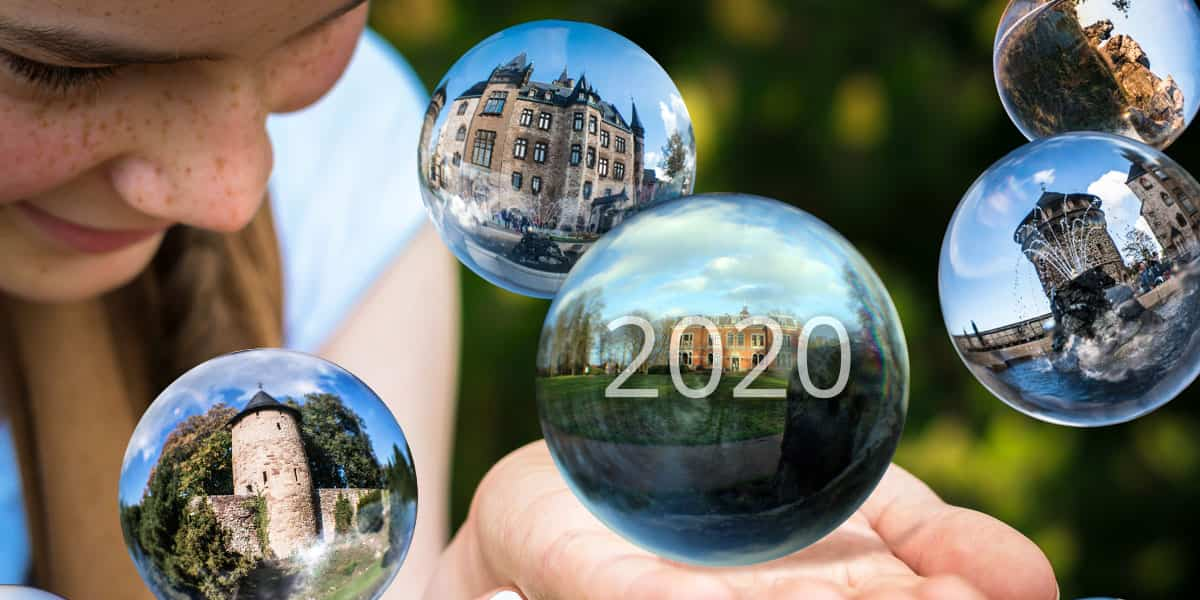
Museum Forecast 2020
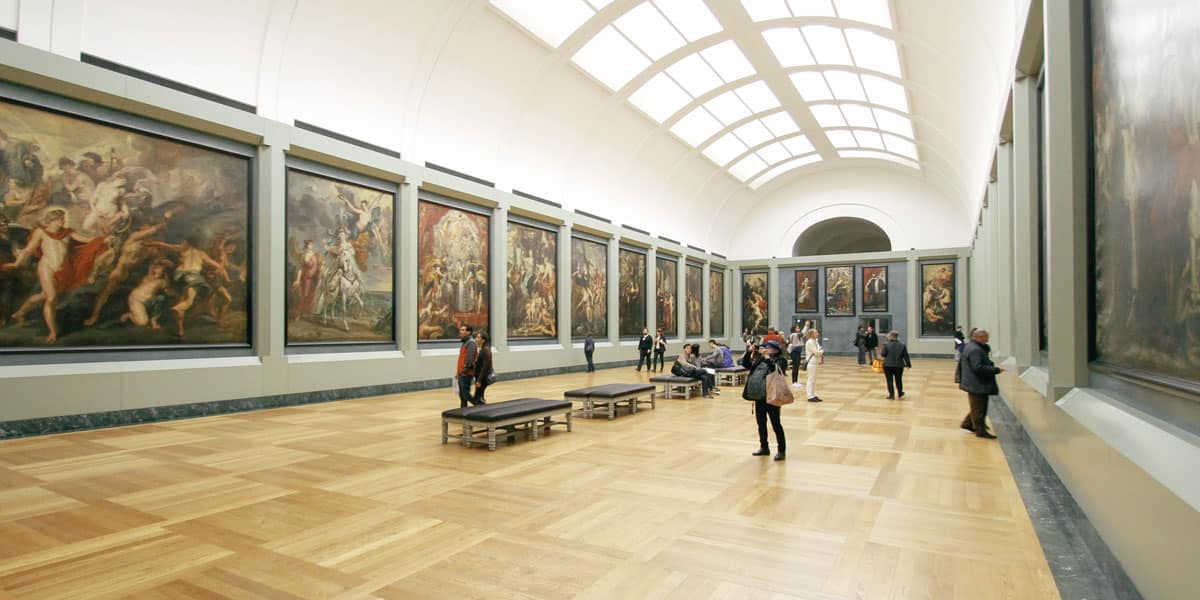
Resources for Museums on How to Identify and Articulate Value
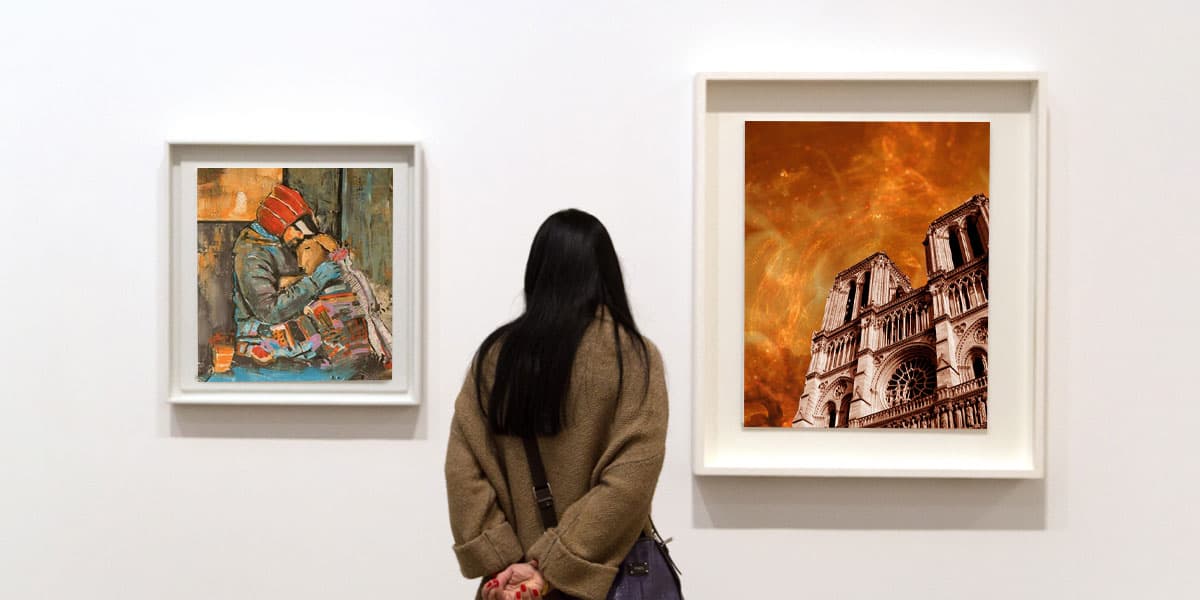
A 2019 Recap of Museum Issues

#AskACurator Day
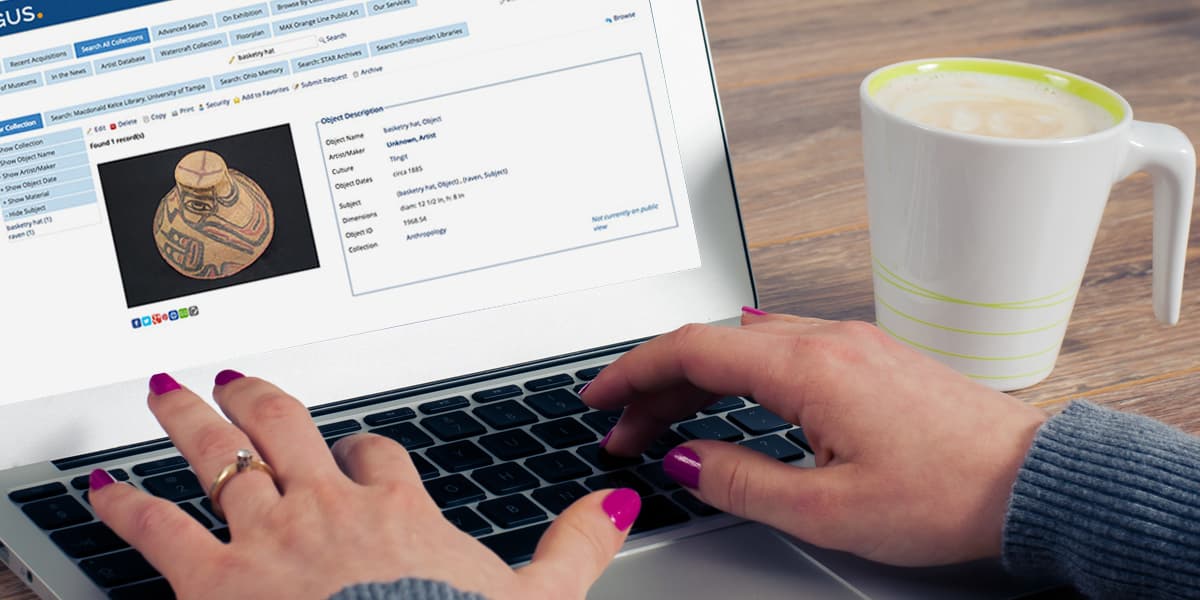
Establishing Museum CMS Best Practices

Museum CMS 101: Workflow and Record Construction
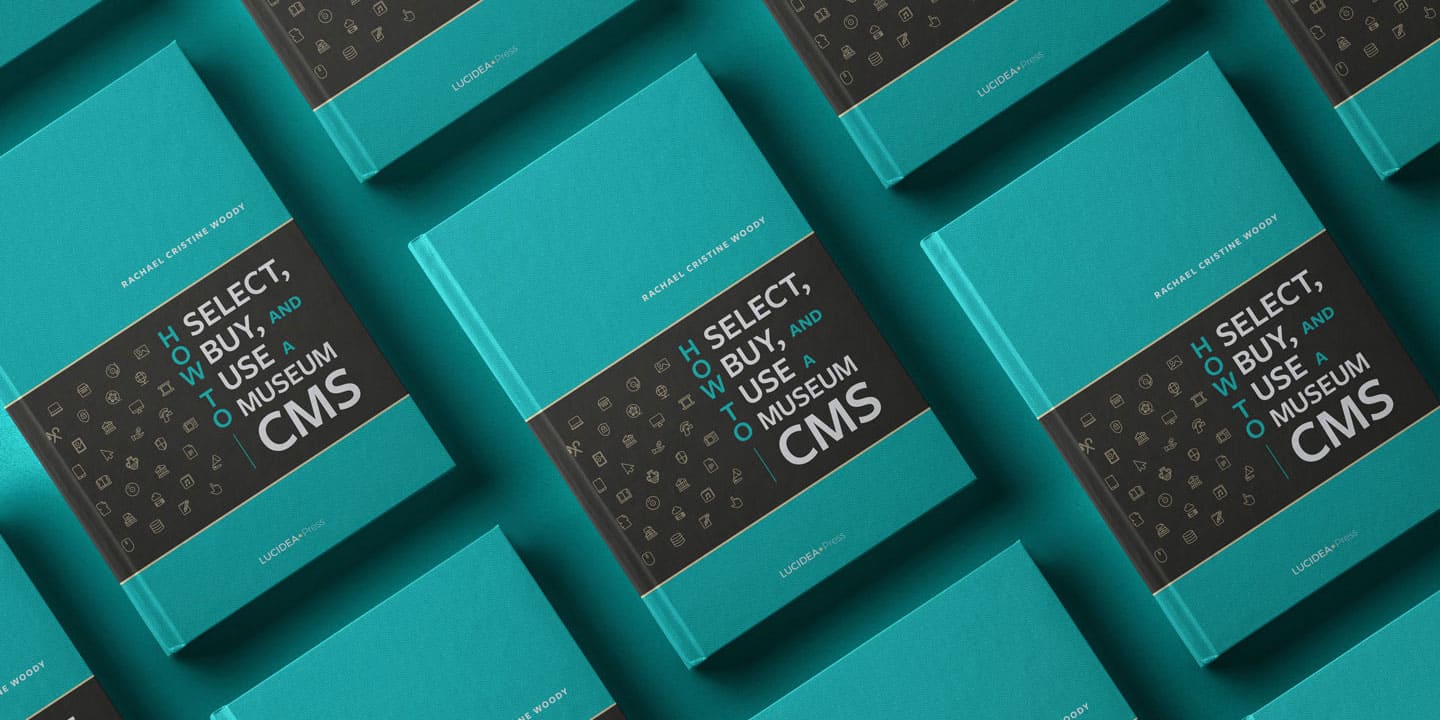
Ready to Read: How to Select, Buy, and Use a Museum CMS

How to Test, Vet, and Purchase a New Museum CMS
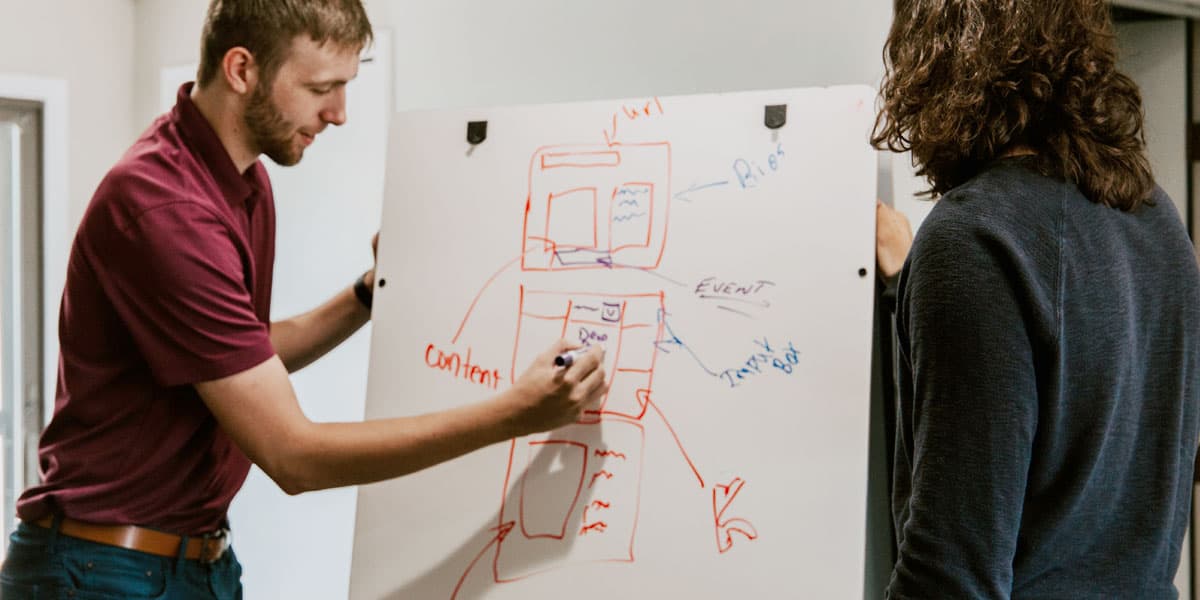
How to Identify Specifications for a New CMS

How to Form a Museum CMS Procurement Team
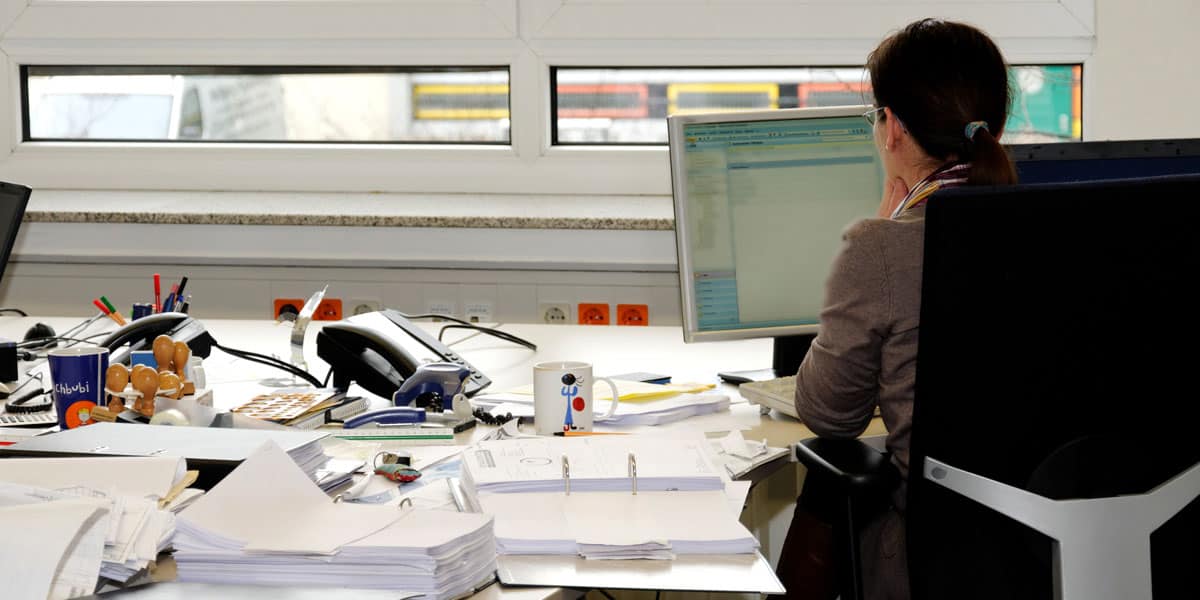
How to Prepare for a Museum Collections Management System Migration

Museum Opportunities and How a Collections Management System Can Help
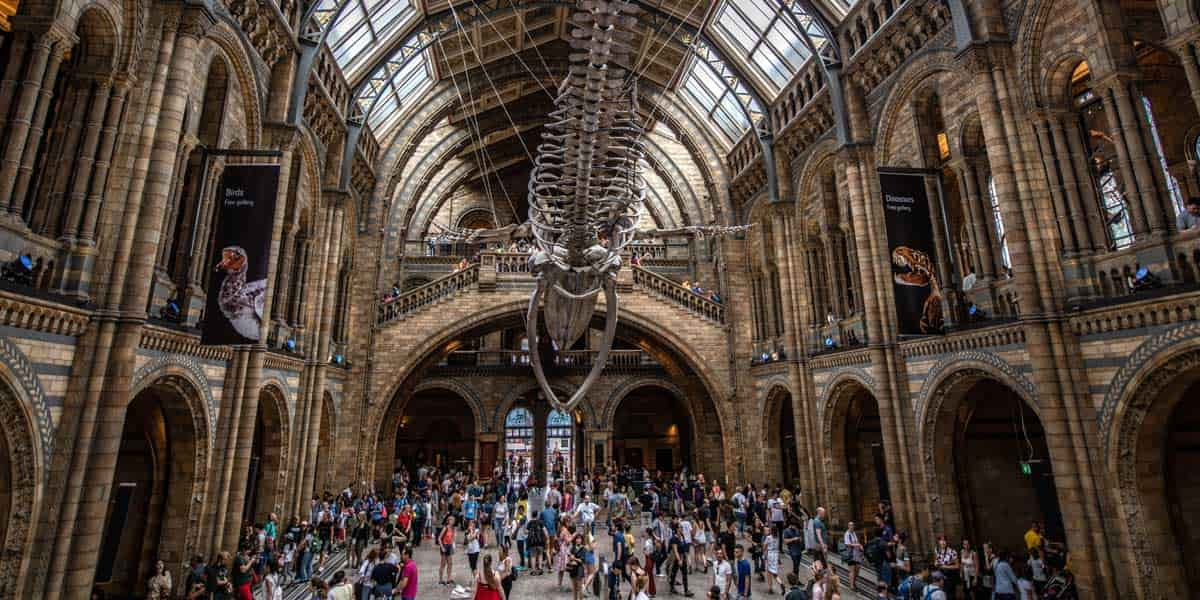
The Changing Definition of Museums
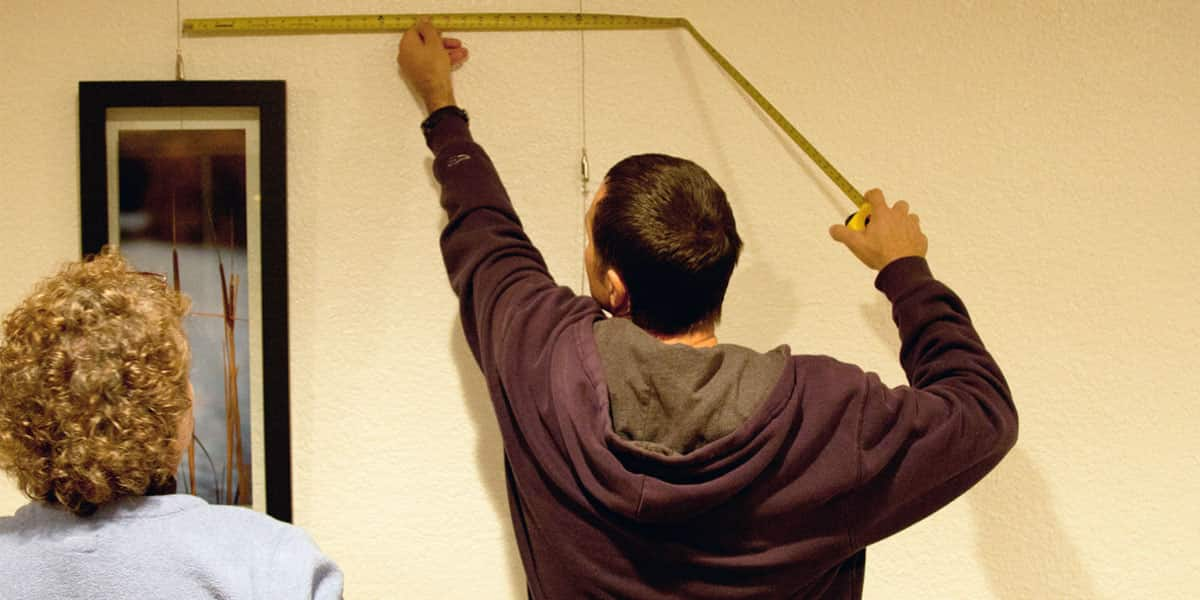
5 Steps to Museum Volunteer Project Success
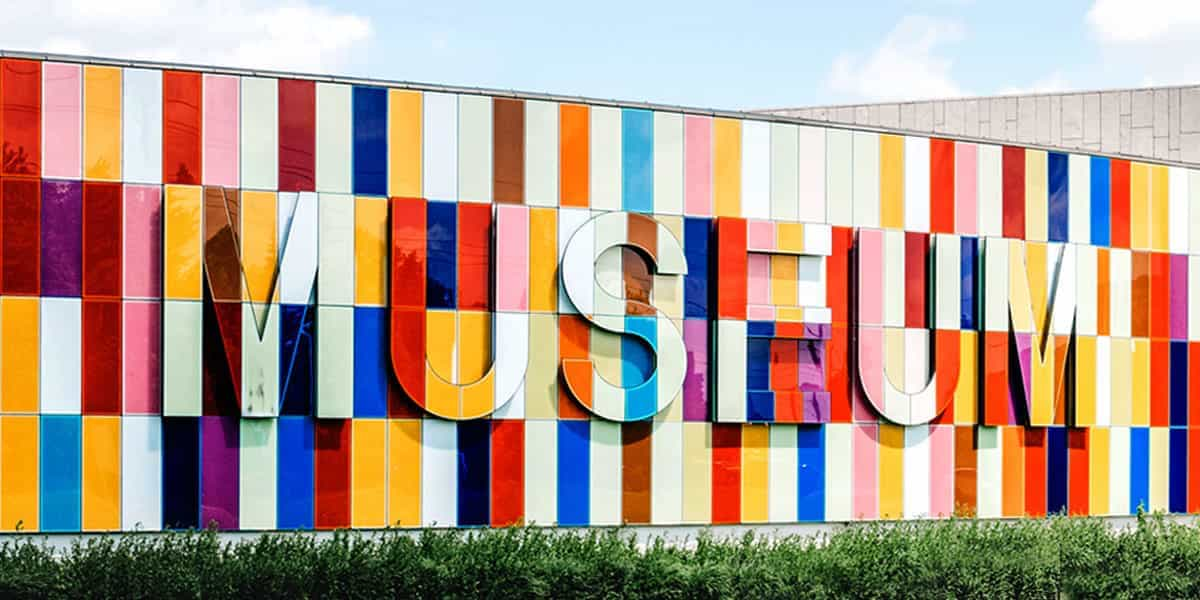
7 Steps to Kick-Start Museum Diversity, Equity, Accessibility, and Inclusion Practices

How to Begin Your Search for the Right Museum CMS

Why You Need a (Better) CMS

The Importance of Internal Stakeholders to the Museum CMS
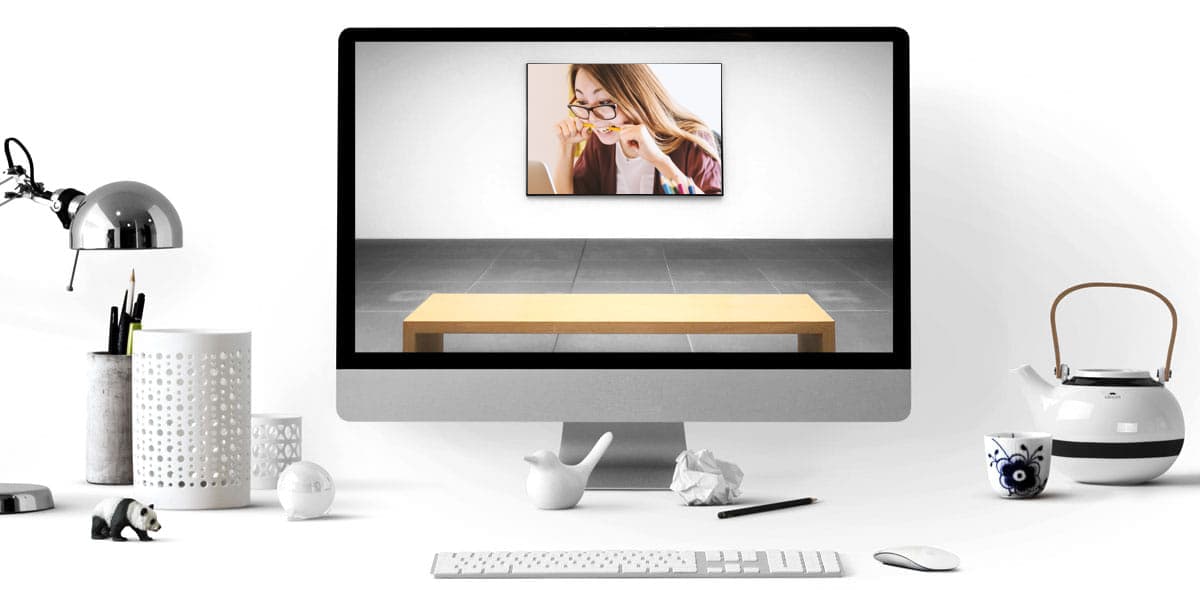
Museum Challenges and How a CMS Can Help – Part 2
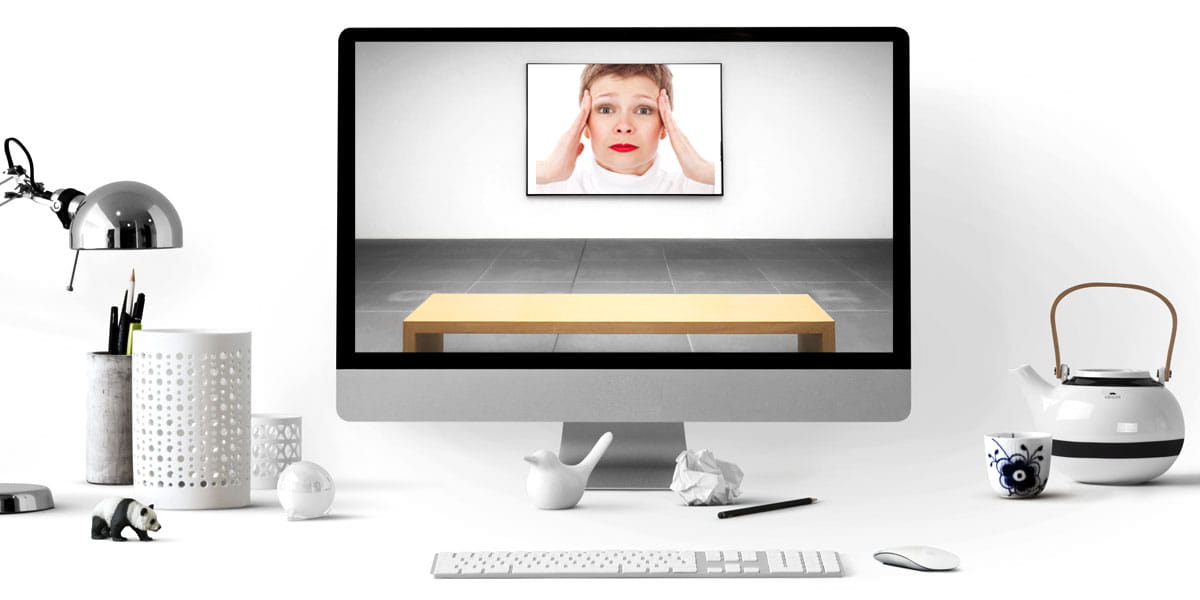
Museum Challenges and How a CMS Can Help – Part 1

The Cost of Free Collections Management Systems
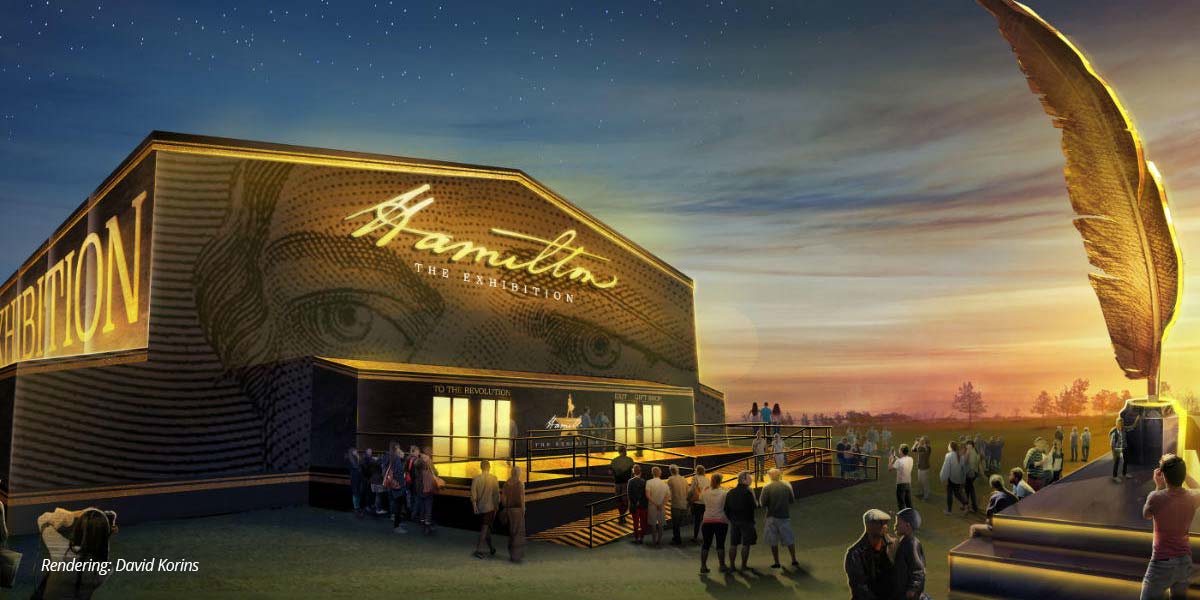
Hamilton: The Exhibition – A Review
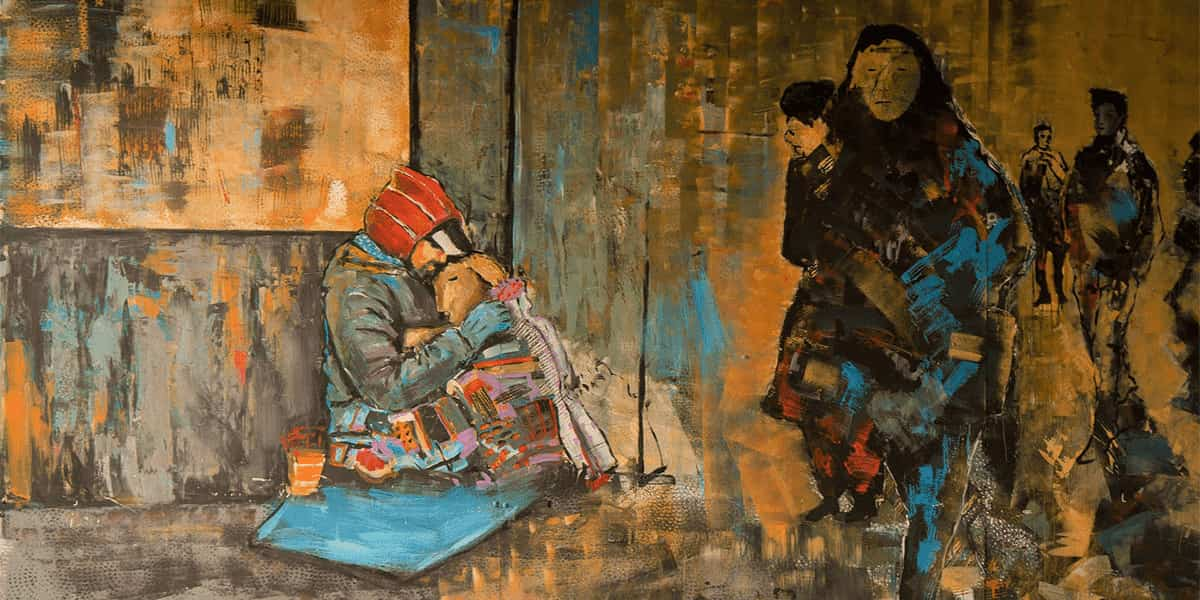
Museum TrendsWatch 2019: Homelessness and Housing Insecurity

Museum TrendsWatch 2019: Self-Care

Museum TrendsWatch 2019: Blockchain
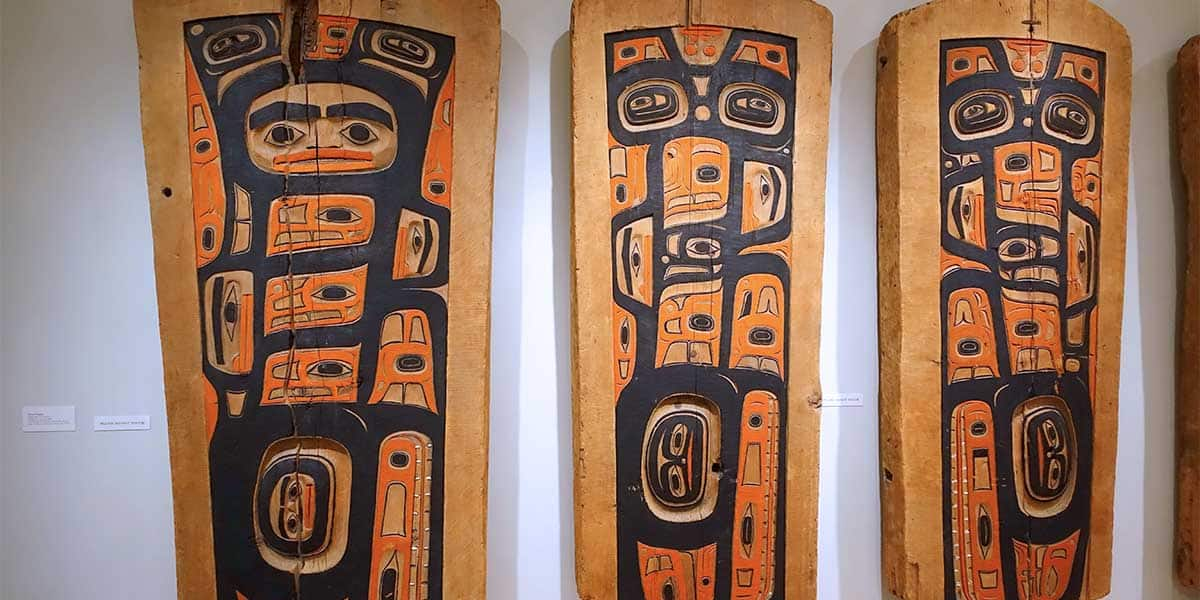
Museum TrendsWatch 2019: Decolonization
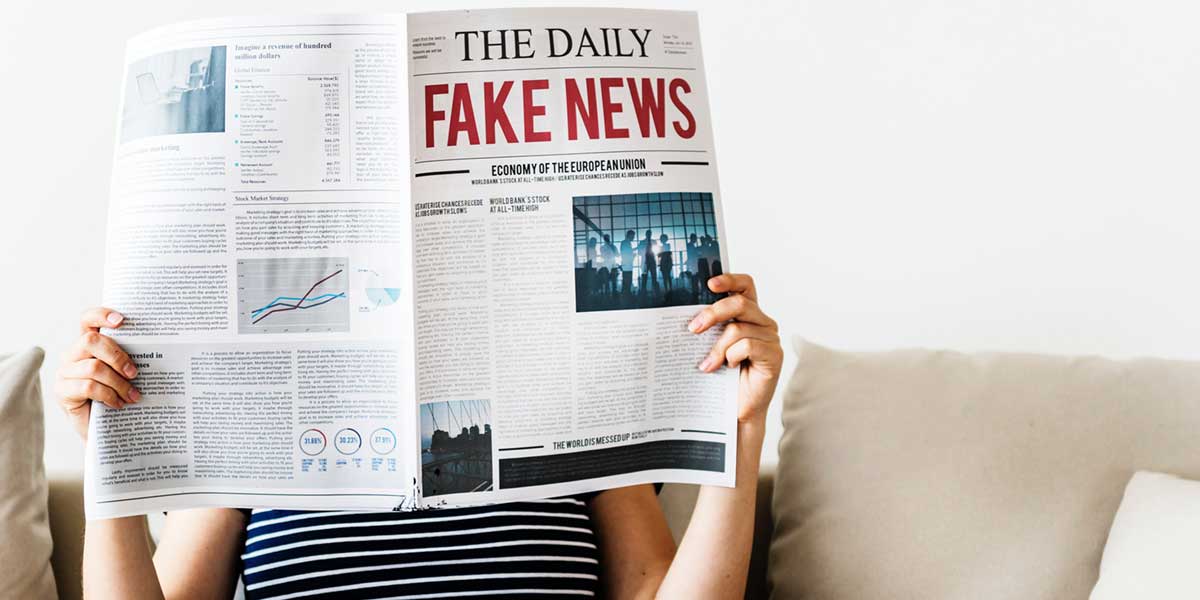
Museum TrendsWatch 2019: Truth, Trust, and Fake News

Who are the Stakeholders in Museum Digital Projects?
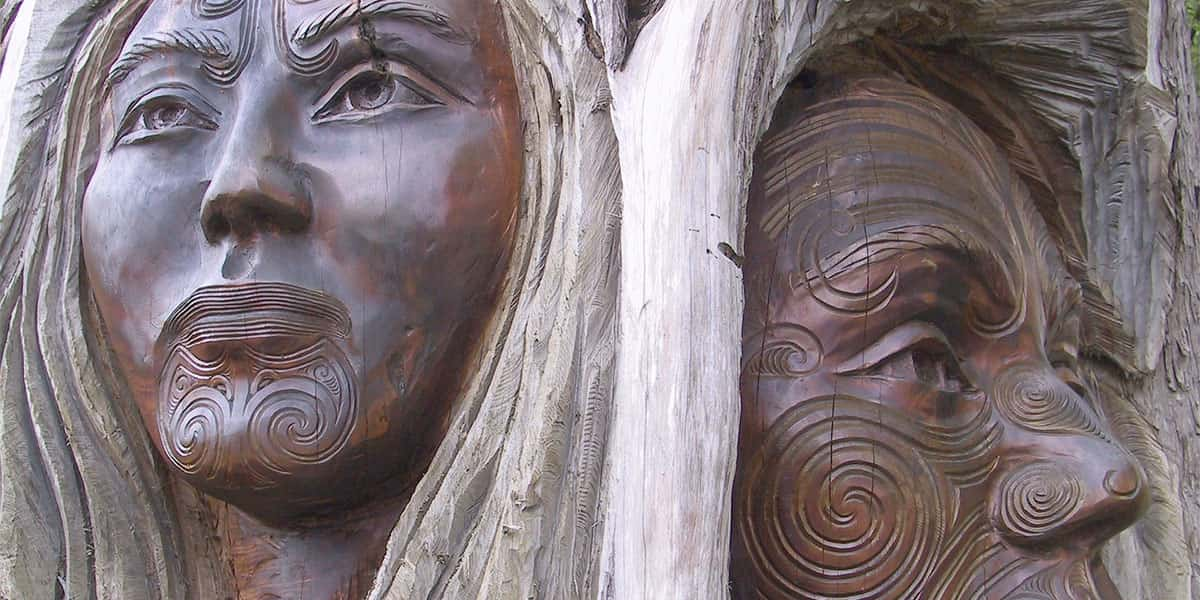
Responsible Practices for Working with Communities and Collections

How to Construct a Museum Digitization Equation

What to Do When It’s Your First Museum Digitization Project
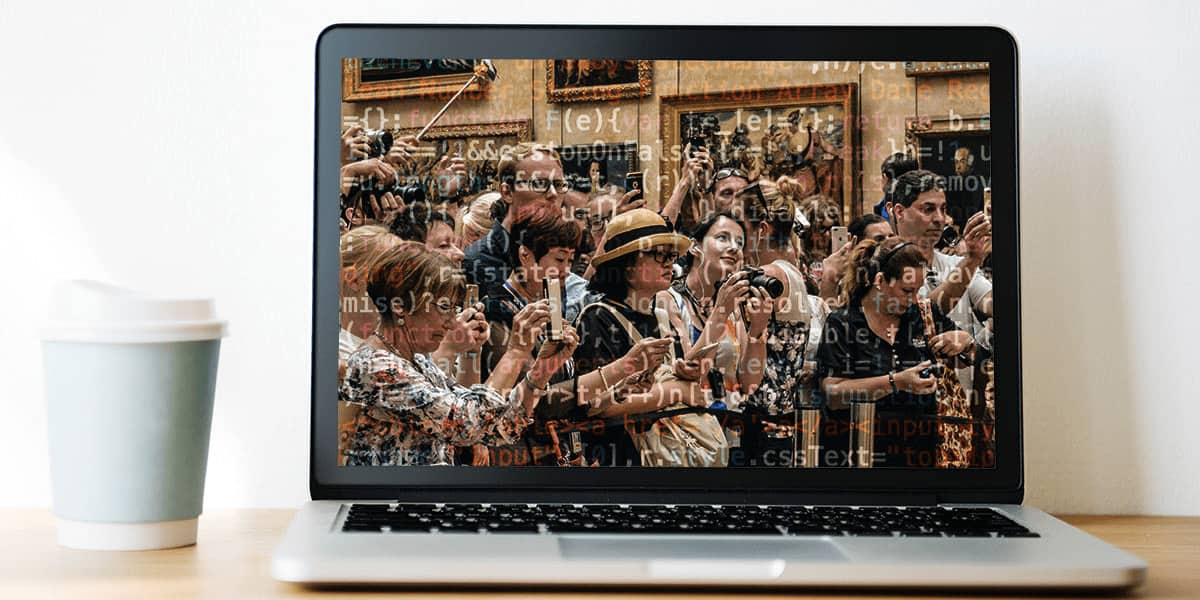
Building a Comprehensive Museum Digital Program
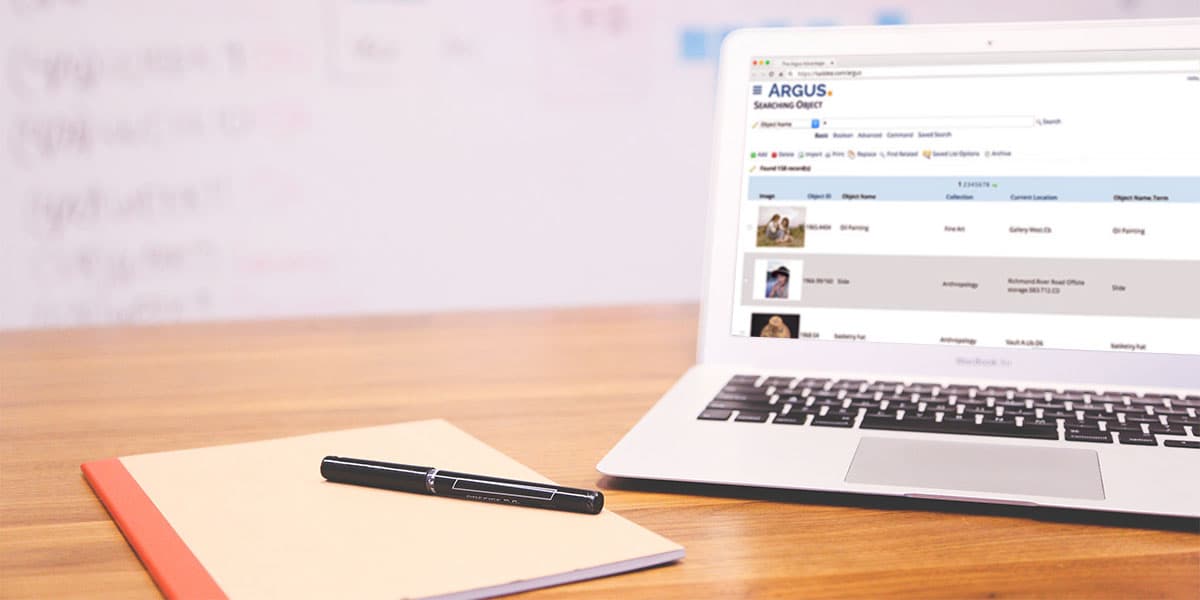
How to Build Sustainability into Museum Digital Projects

How Museums Can Effectively Collaborate
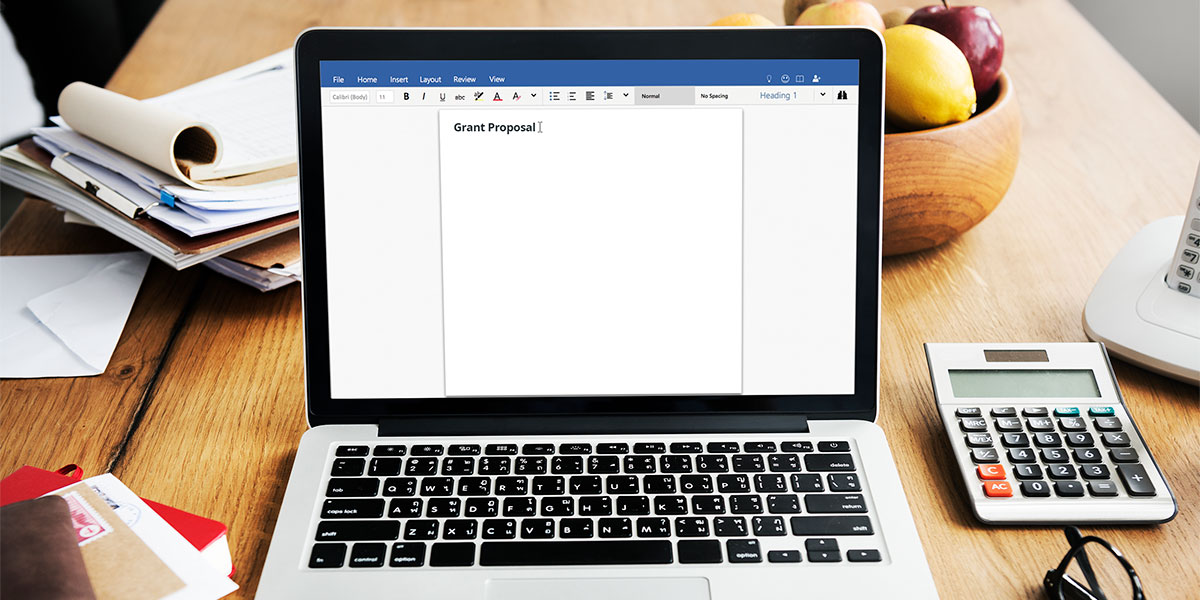
3 Common Hurdles to Get Over and Get into Grants

Shared Museum Catalogs Are the Future

How to Build a Successful Museum Strategy

5 Methods to Improve the Museum Digital Experience


Museum Digital Collections User Types & Expectations

Museum Online Presence: Critical to Income Stream
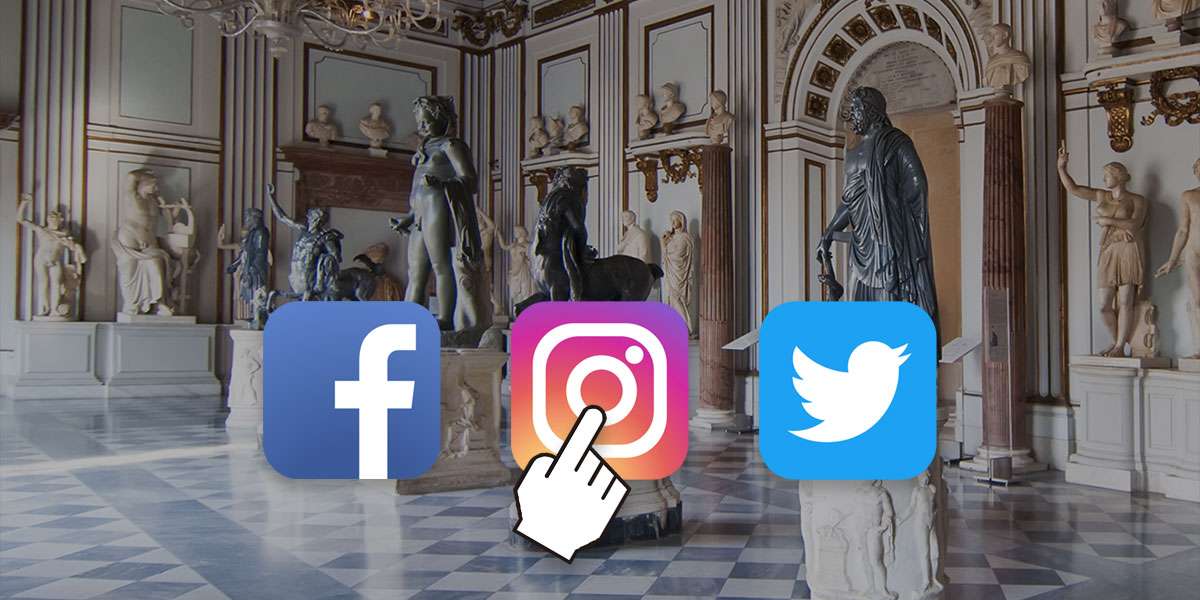
Museum Social Media and the Museum Collections Management System

Creating a Museum Grant Writing Roadmap for 2019

5 Prompts to Prioritize Museum Digitization Projects

How to Evaluate a Museum Digital Collection

The Importance of Sustainable Museum Cataloging & How to Achieve It

3 Things to Look for When Choosing a Museum Collections Management System

Museums in Financial Trouble: Sell, Close, or Plan a Museum Merger?

Identifying Museum Funding Roadblocks

2019 Master Plan for Museum Professionals
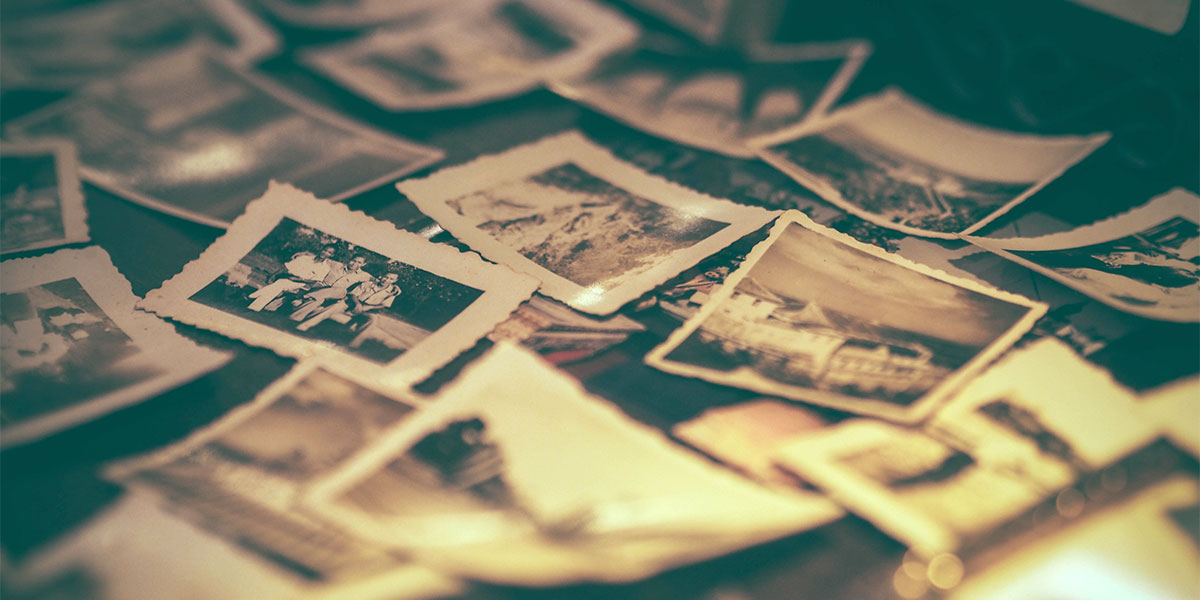
Shifting Concepts of Preservation in a Digital World
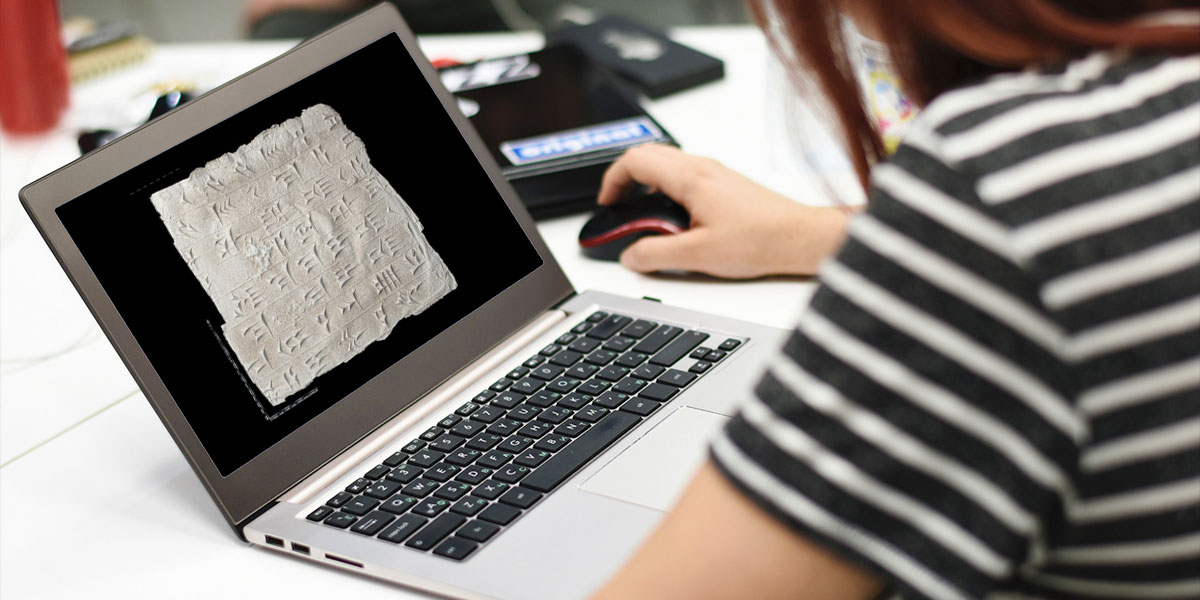
RTI Digitization in the Museum
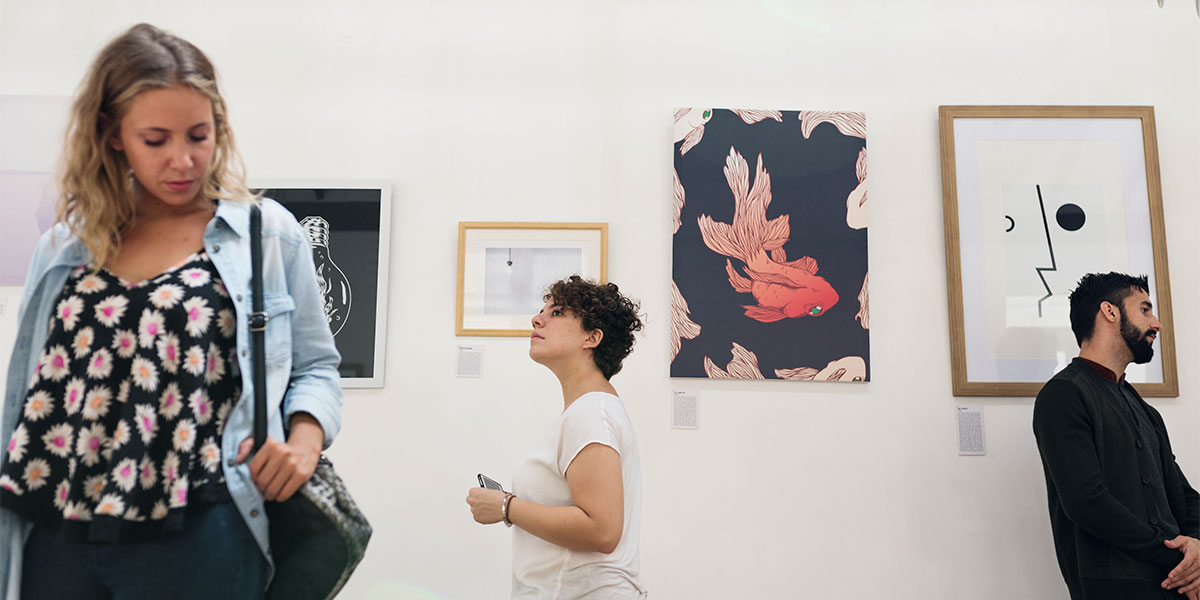
How to Increase Museum Conference ROI

How to Conference on a Museum Budget

Ready to Read: A Survivor’s Guide to Museum Grant Writing

Relevance & The Museum’s Role in Social Wellbeing

Museums: Actions for Integrating Empathy
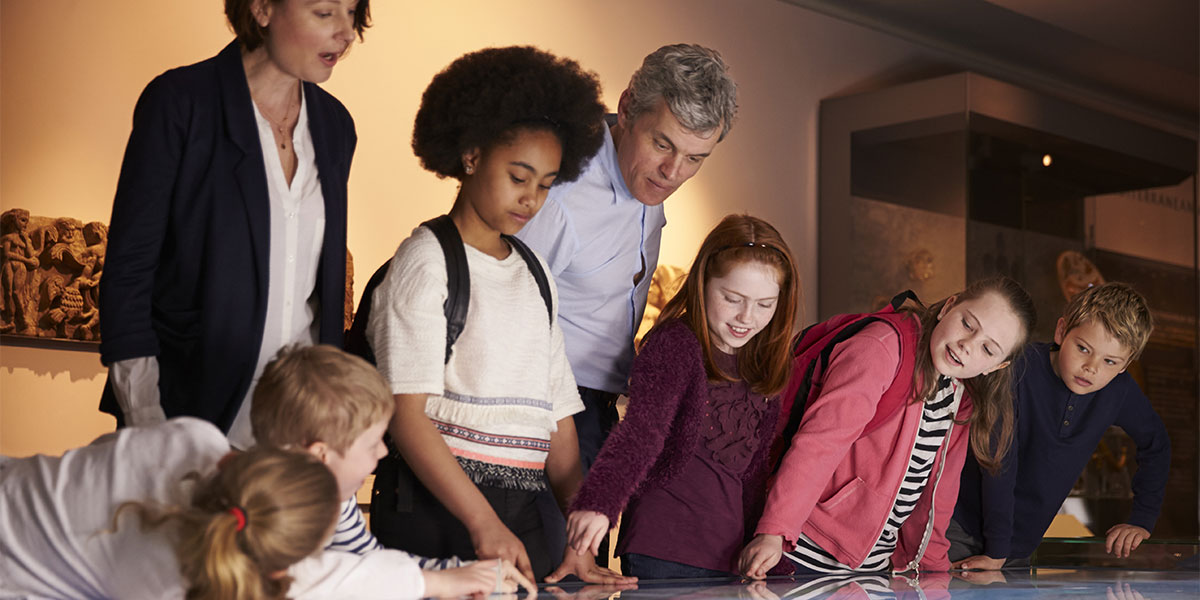
Museums: Cultivators of Empathy

Making Museums Accessible
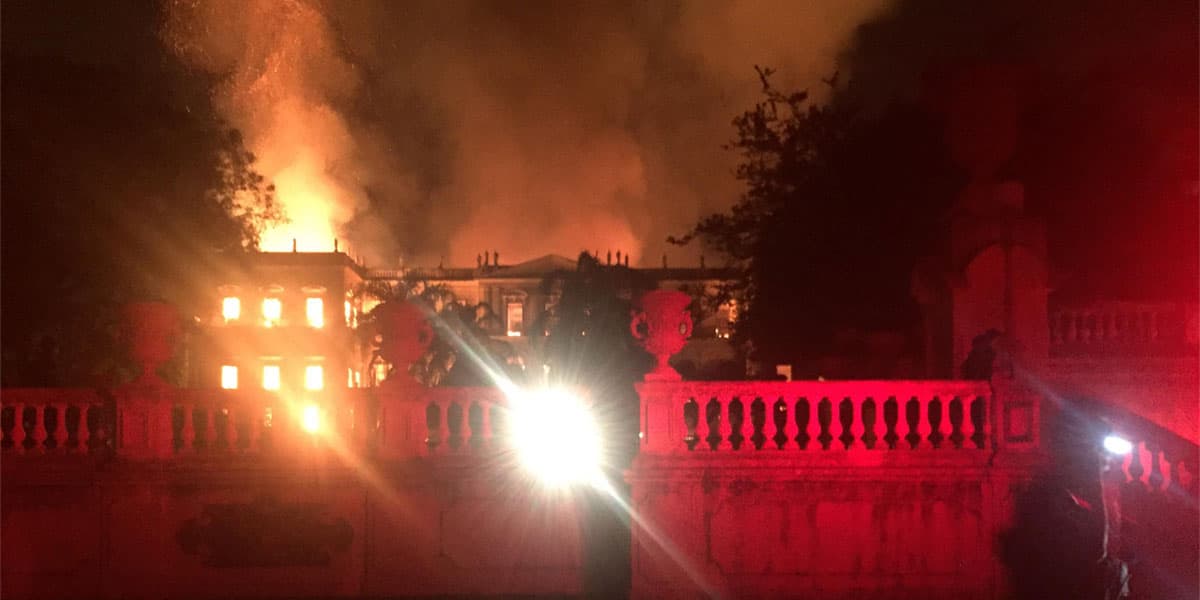
The Decay of Museums Leads to Irreparable Loss
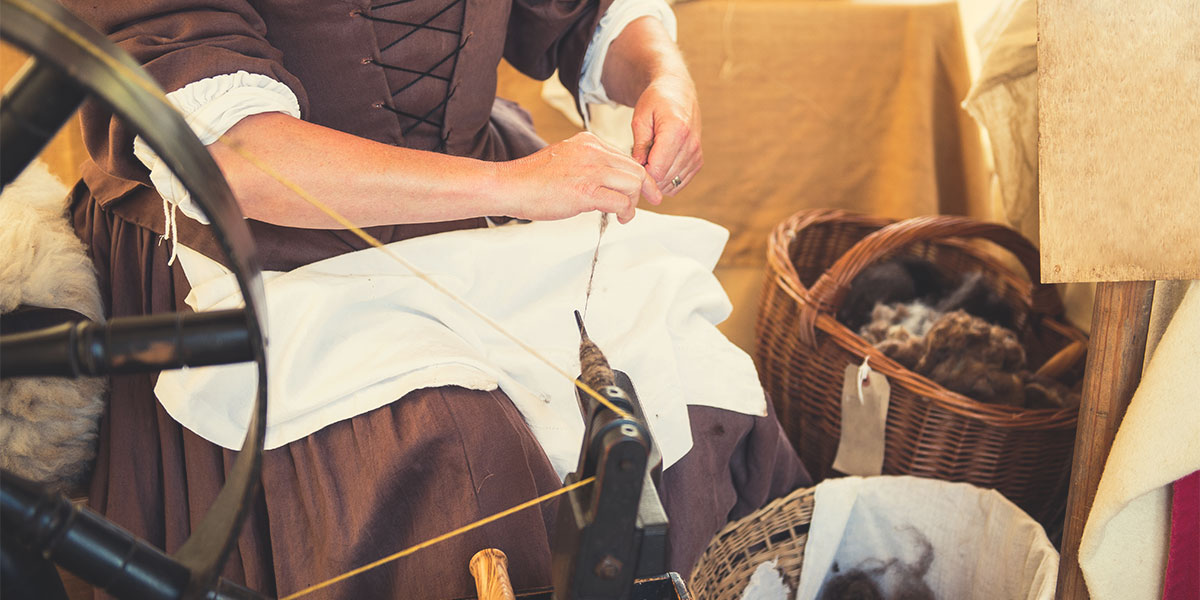
The Value of Cultural Heritage Experiences in the Museum
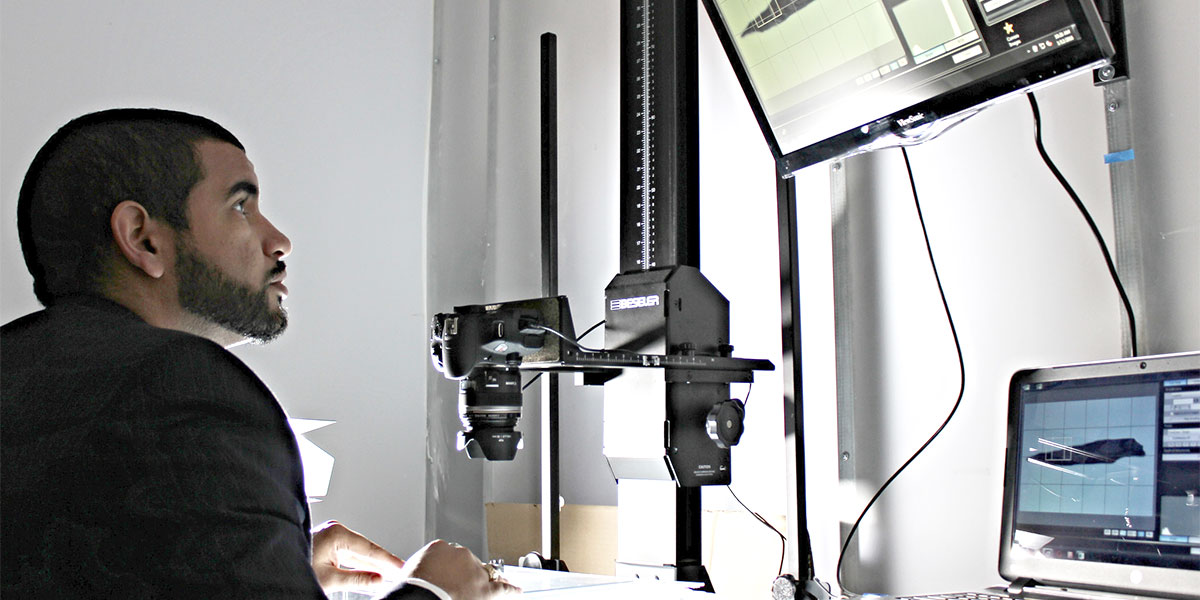
3D Digitization in the Museum – Part 2: LIDAR

3D Digitization in the Museum – Part 1: Photogrammetry

Who Owns Digital Culture? An Important Question Museums Must Consider

The End of Net Neutrality & The Museum Digital Visitor

The Future of Augmented and Virtual Reality (AR & VR) in Museums

Working Your Museum’s Problems to Find Solutions

Museum Grant Application: What Happens if You Fail?

Museum Project Break Down—A Template

Museums with Zero Funding—Stop Saying These 4 Phrases

5 Times LAMs Should Bring in a Consultant
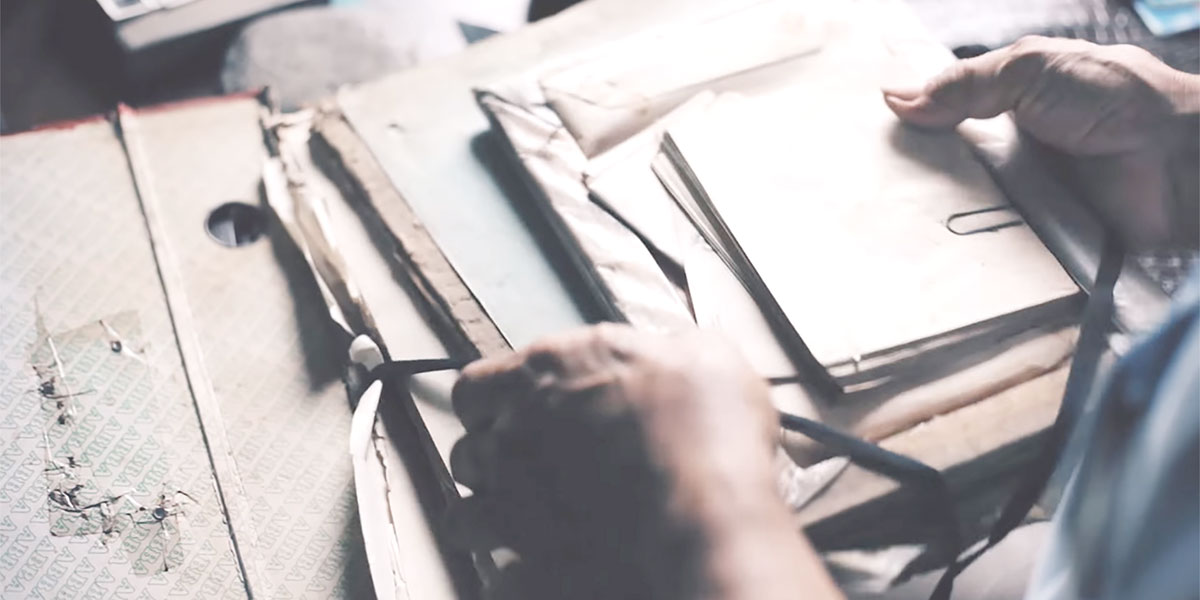
When Your Archives and Special Collections Aren’t Special

Navigating the Museum | Archive Relationship

Define Museum Success & Measure It

How to Best Leverage Museum Volunteers

Effective Technology Training for Museum Volunteers & Interns

The Intersection of Libraries, Archives & Museums

8 Tips to a Bulletproof Grant Proposal

Museum Grant Pitfalls—Know & Avoid Them

Top 4 Funding Ideas for Museums
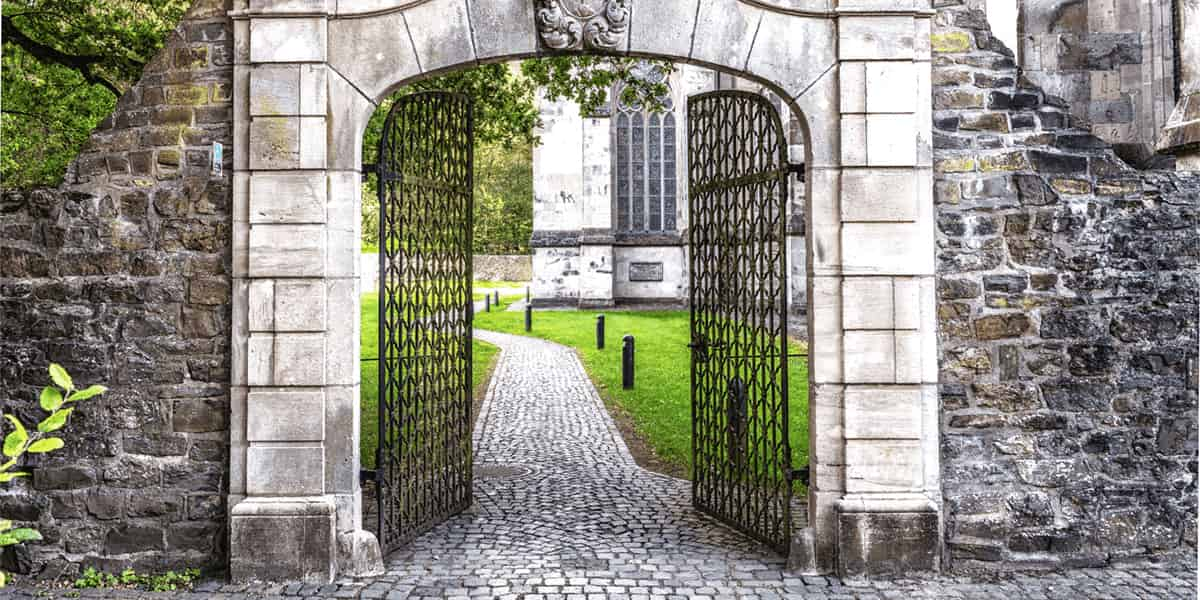
Museum Diversity, Equity, Accessibility & Inclusion Resources and Practices
eBooks
A Survivor’s Guide to Museum Grant Writing
Rachael Cristine Woody
A Survivor’s Guide to Museum Grant Writing takes a pragmatic approach to such topics as seeing each grant application as an opportunity, learning and moving on from inevitable failures, using grant acquisition to provide valuable financial sustenance to the museum without negatively impacting staff, and applying a systematic, common sense methods that builds the necessary skills to survive the grant writing process and thrive within it.
Demystifying Data Preparation for a New CMS
Rachael Cristine Woody
Learn how to prepare museum data for a new CMS.
This book outlines how to prepare museum content (data and assets) for migration to a new museum collections management system through a process of data evaluation, data remediation (cleanup), and data preparation—demystifying what can be an intimidating process and leading to the other side, where your data awaits you in a shiny new CMS.
Grants Workbook & Templates
Lucidea Press
Grant funding is increasingly important to the future of heritage institutions. We know how challenging it can be to apply for grant funding, especially when time and expertise are hard to come by. This workbook provides an introduction to grant application elements, an overview of information to prepare for each application section, and four sample project templates.
How to Select, Buy, and Use a Museum CMS
Rachael Cristine Woody
How to Select, Buy, and Use a Museum CMS explains how to search for, select, buy, implement, and maximize the value of a museum collections management system. In order to deliver the best return on investment in a collections management system, staff need to know:
How to begin the search for the right CMS; how to navigate the procurement process; how to prepare for what migration will entail; what workflows, standards, and tools they should be aware of, and how to use a CMS to its maximum potential.
Museum Digital Projects and You. Where to Begin?
Rachael Cristine Woody
Digital projects are critically important to a museum’s mission of caring for and providing access to its collections. With that in mind, Museum Digital Projects and You. Where to Begin? covers the components of a successful museum digital project, how to create and manage a successful digital project, how to choose the right tools for museum digital projects, evaluating the museum DAMS vs CMS, how much museum digital projects cost, and creating a museum digital project workflow that works.
Prepare for Takeoff: Getting Your Museum Digital Project Off The Ground
Margot Note
Learn the secrets of successful museum digital projects
Museum digital projects require personnel who are subject-matter experts, technologists, and project managers. Once you have knowledge, skills, and abilities accounted for, it is time to learn the strategies necessary to create and execute your project. Prepare for Takeoff: Getting Your Museum Digital Project Off The Ground will guide you through all aspects of the initiative and help set you up for success.
